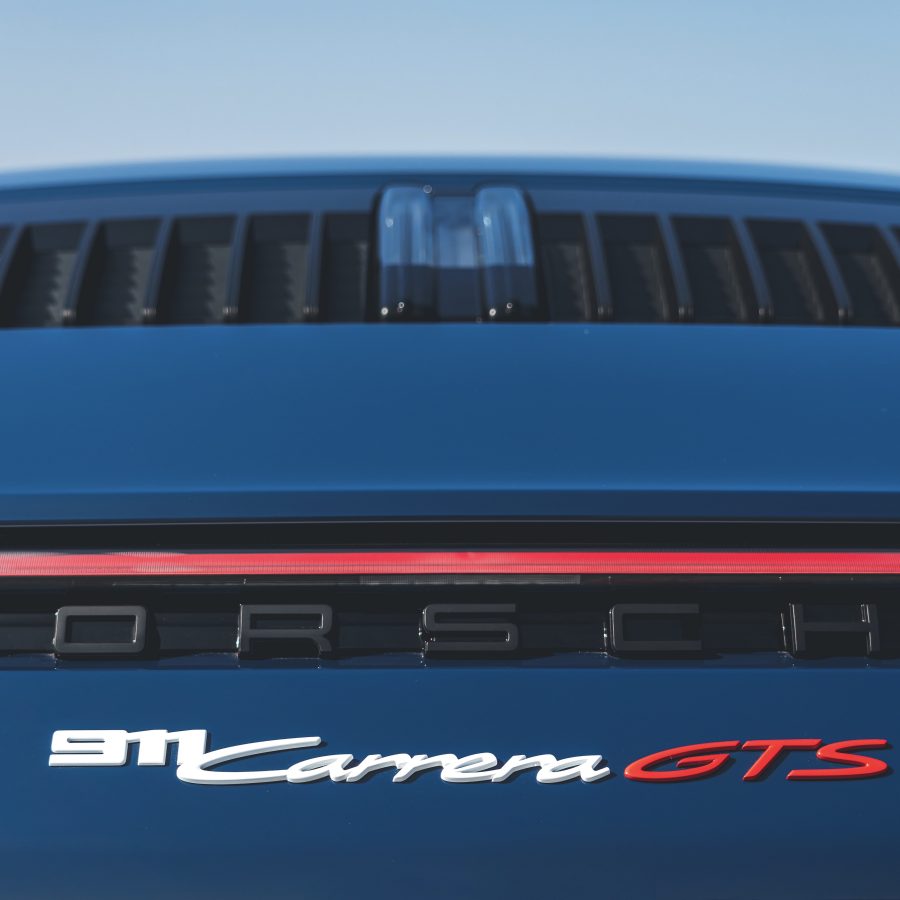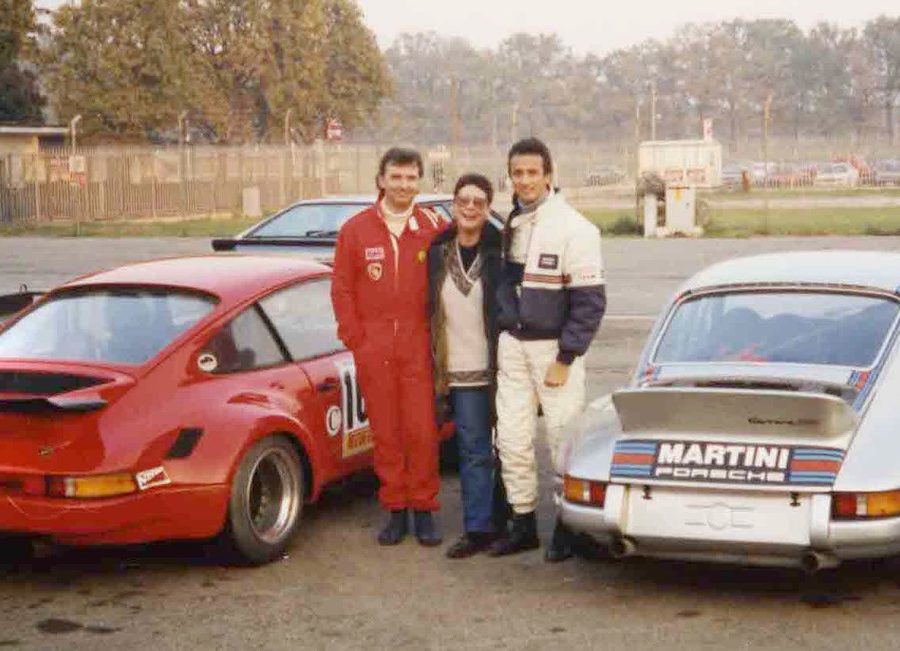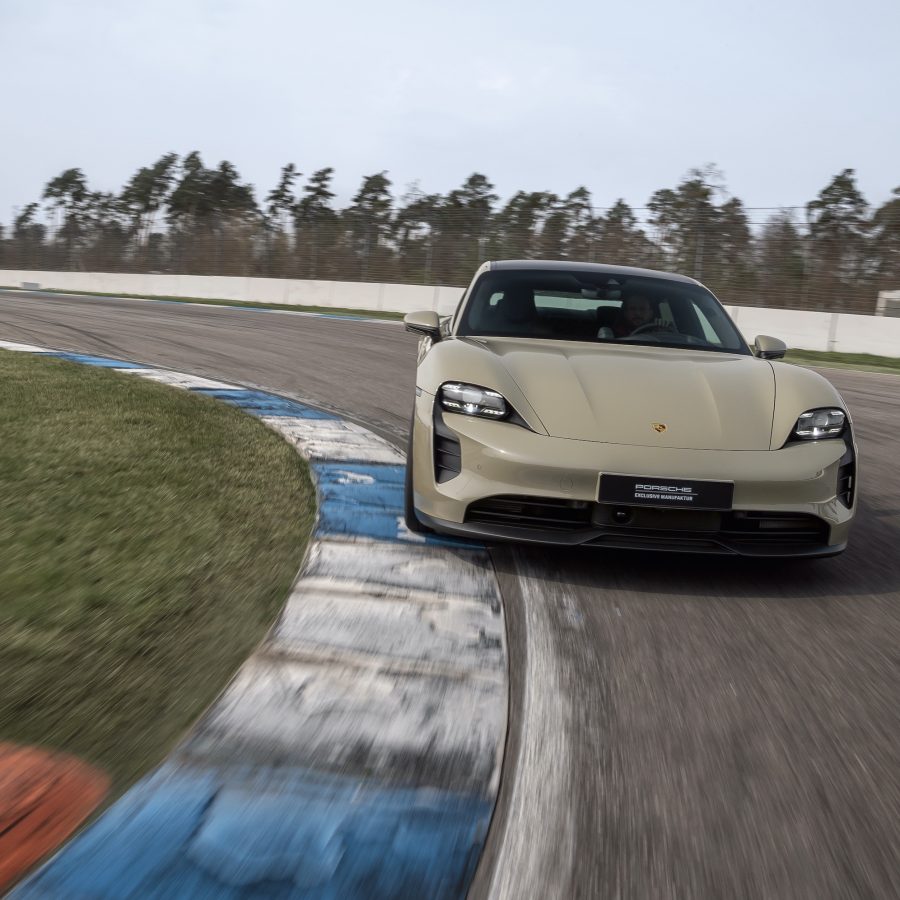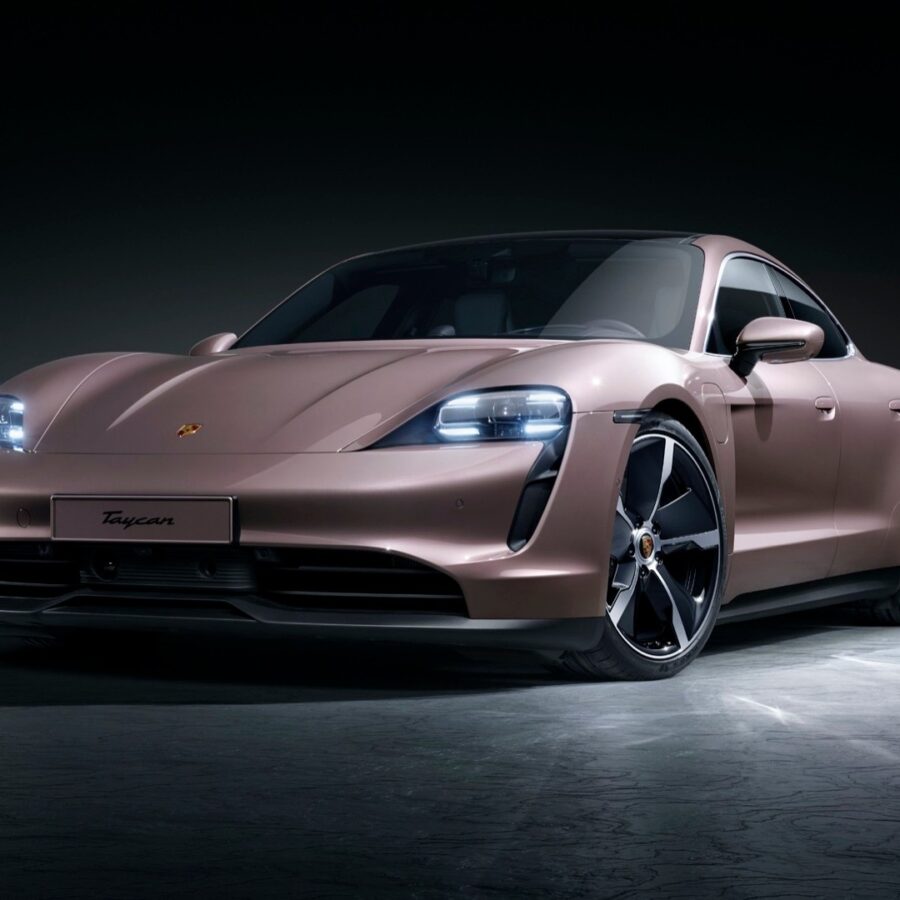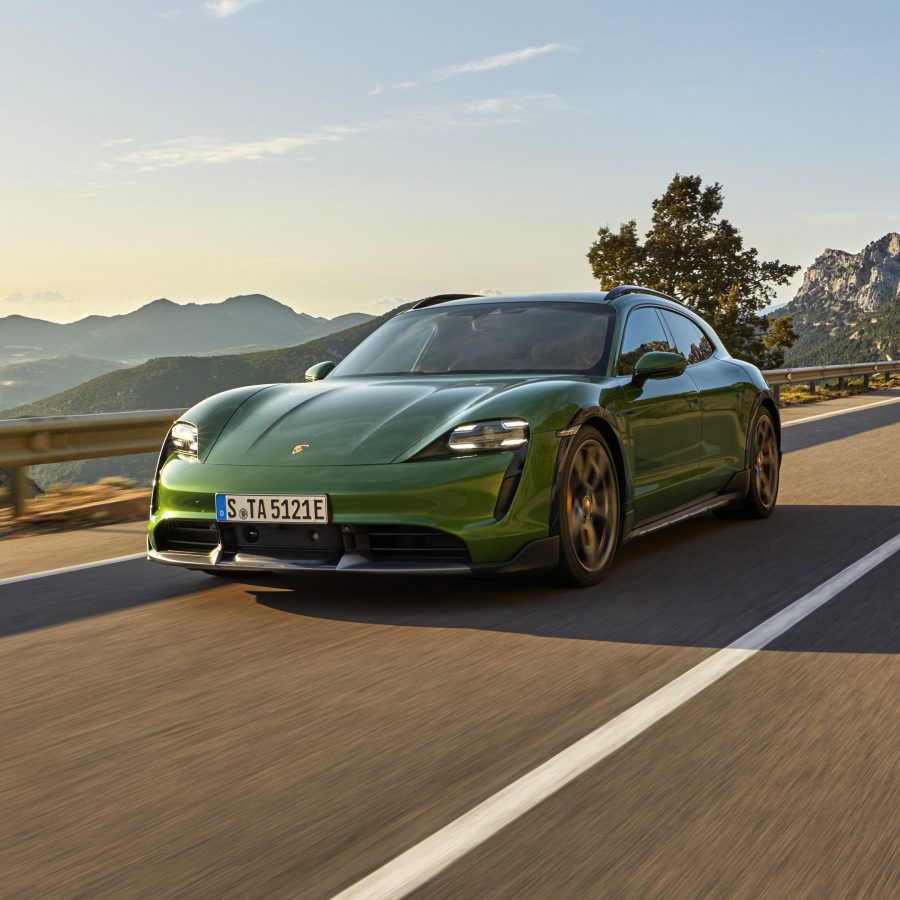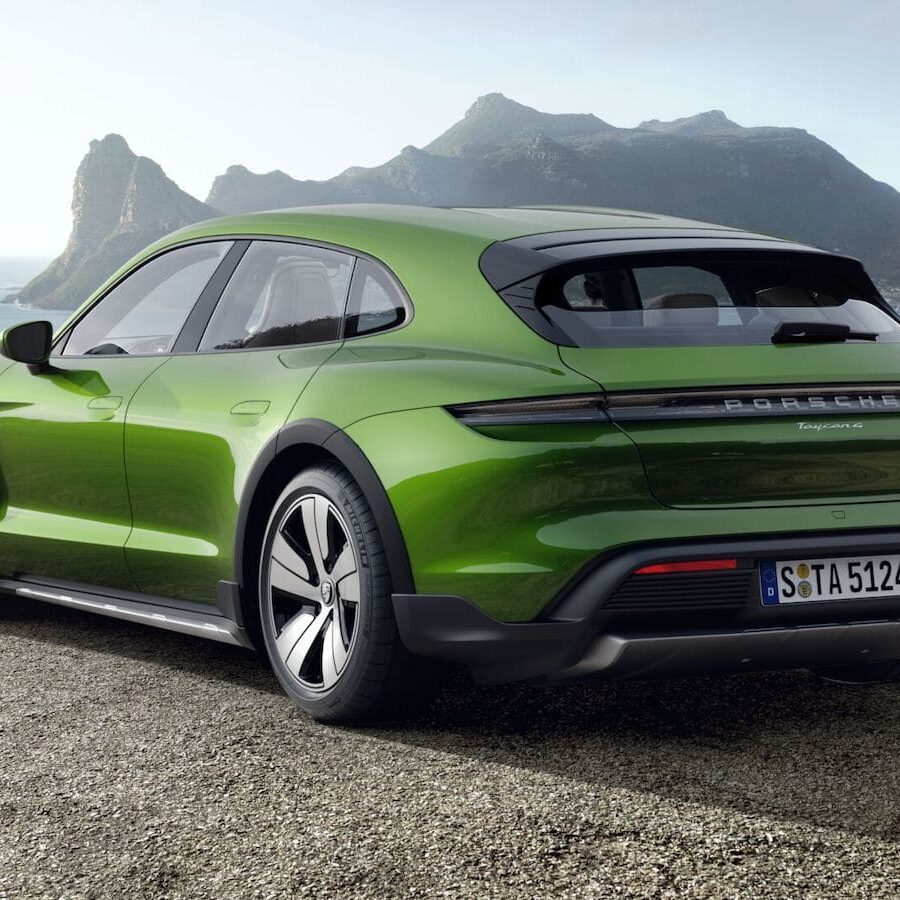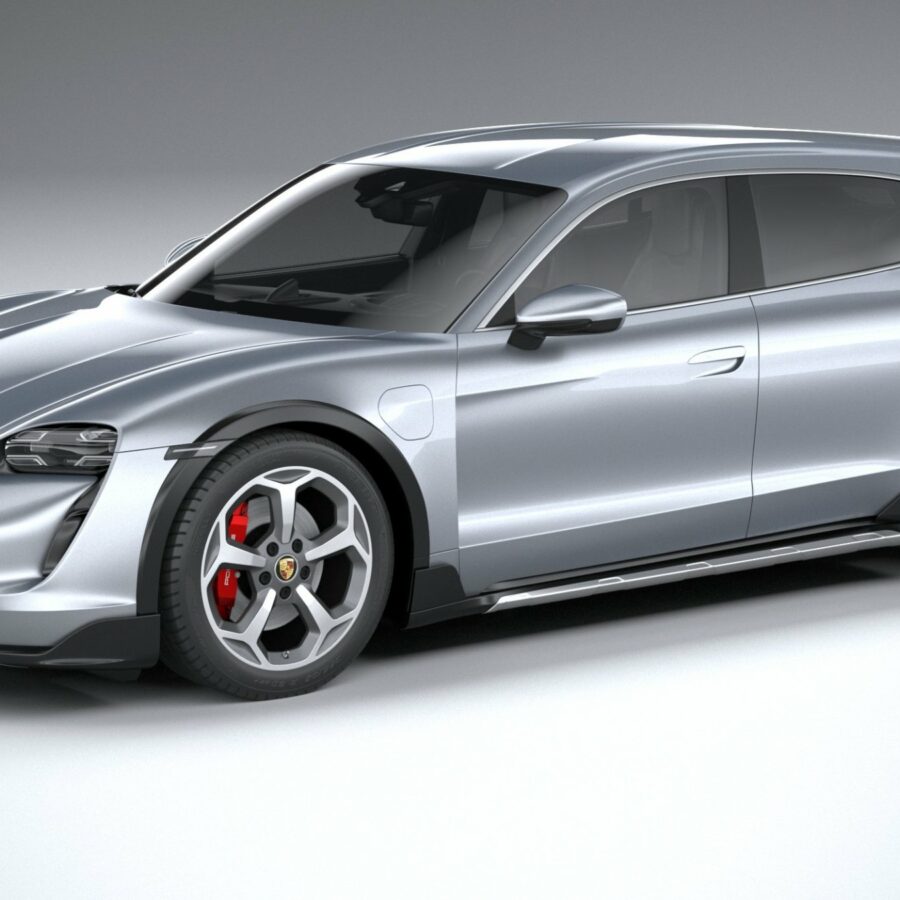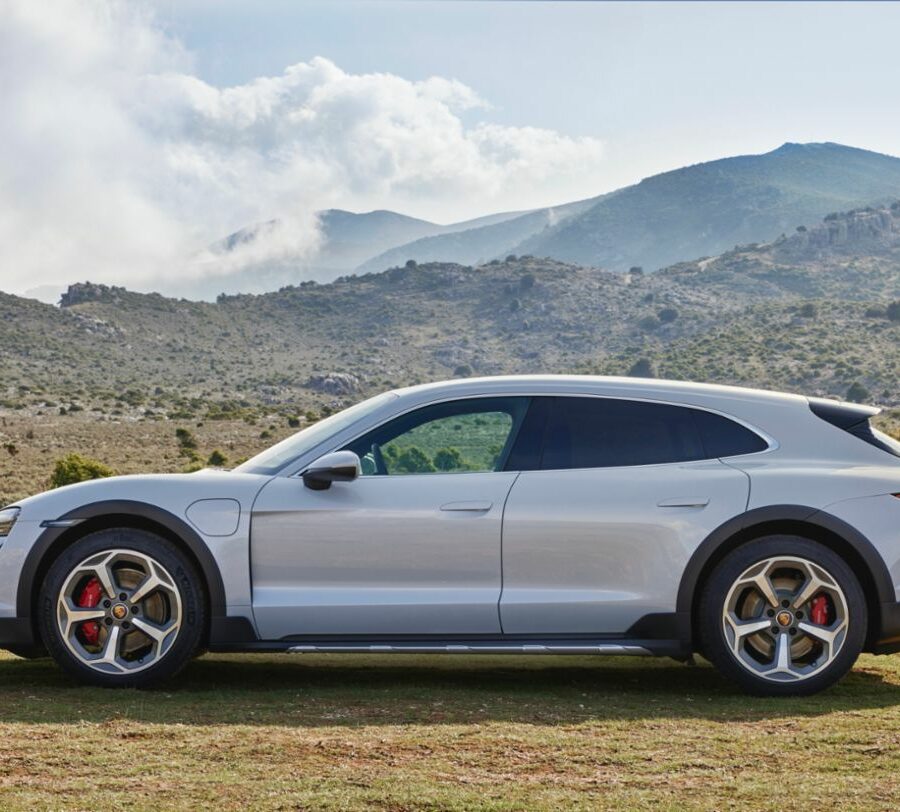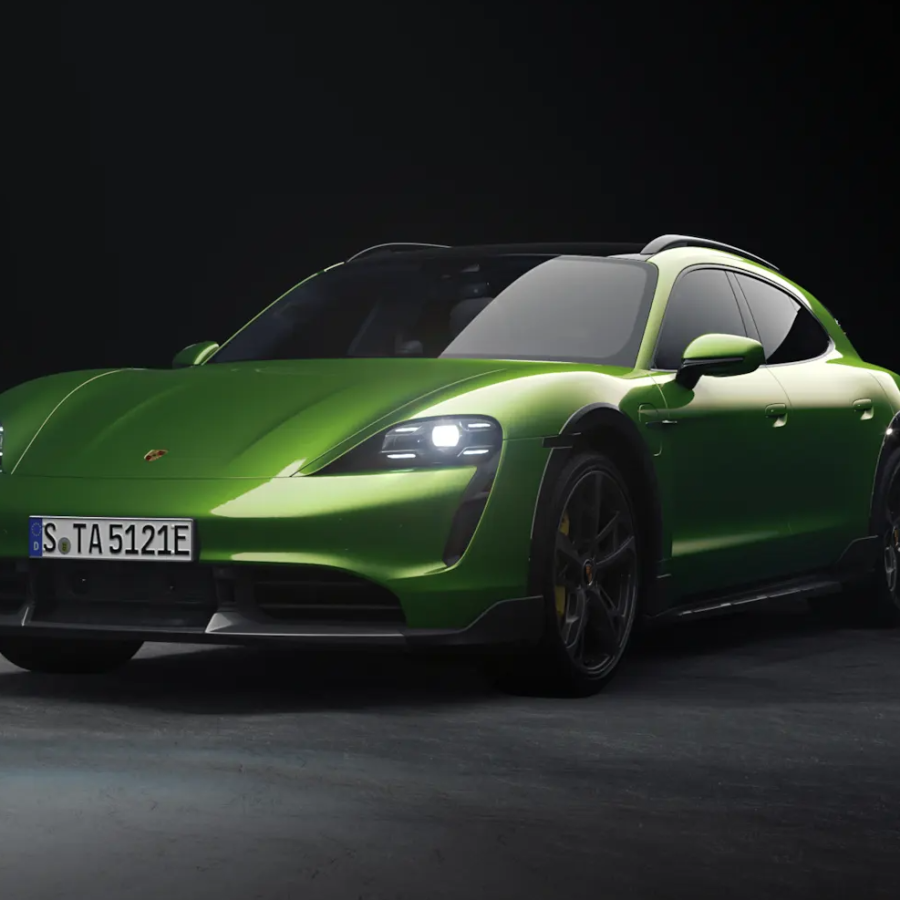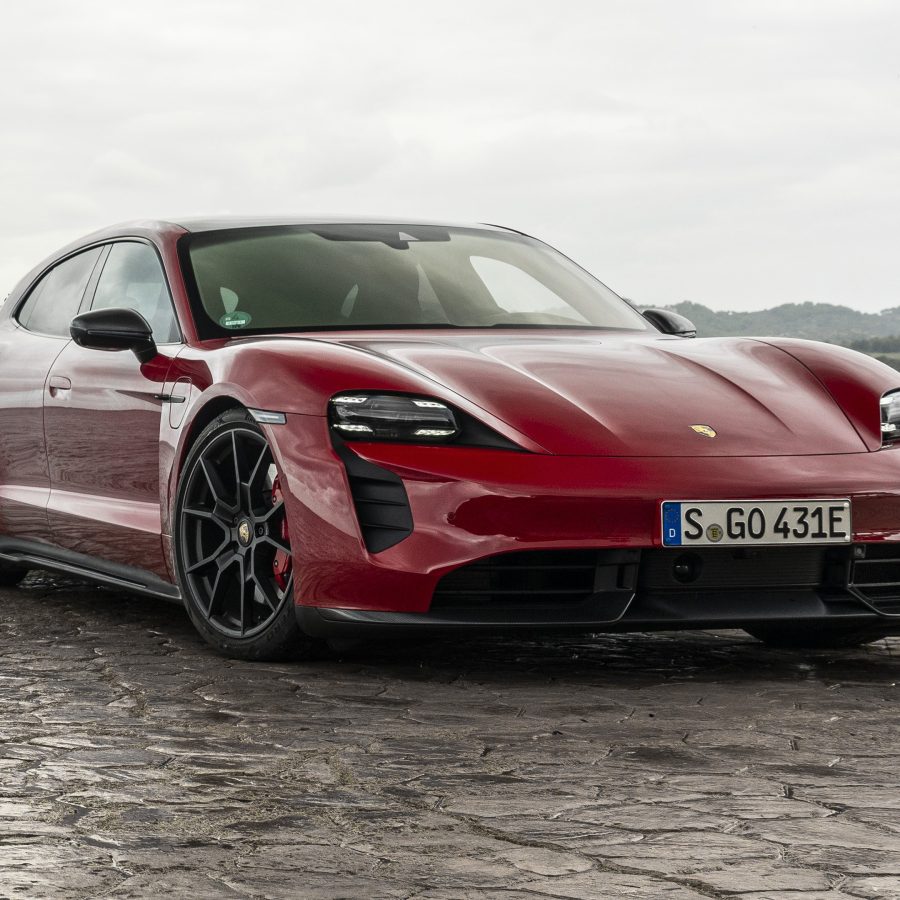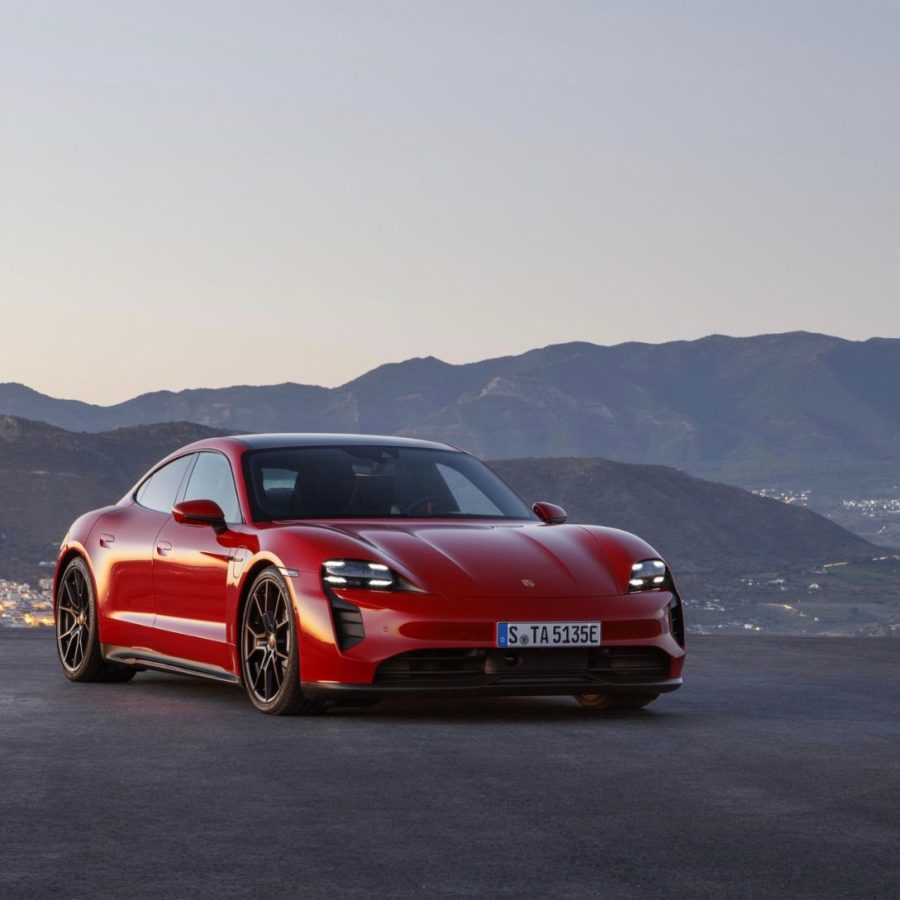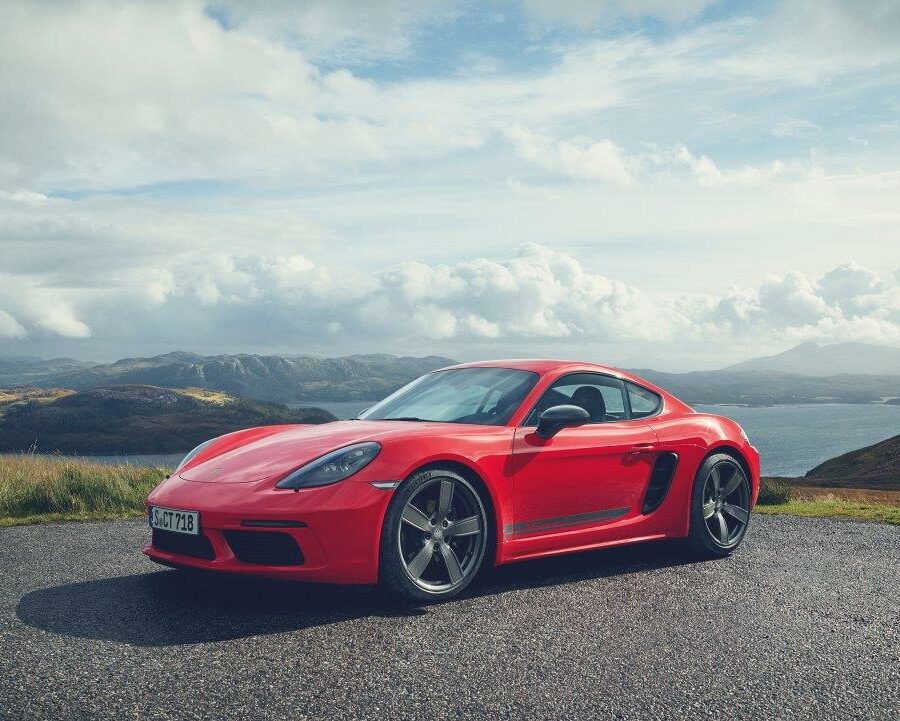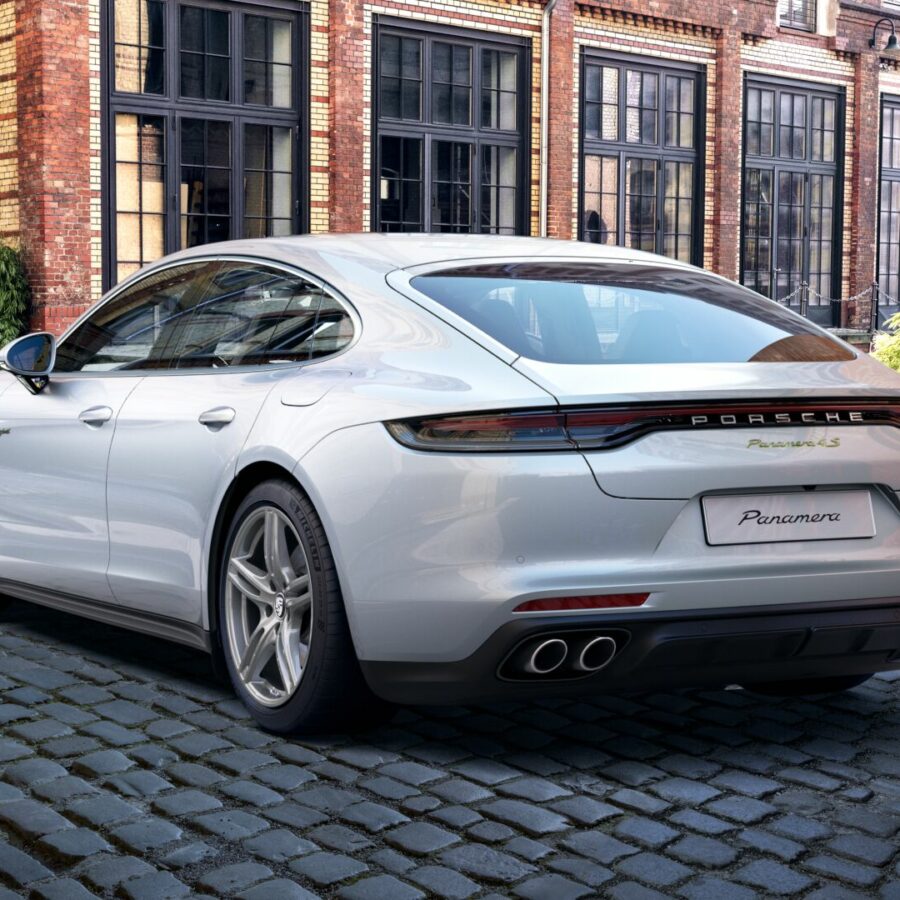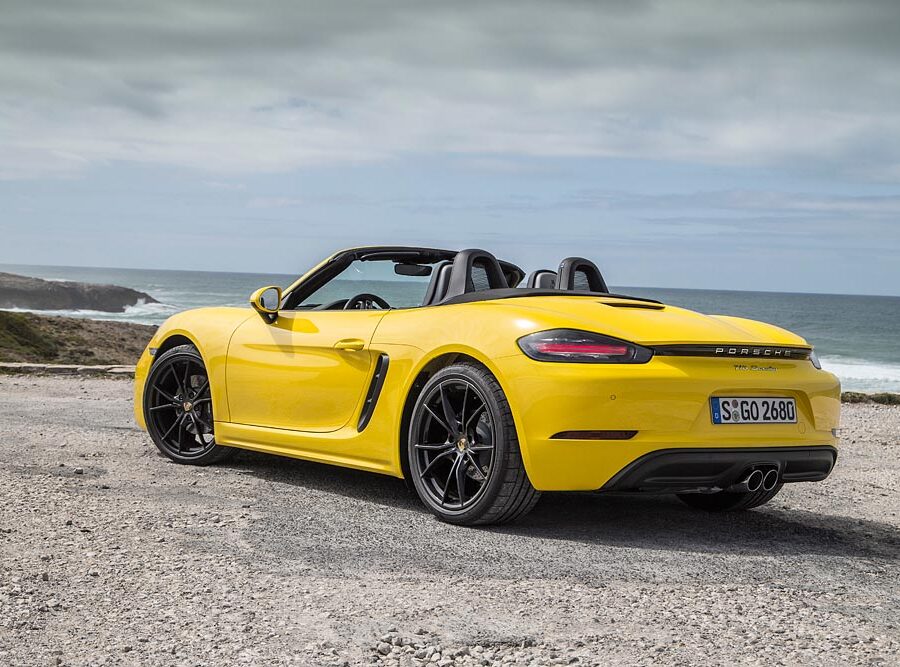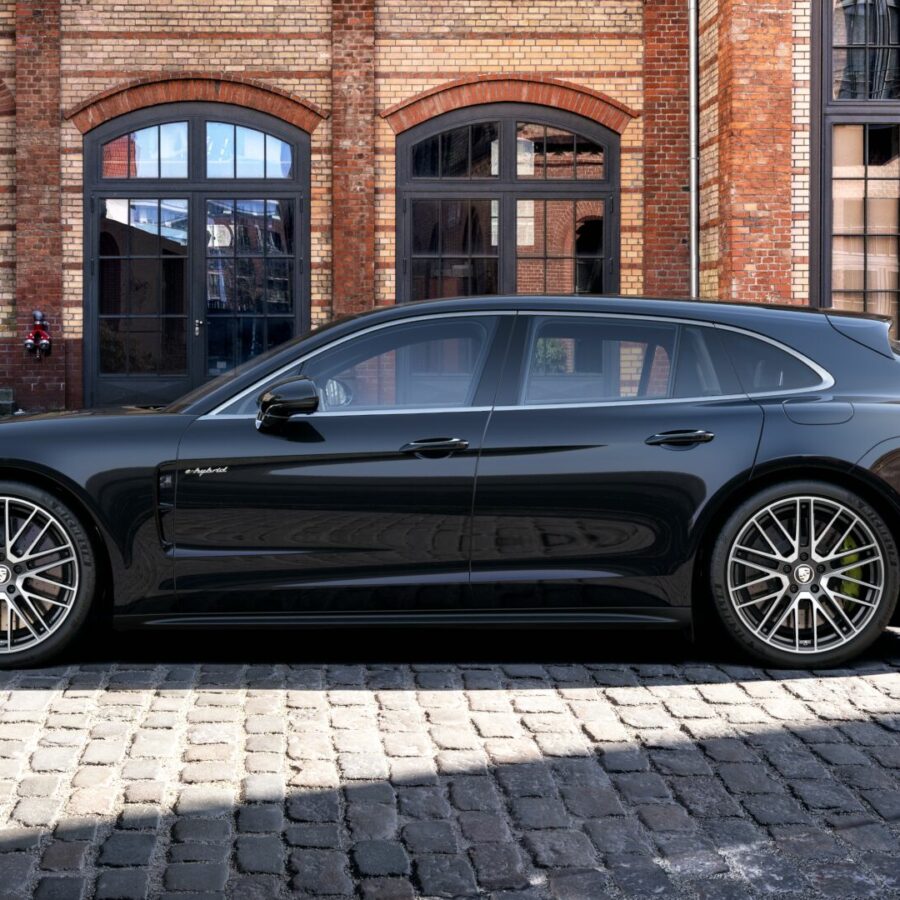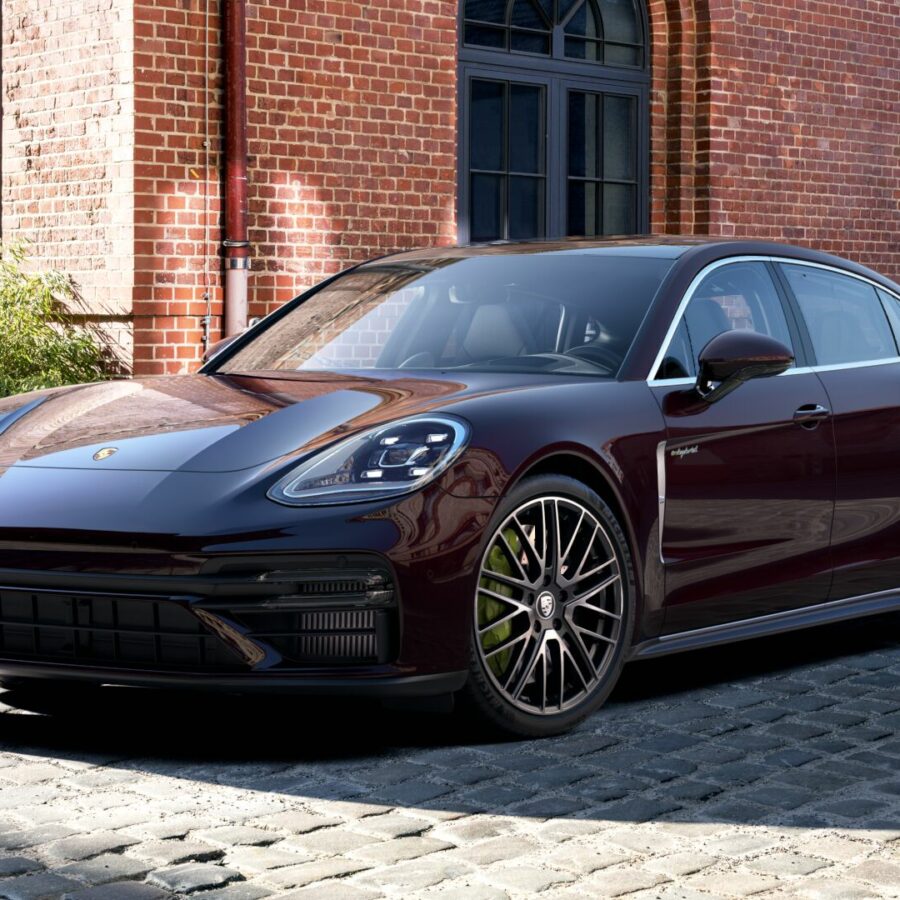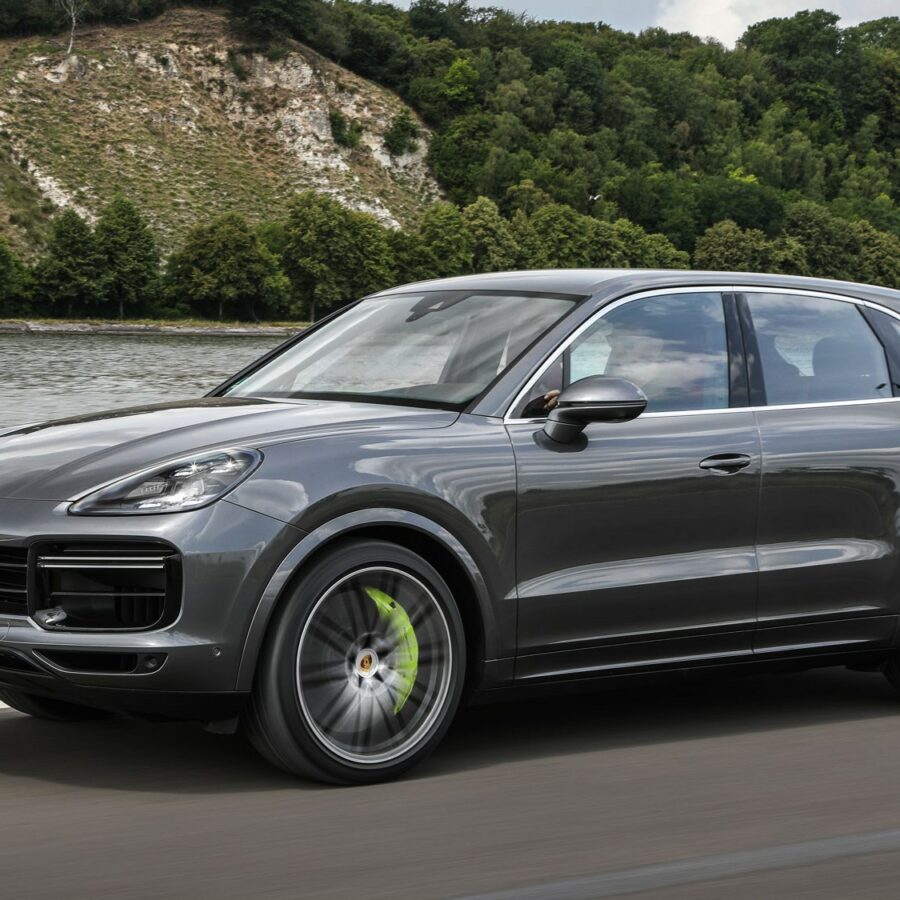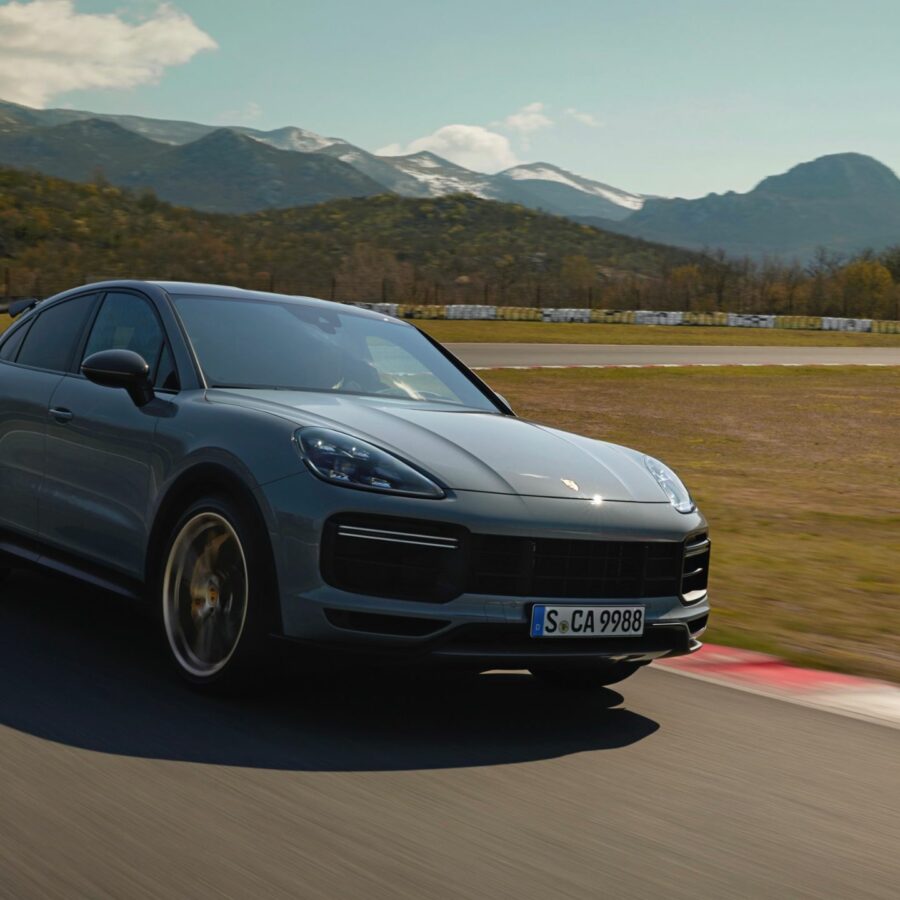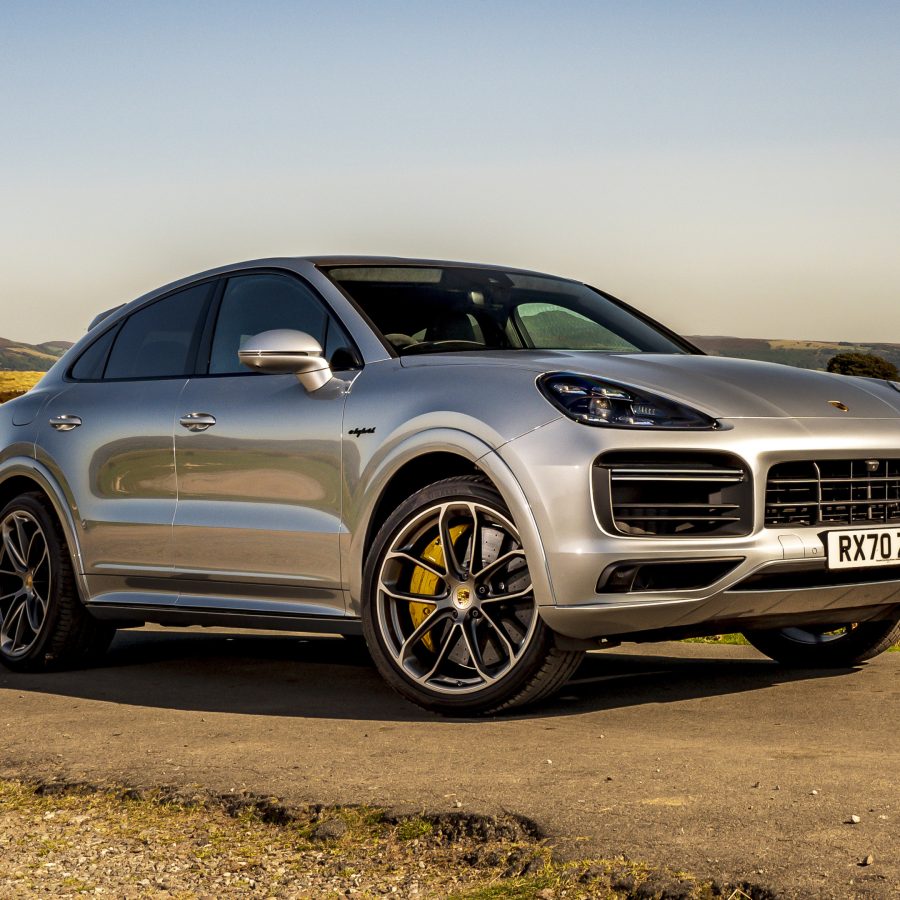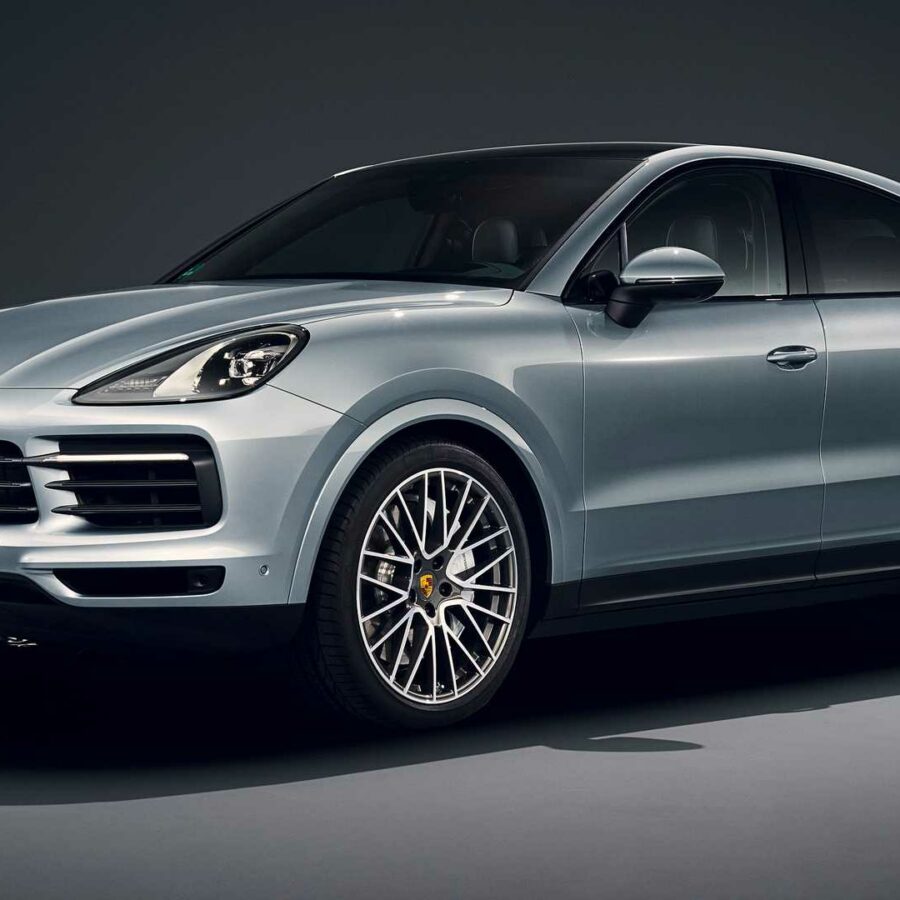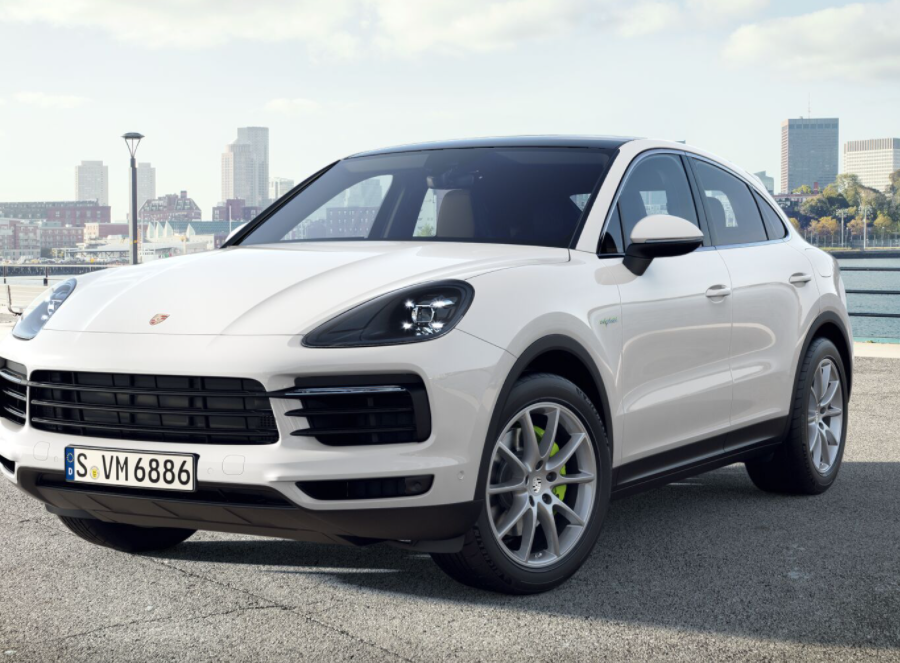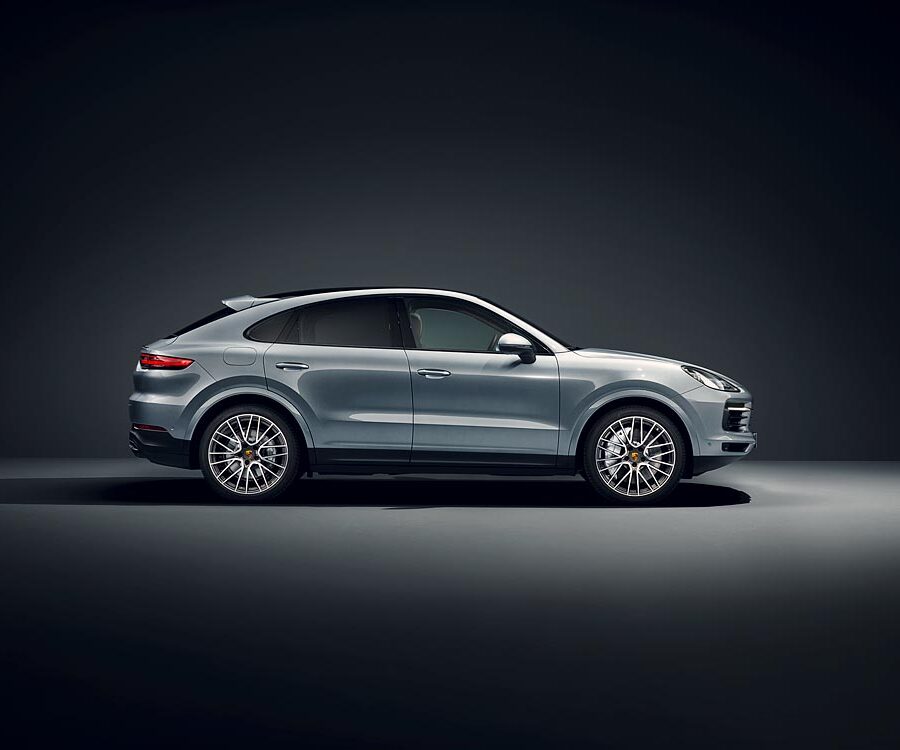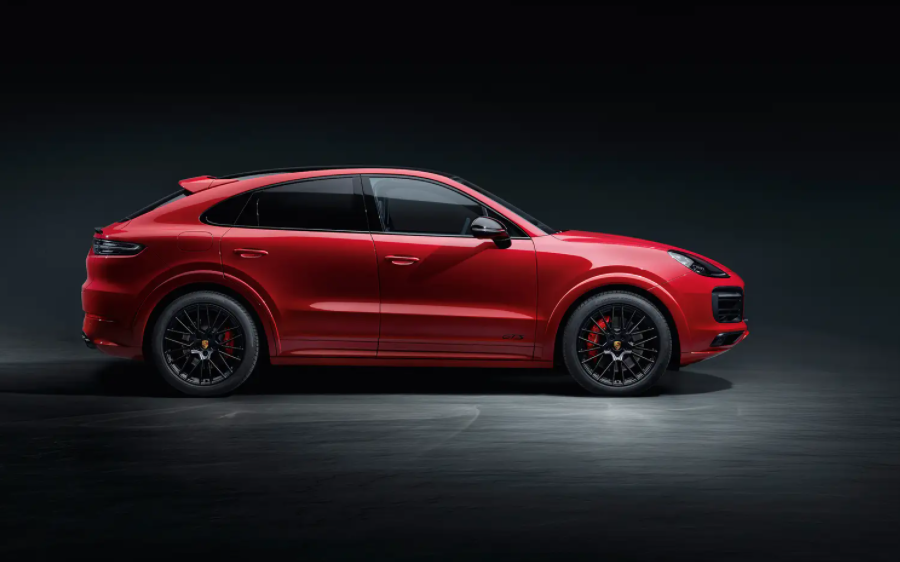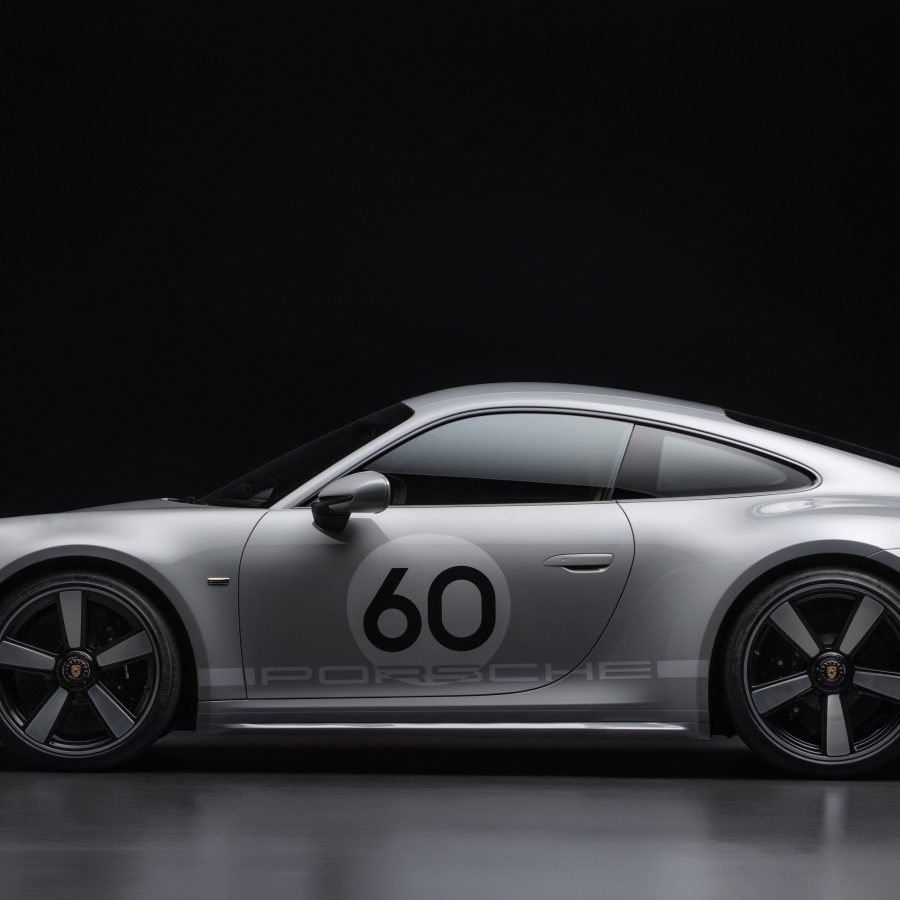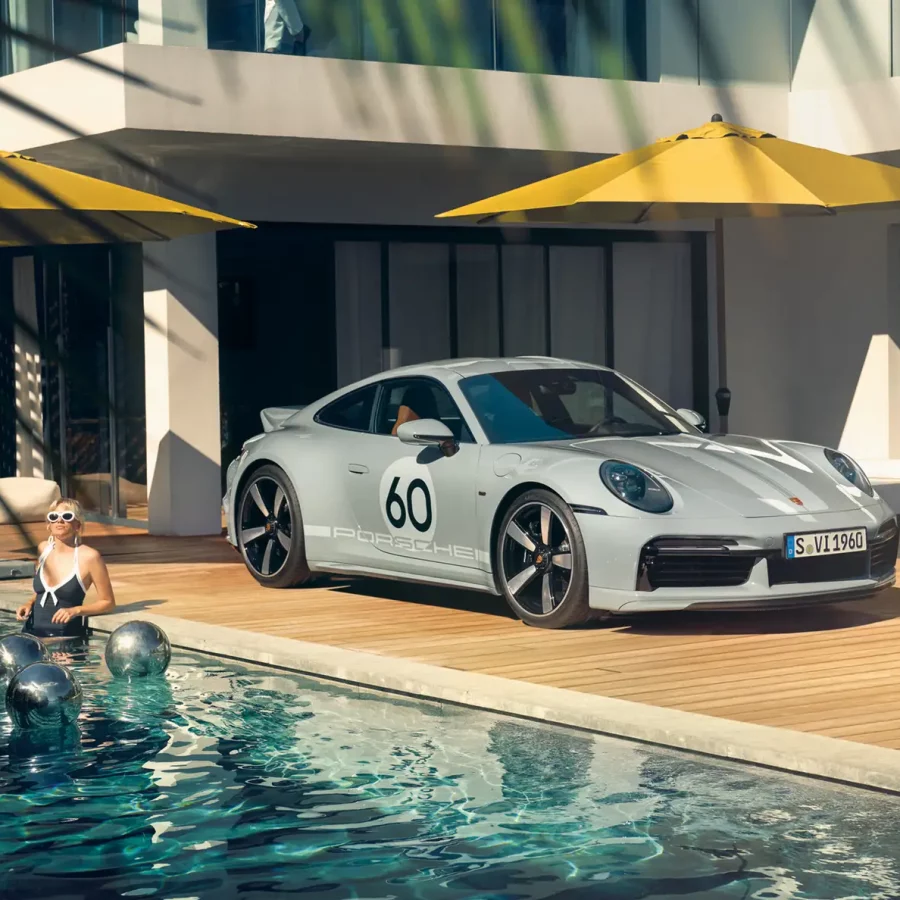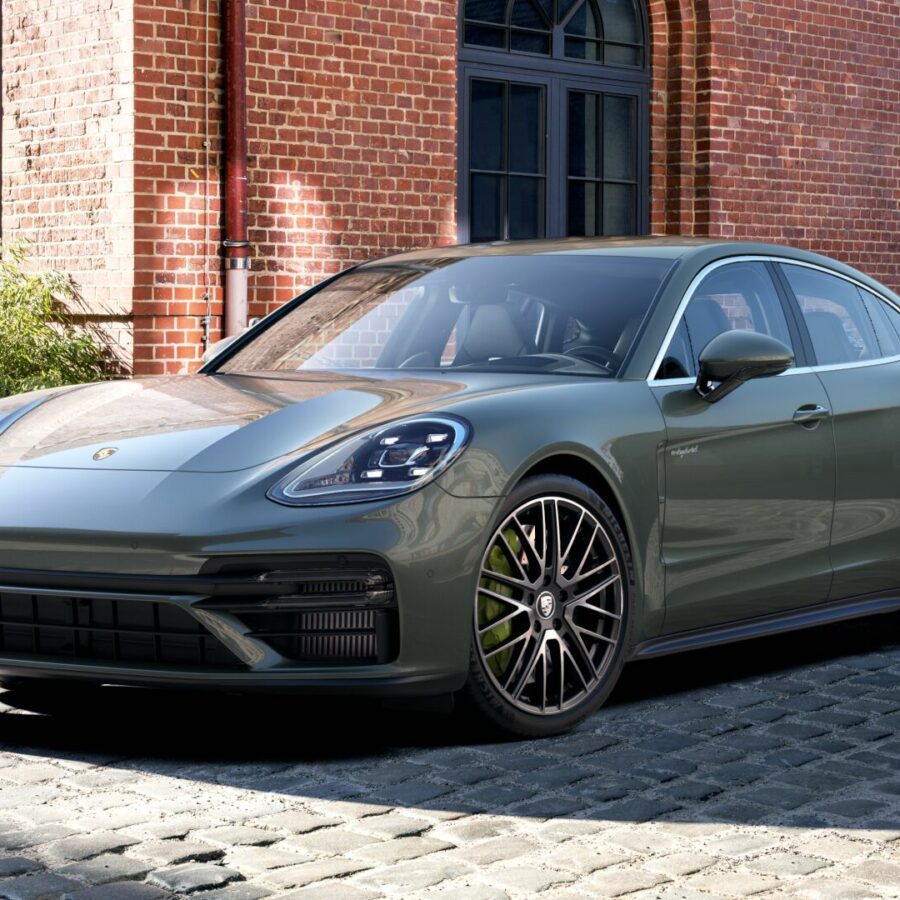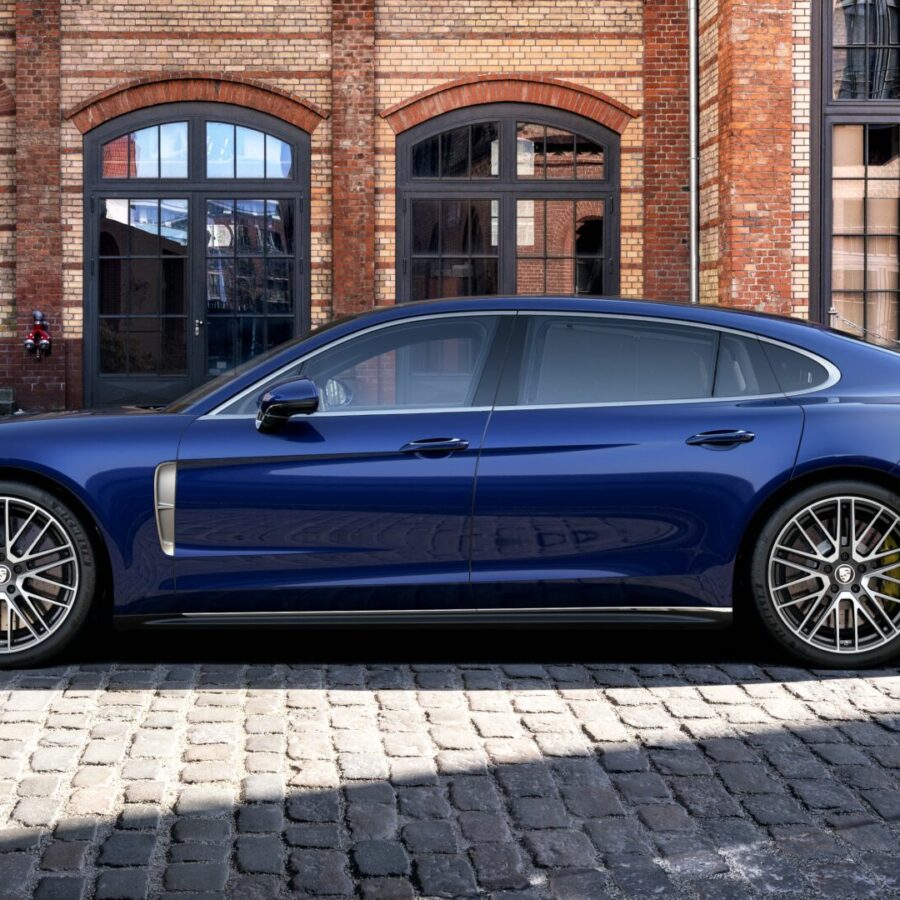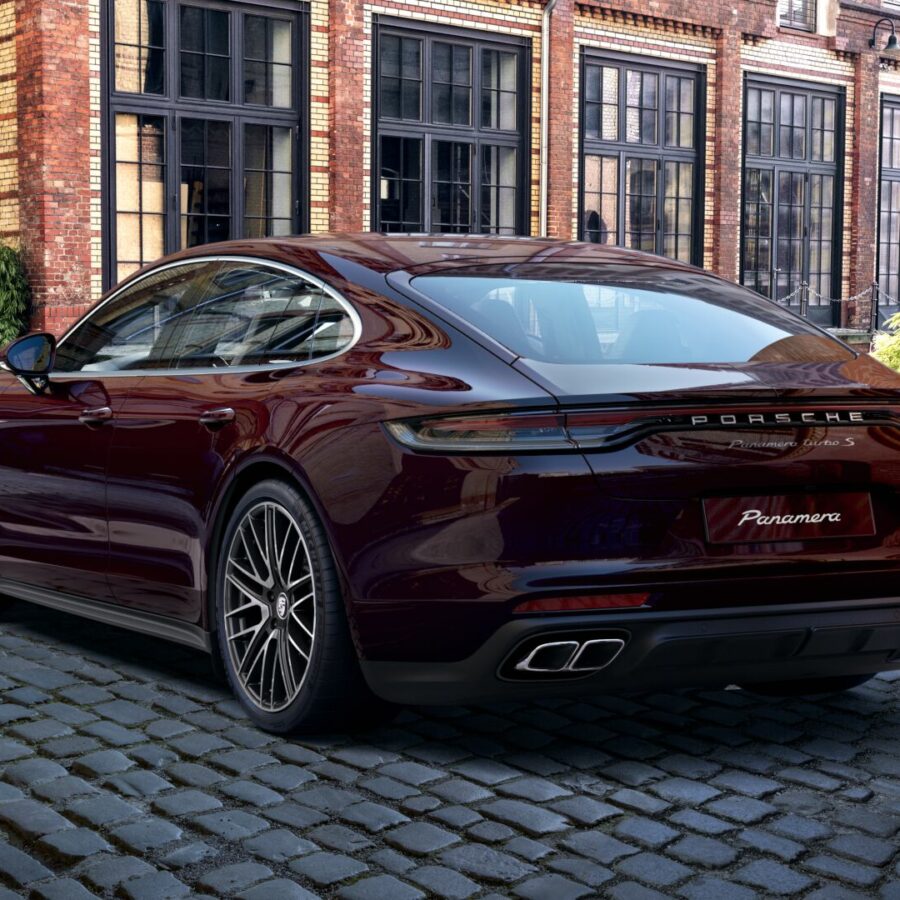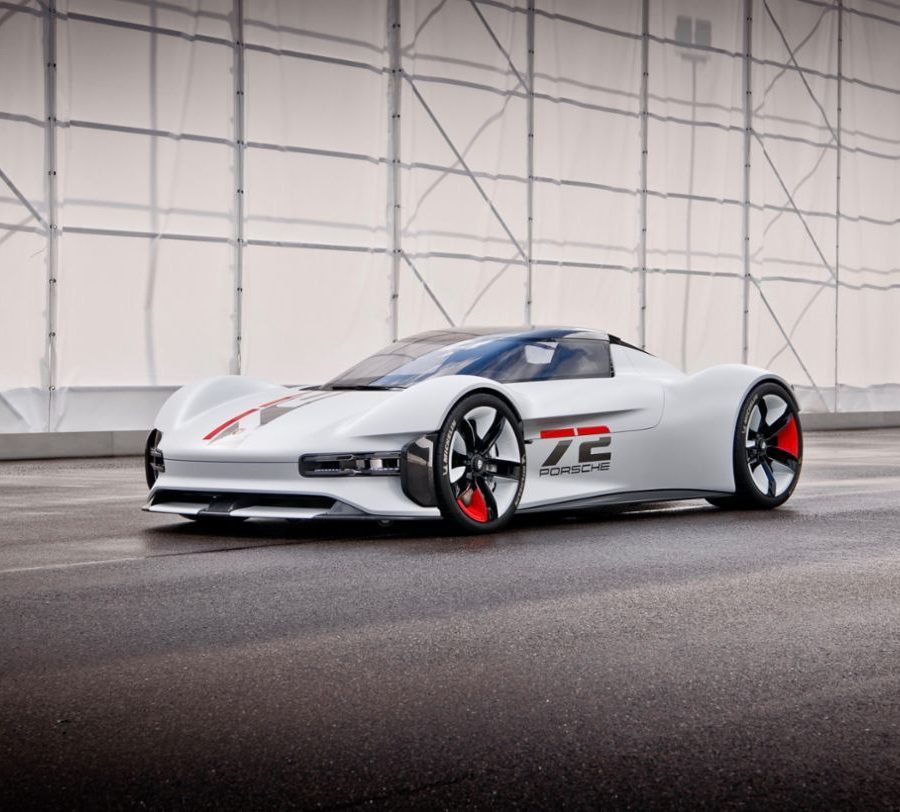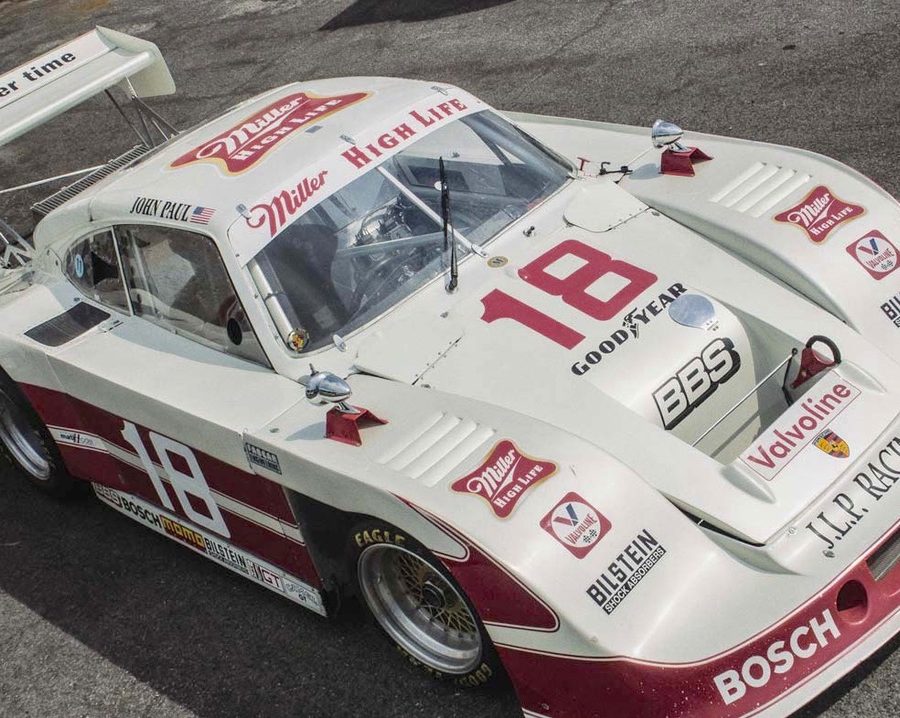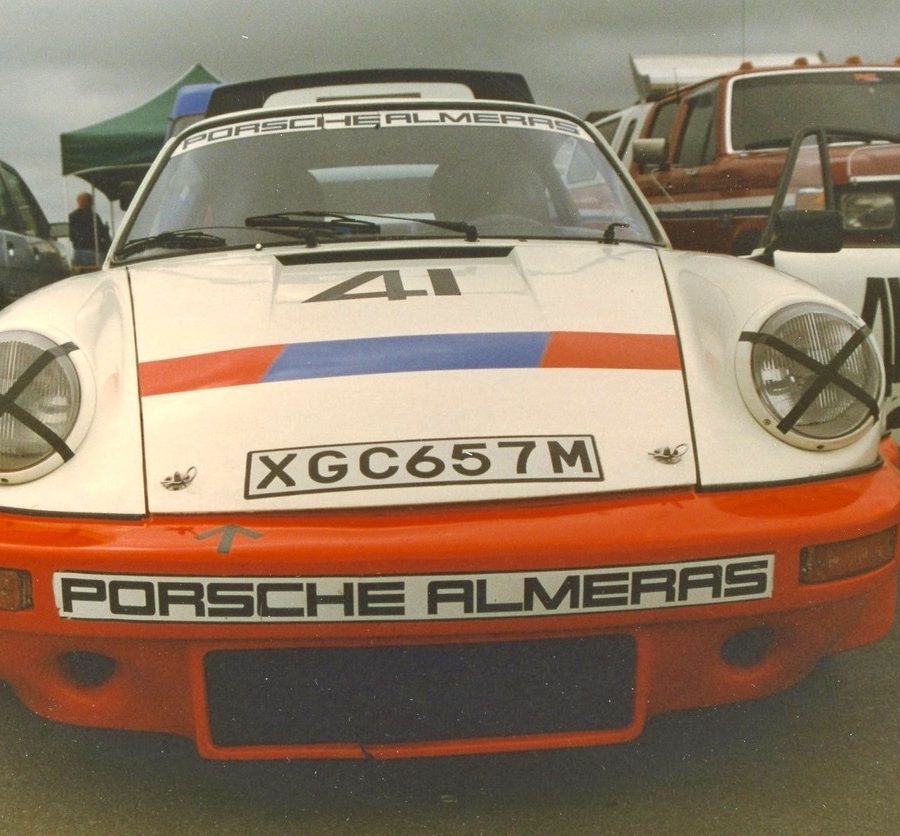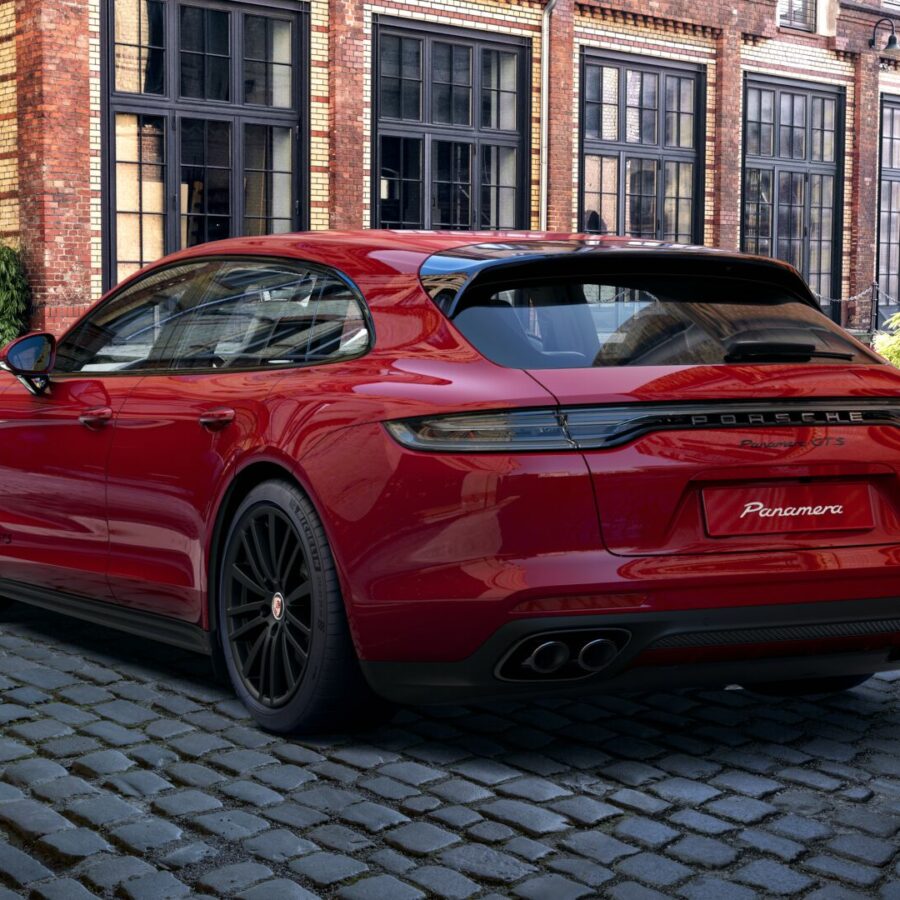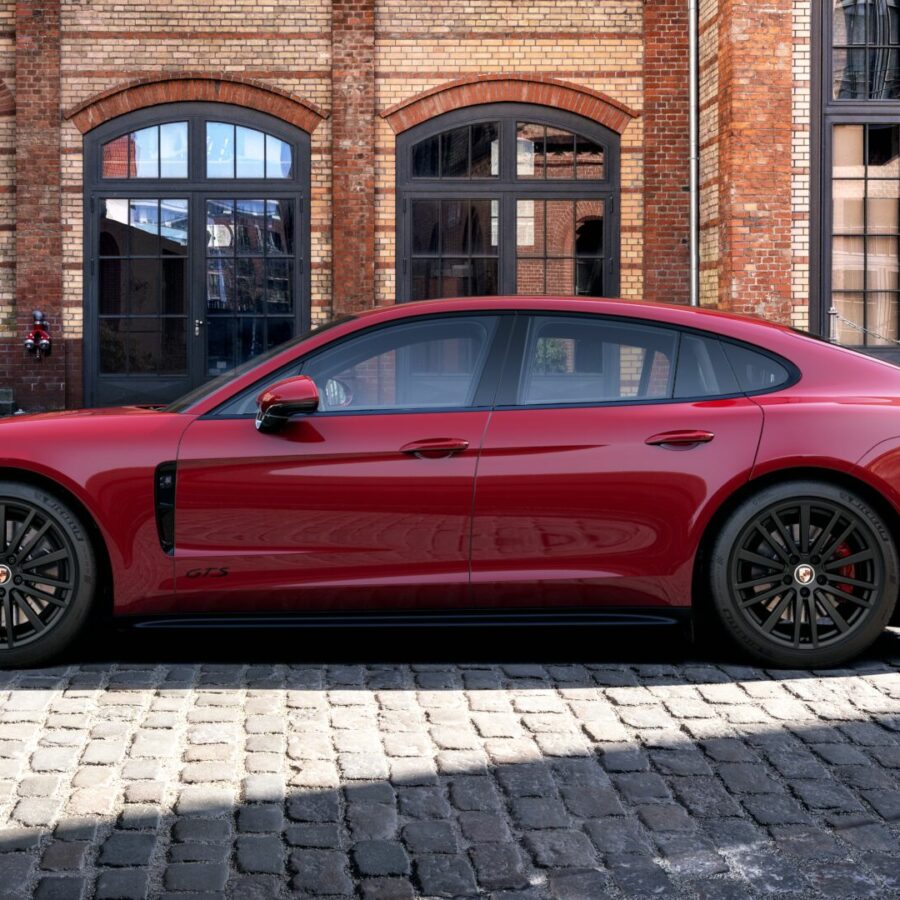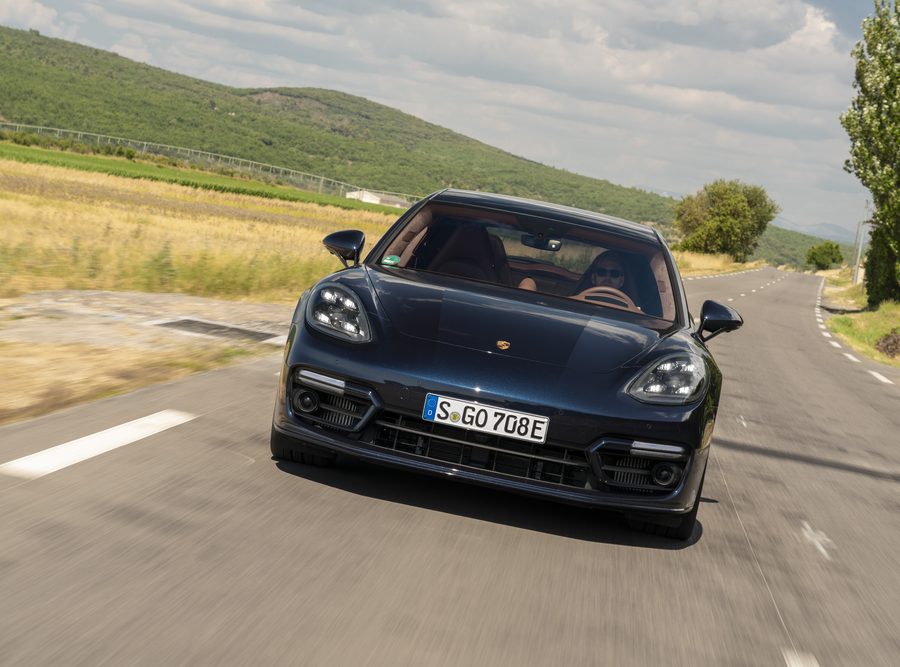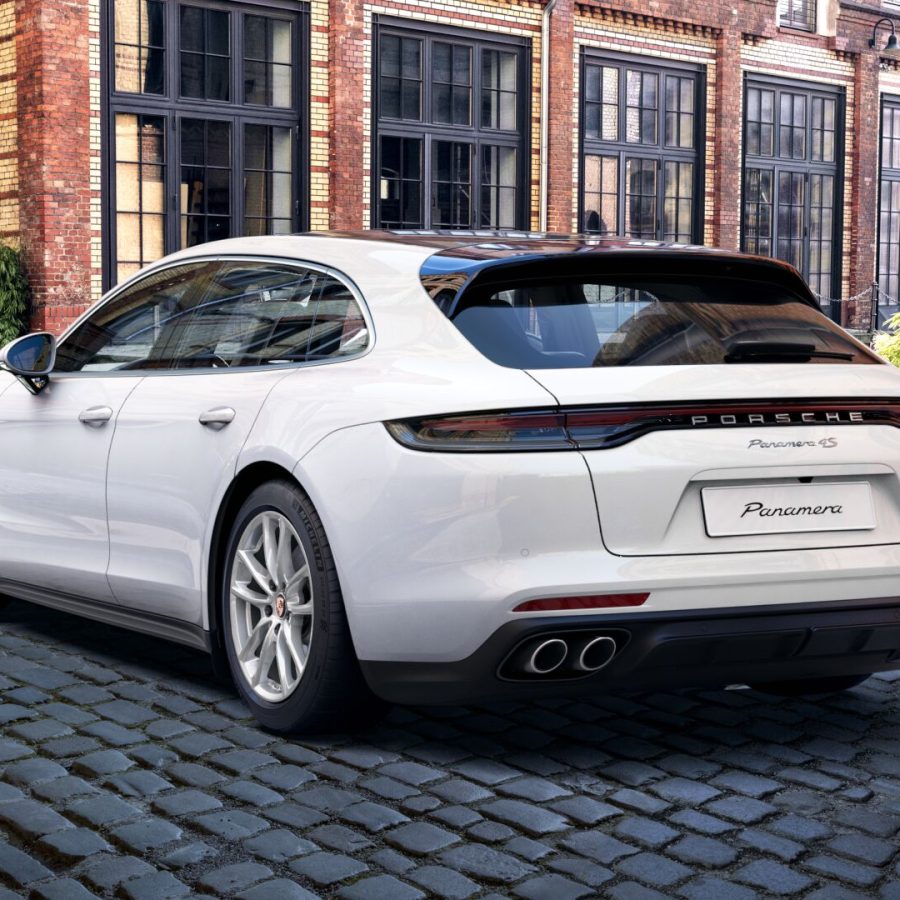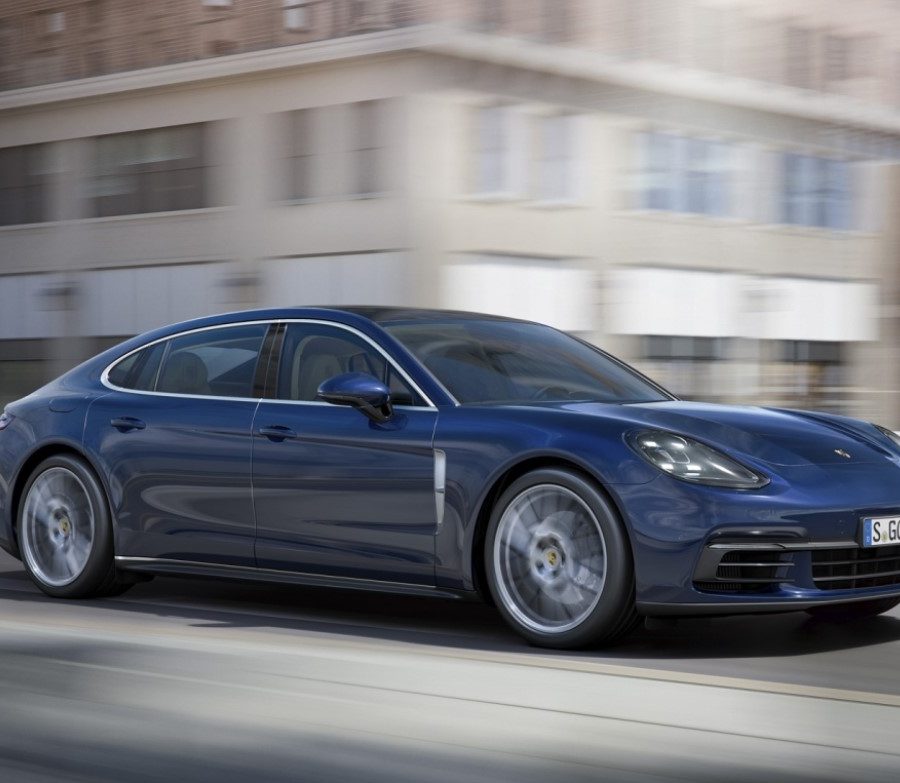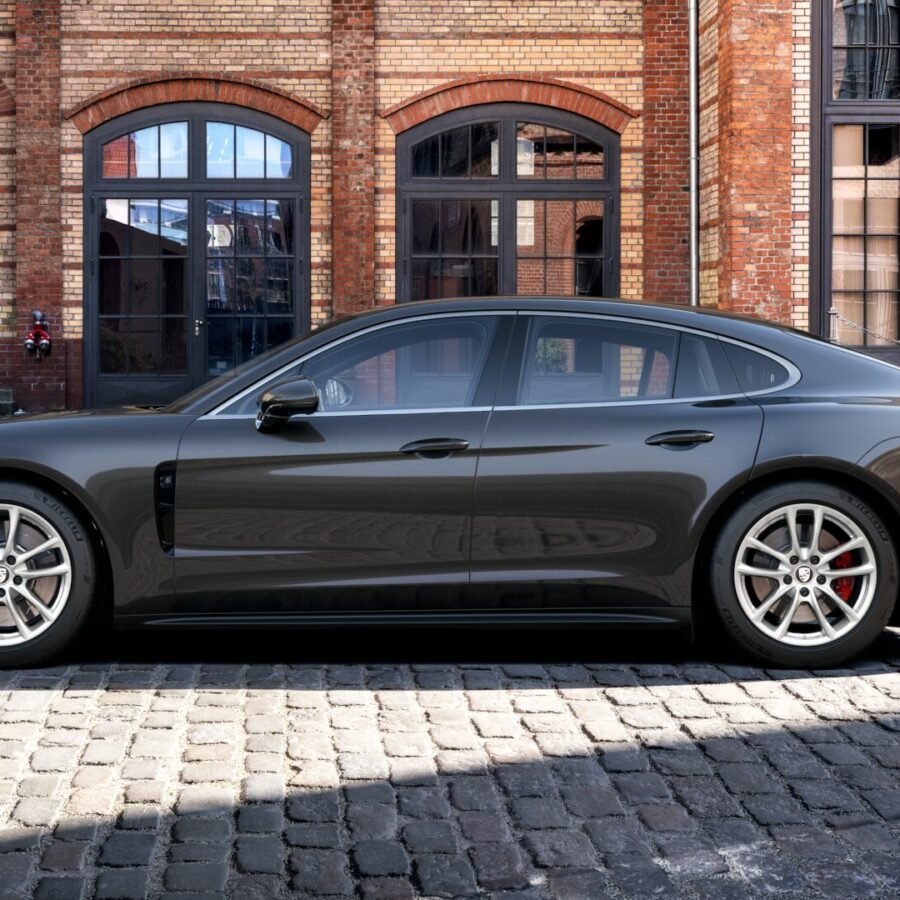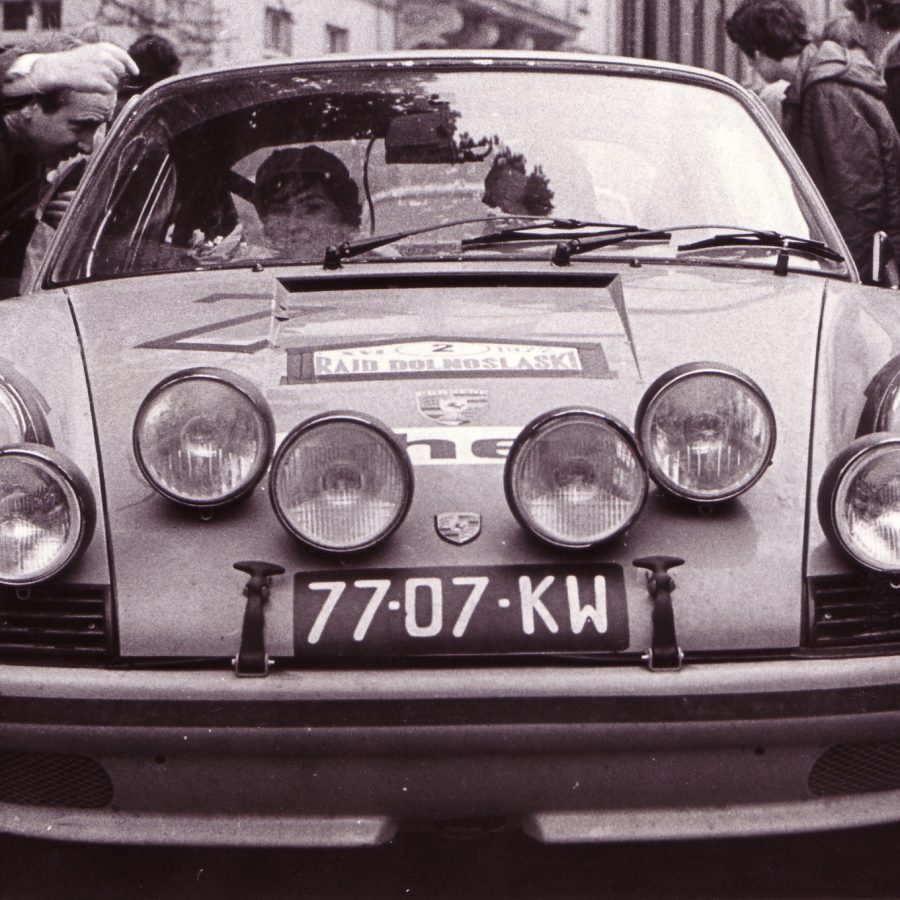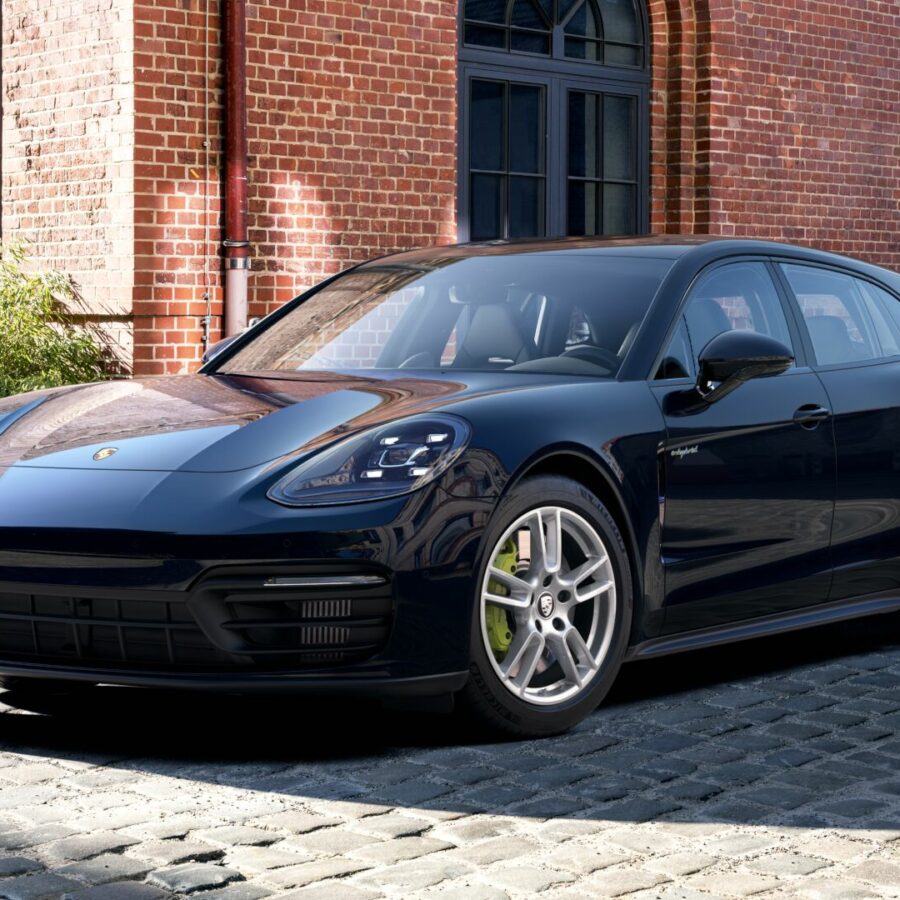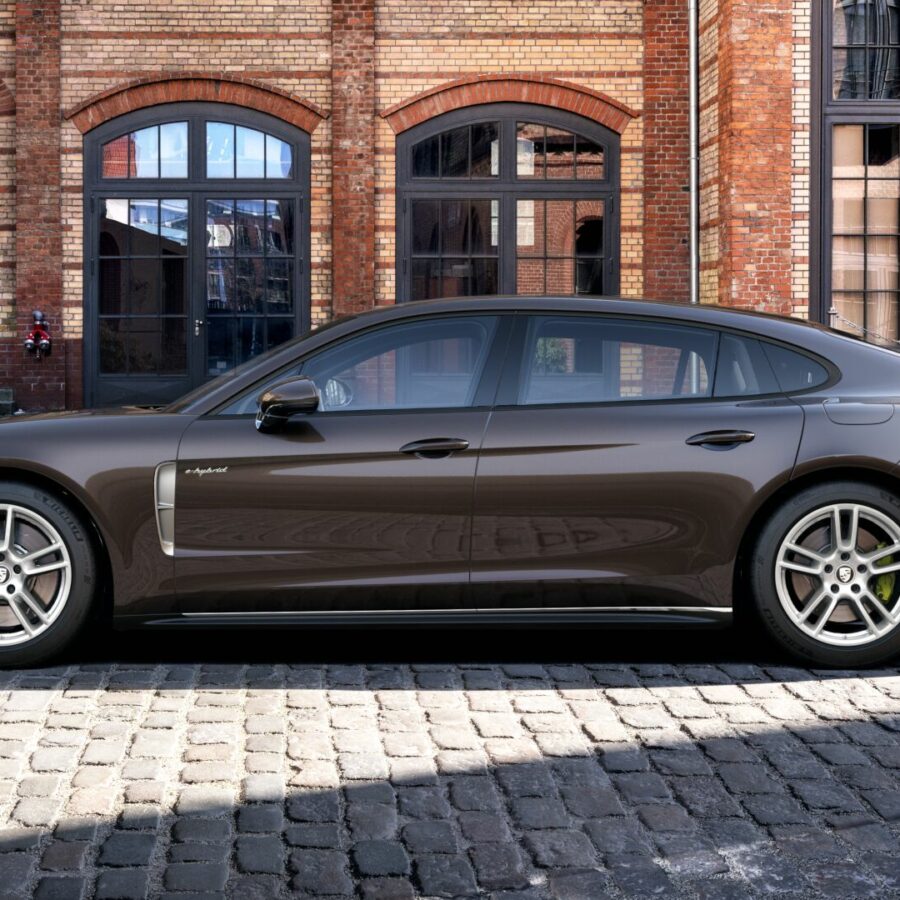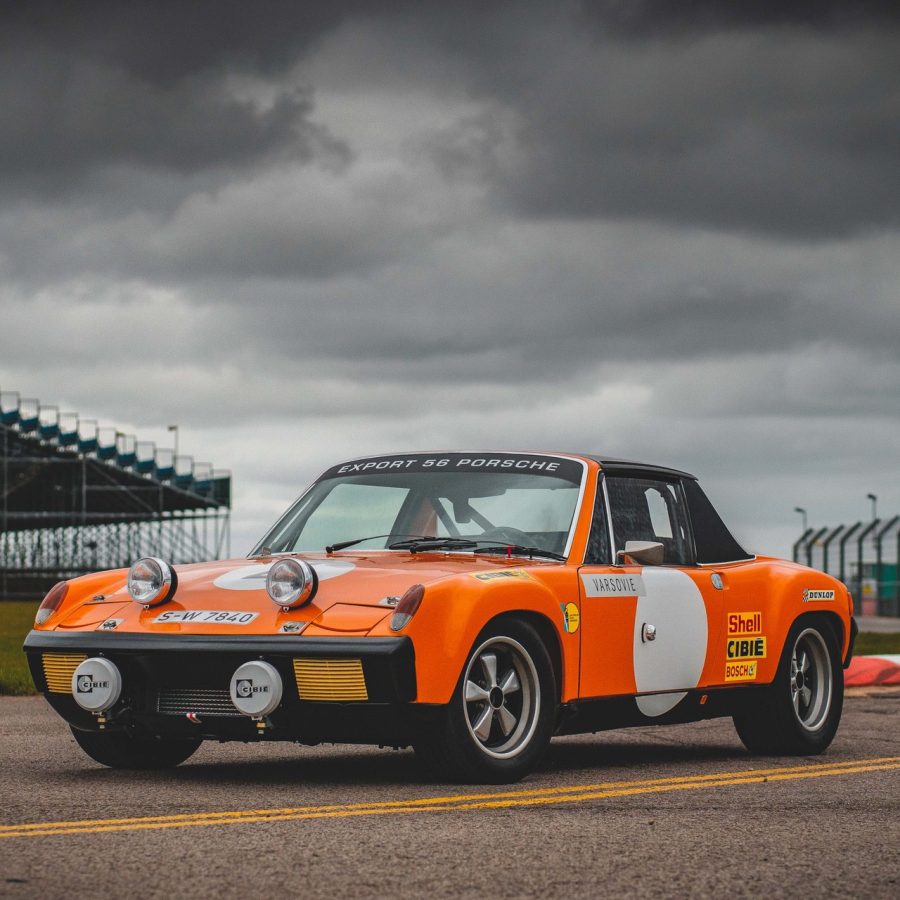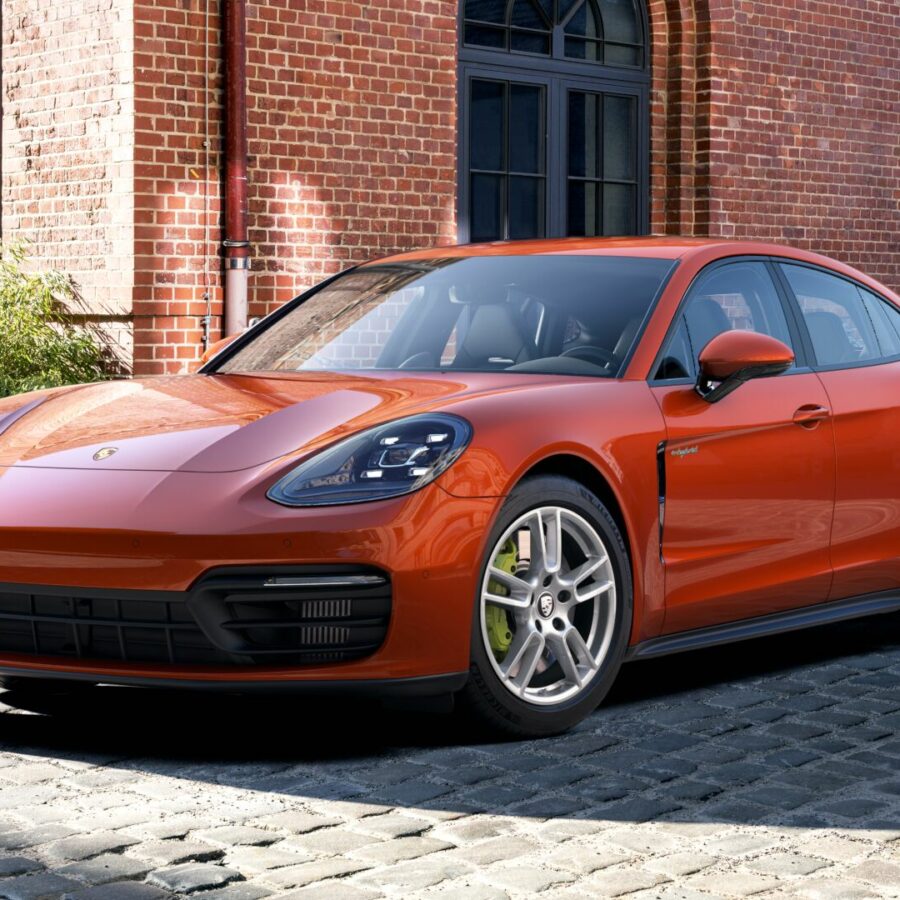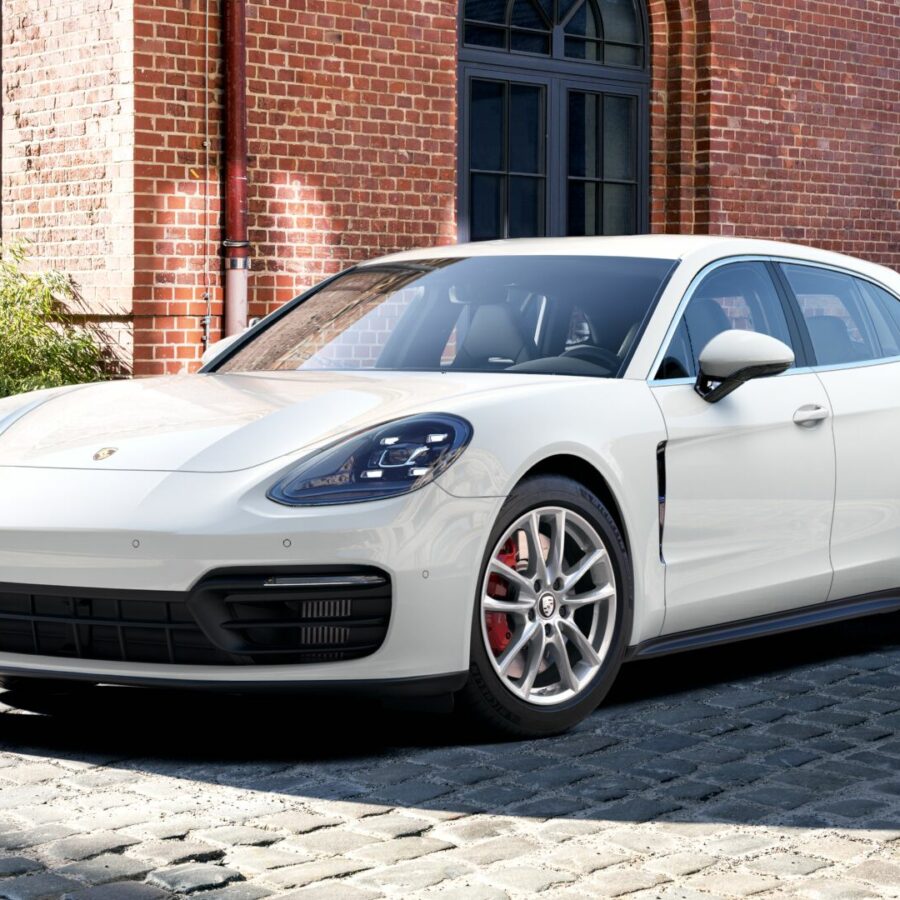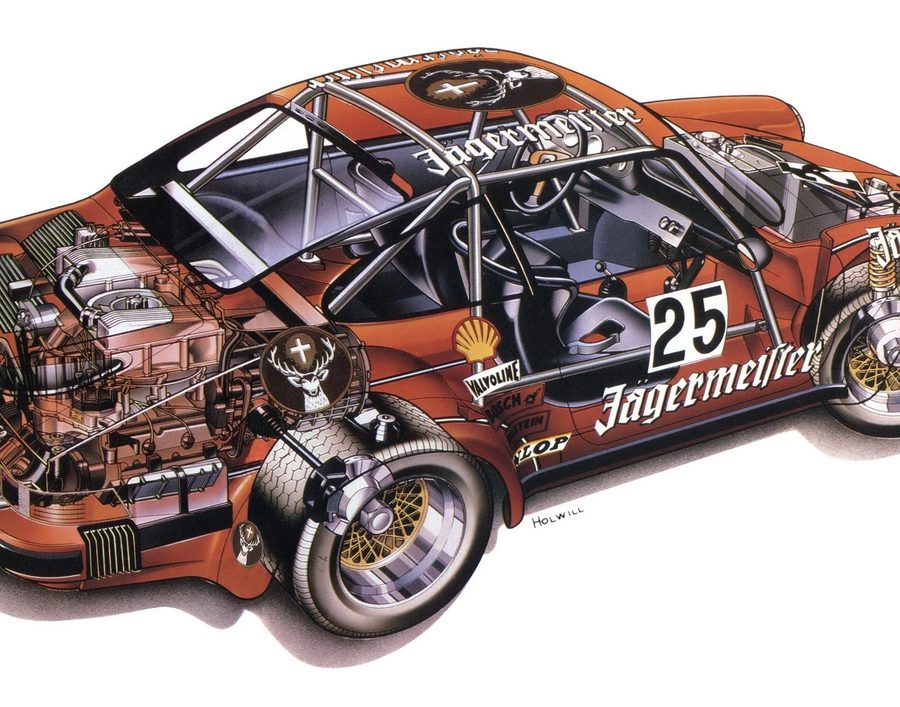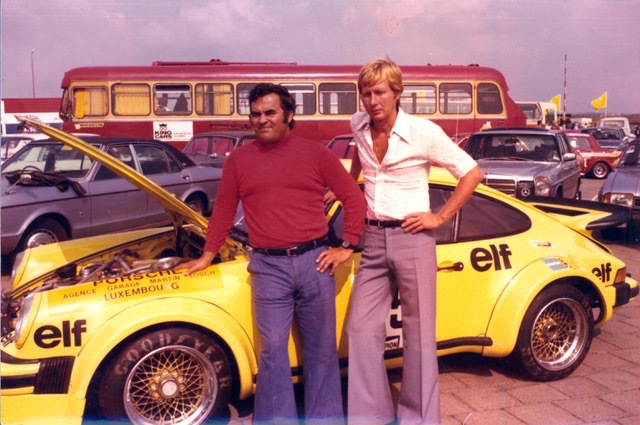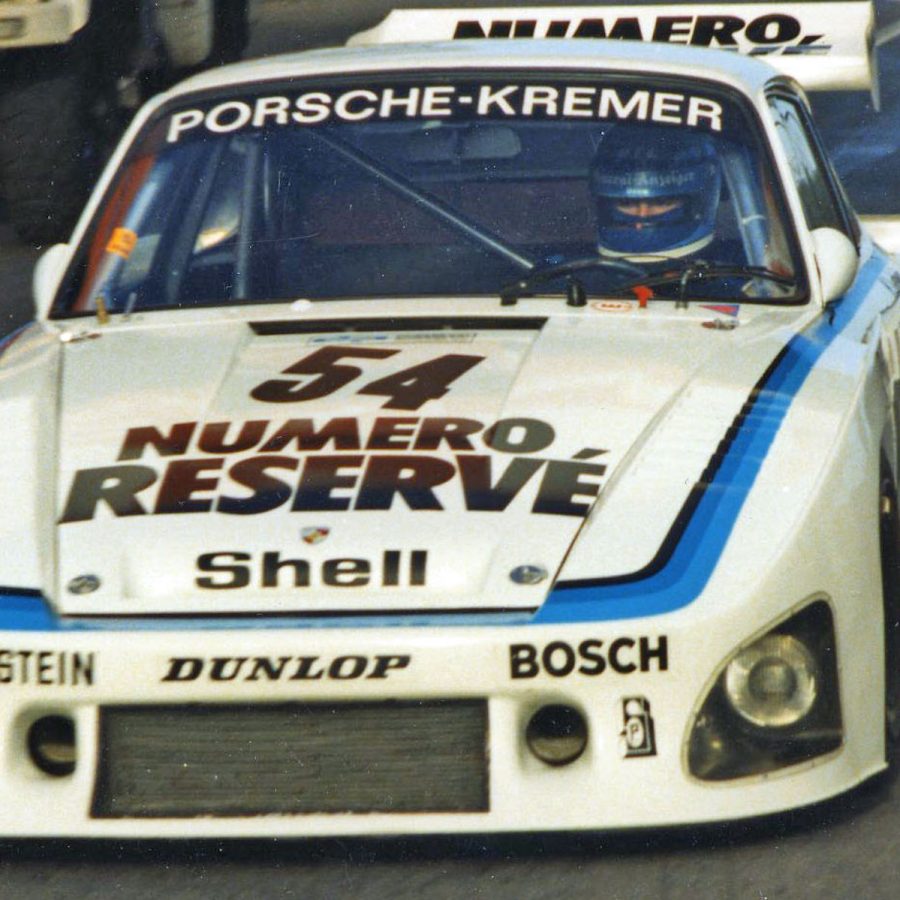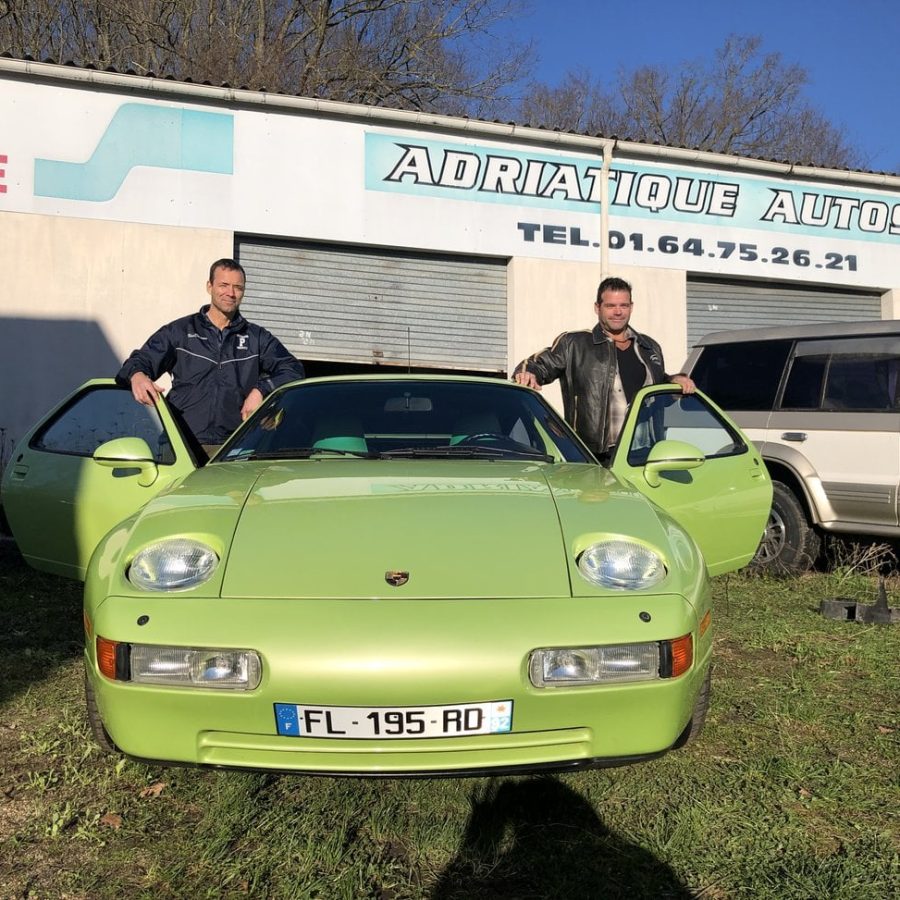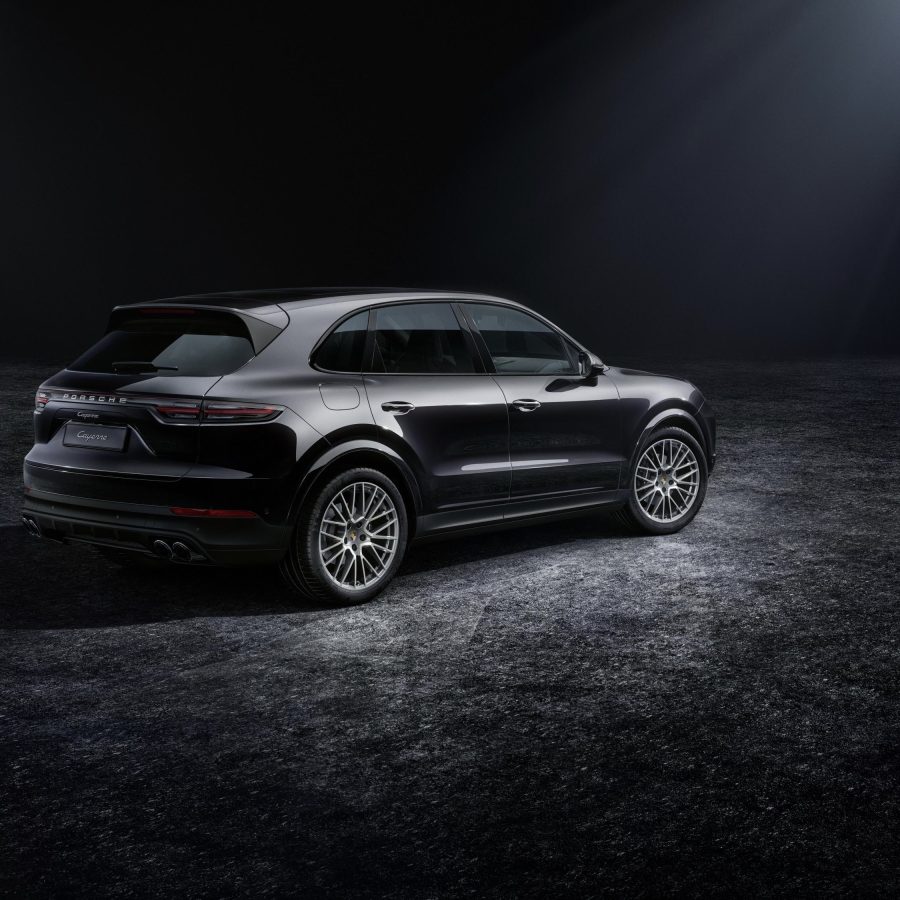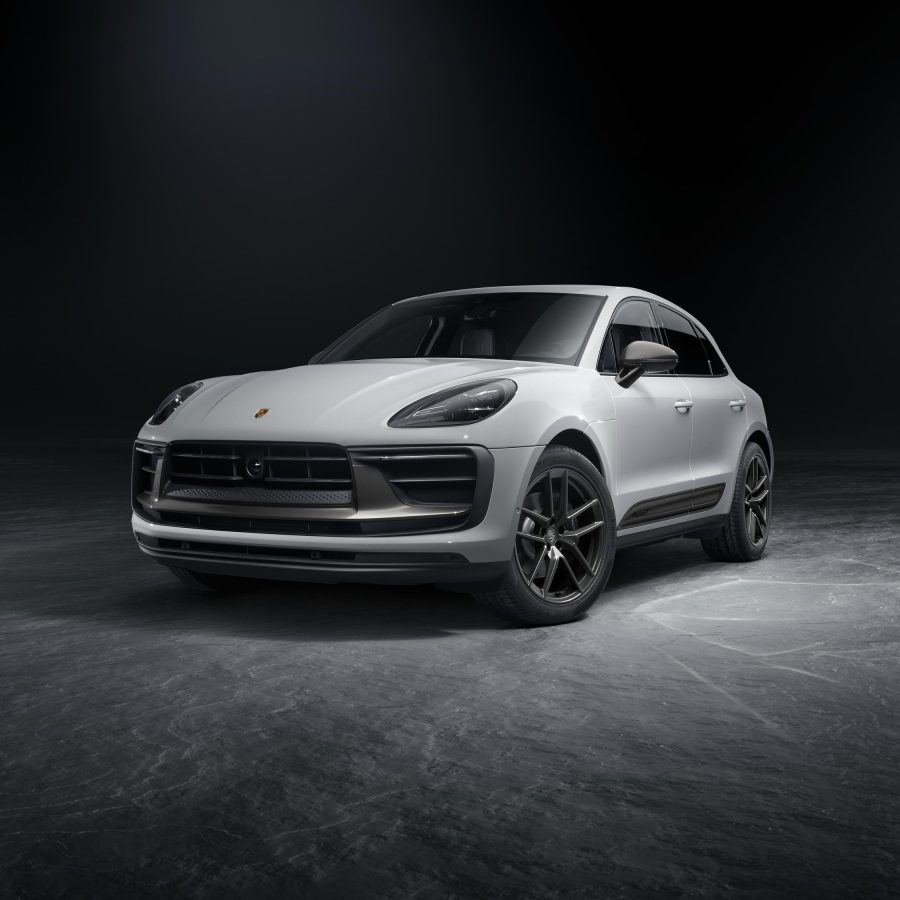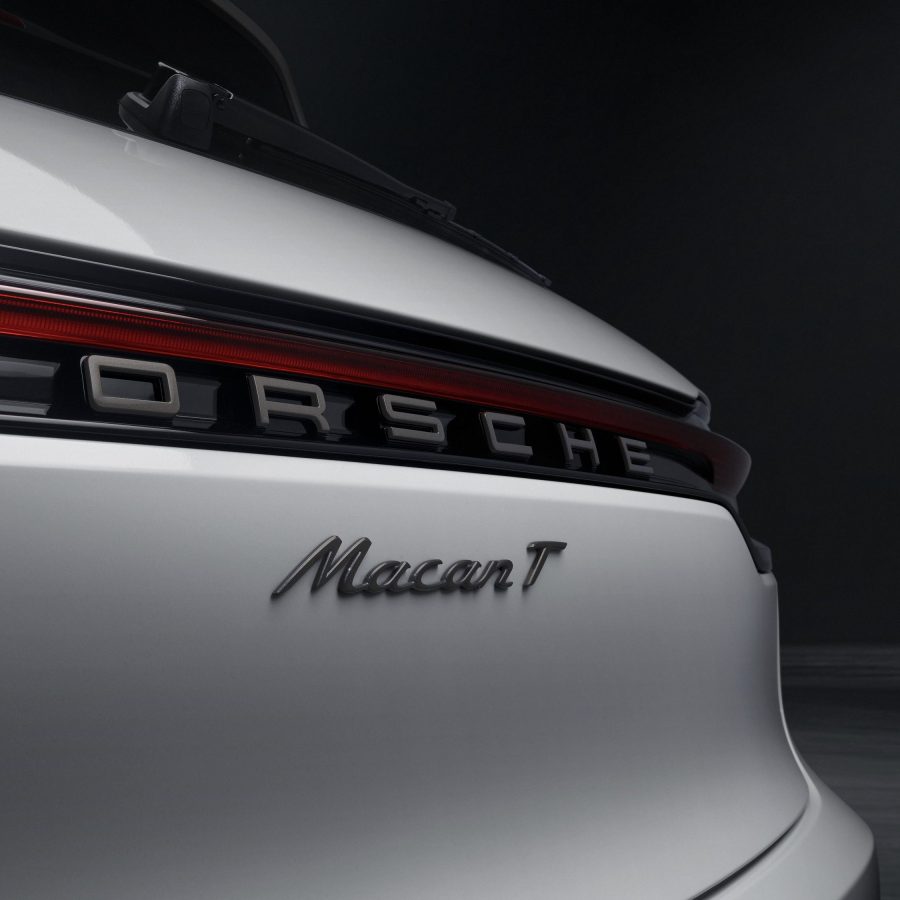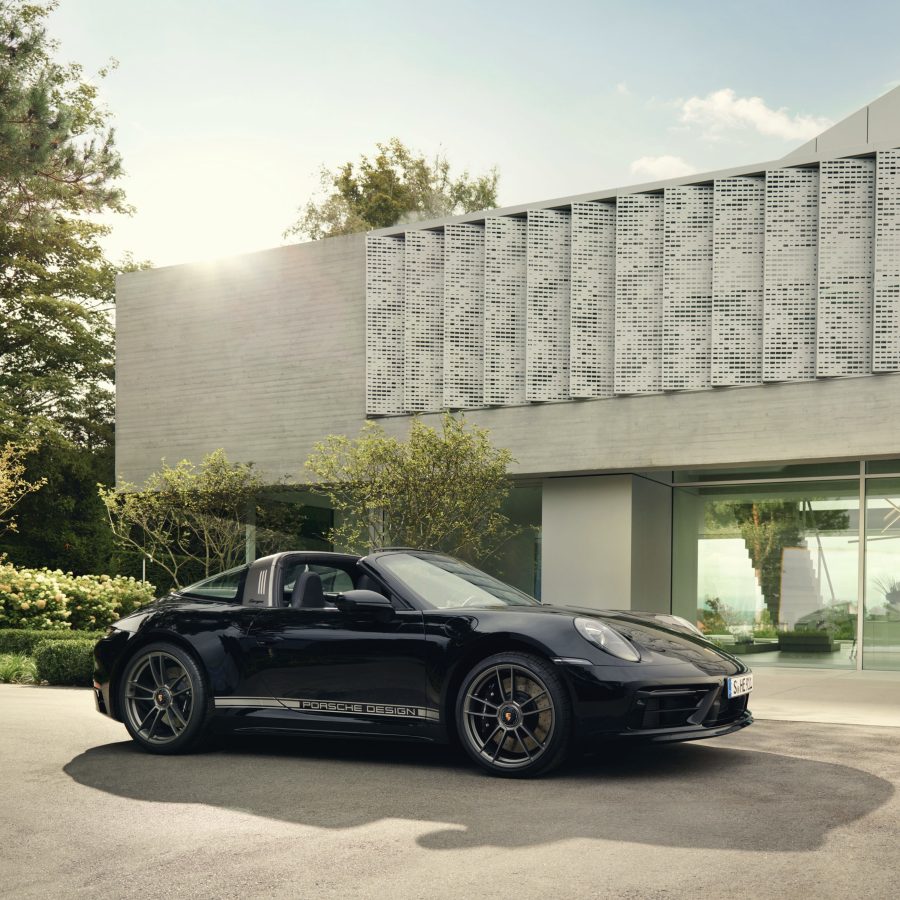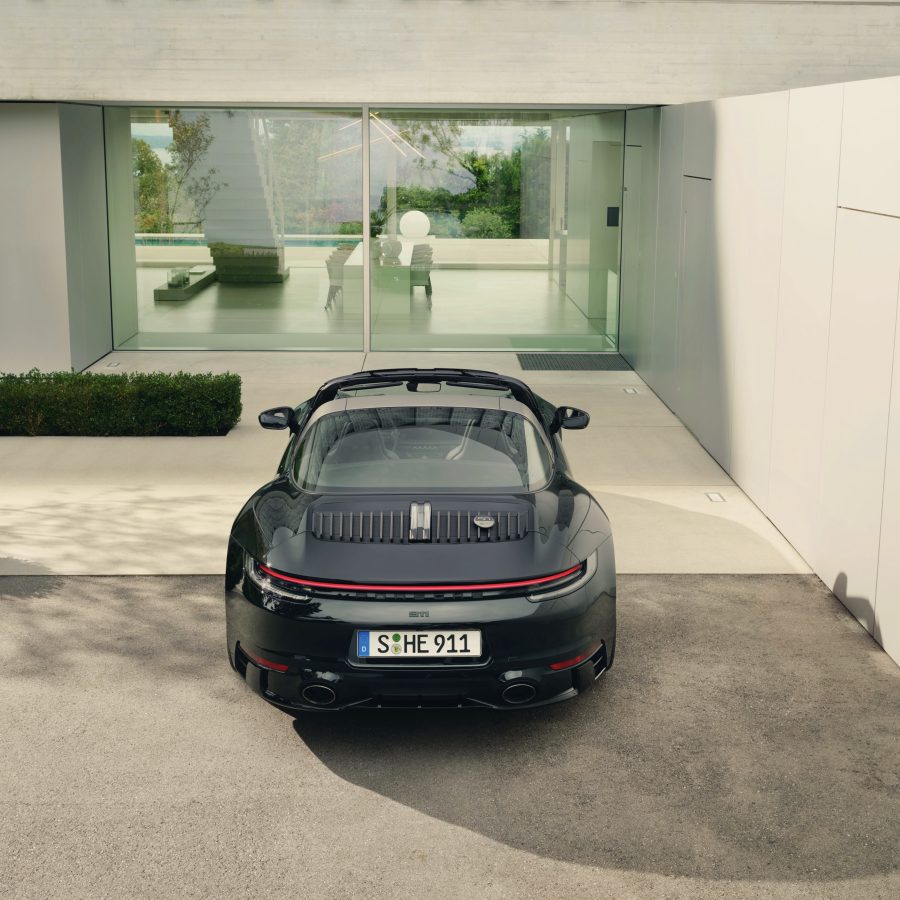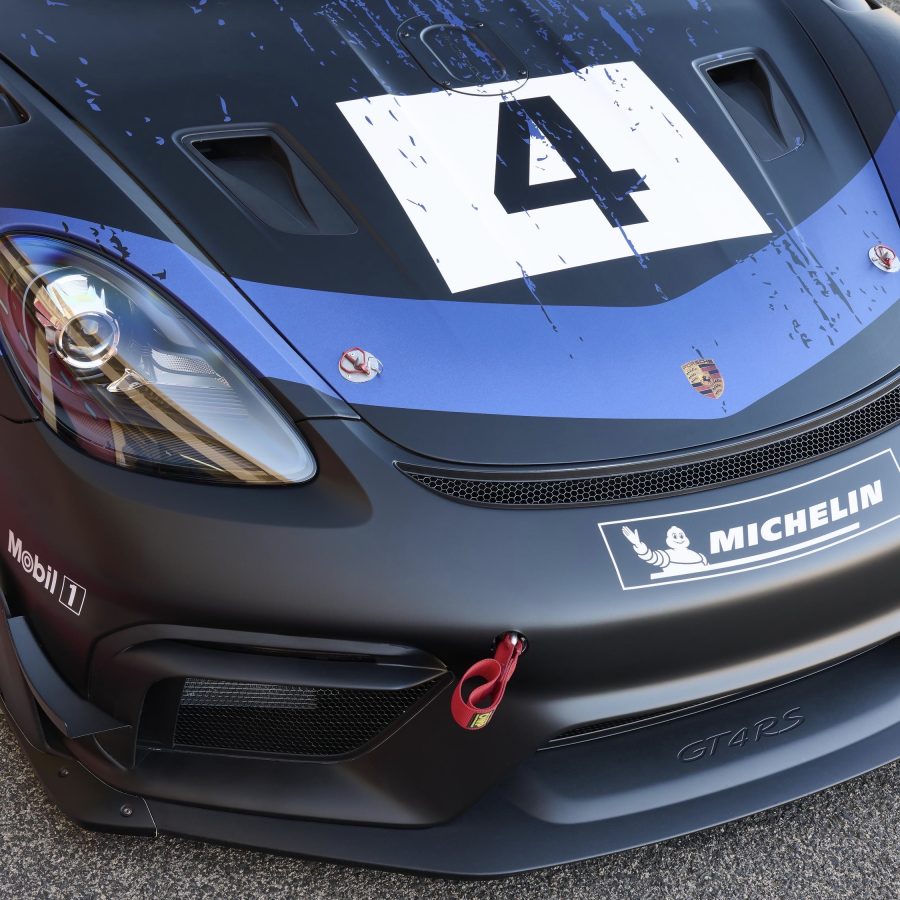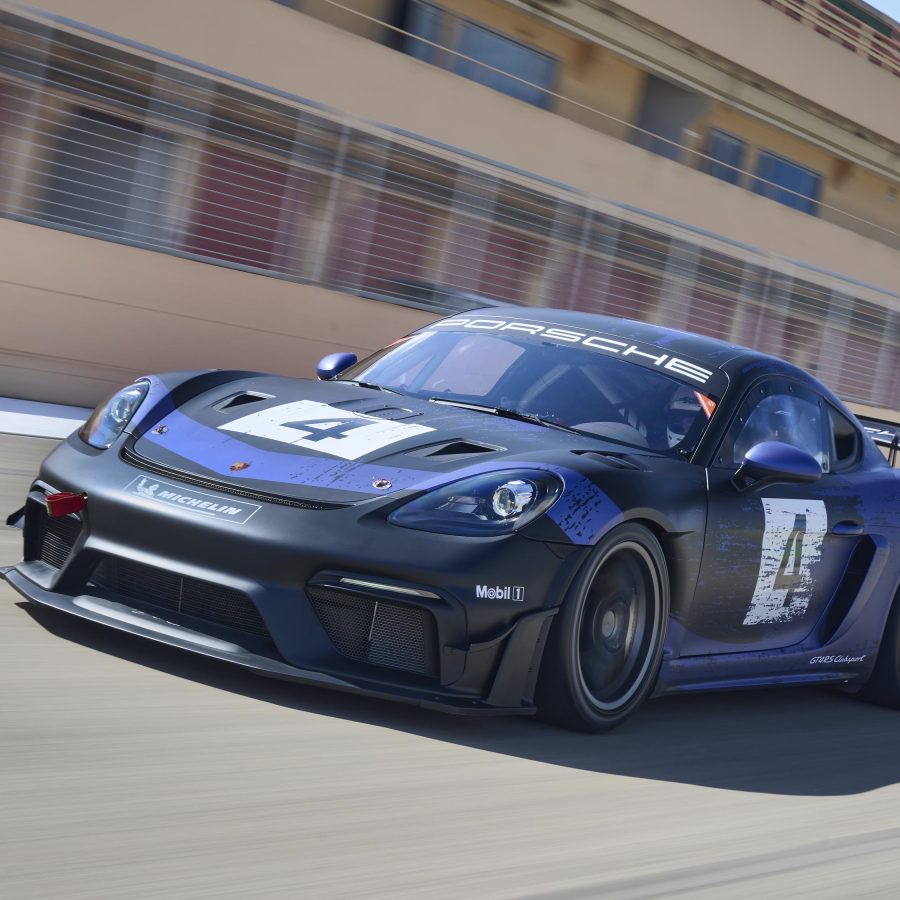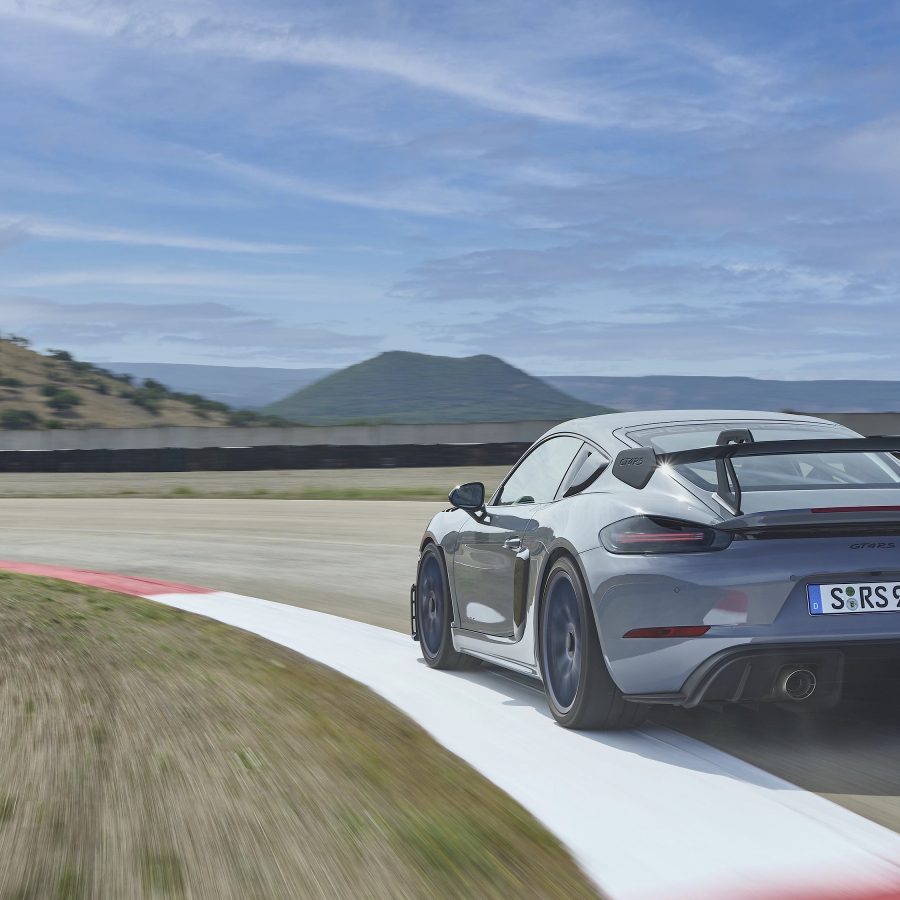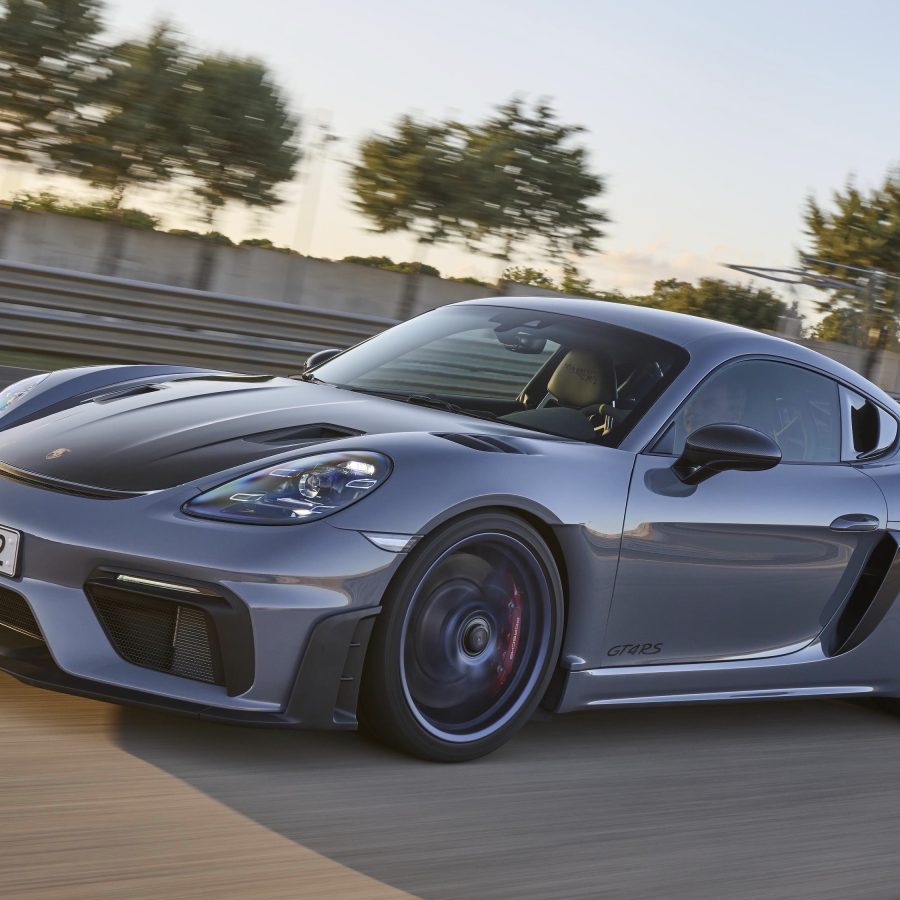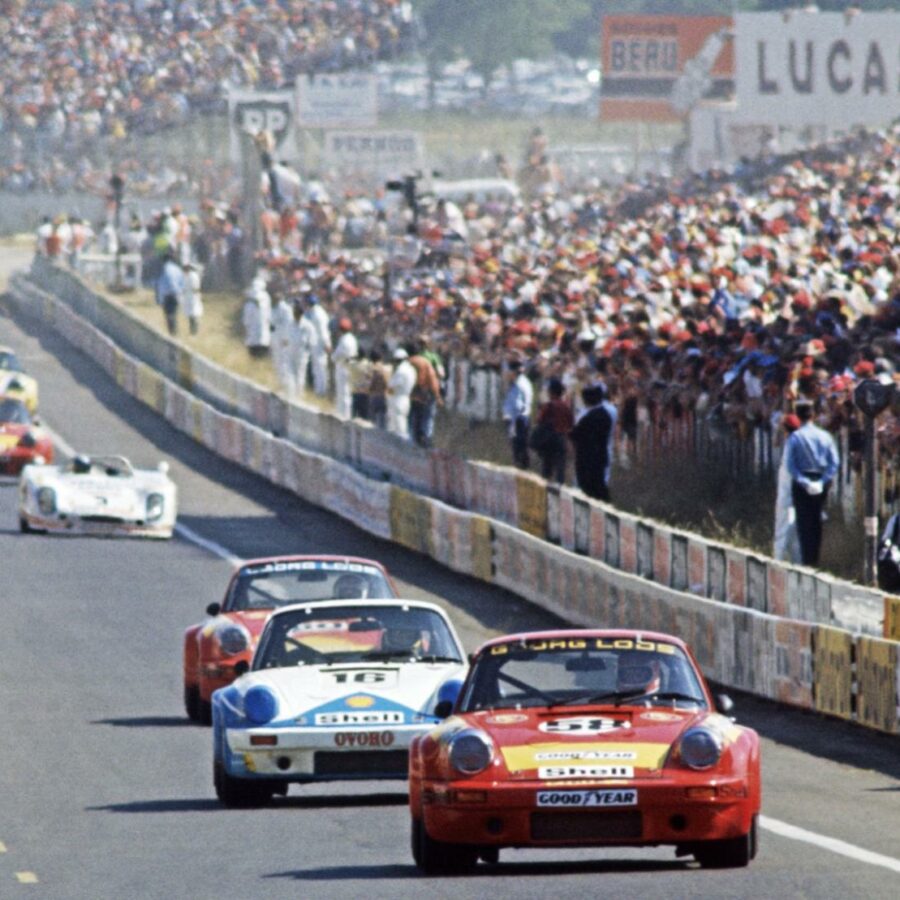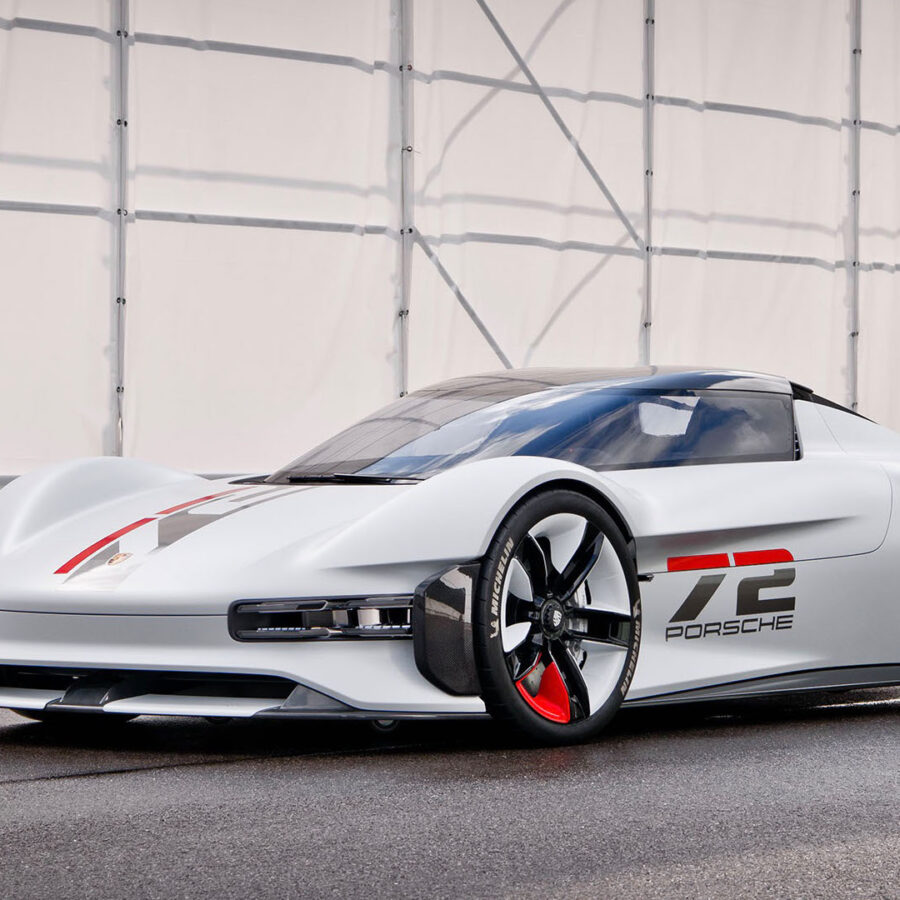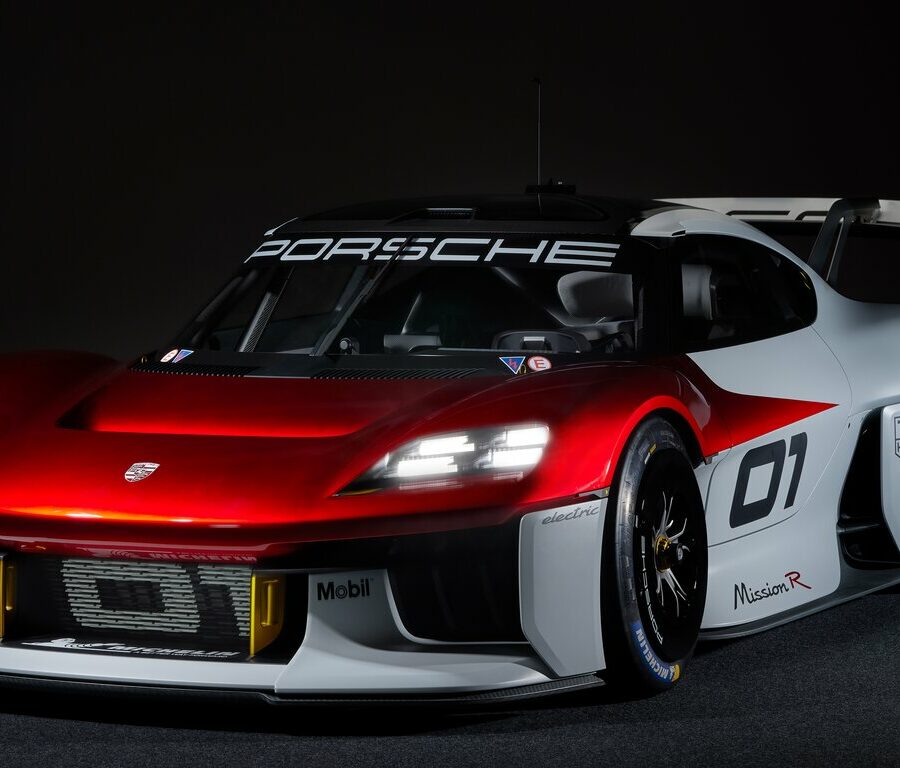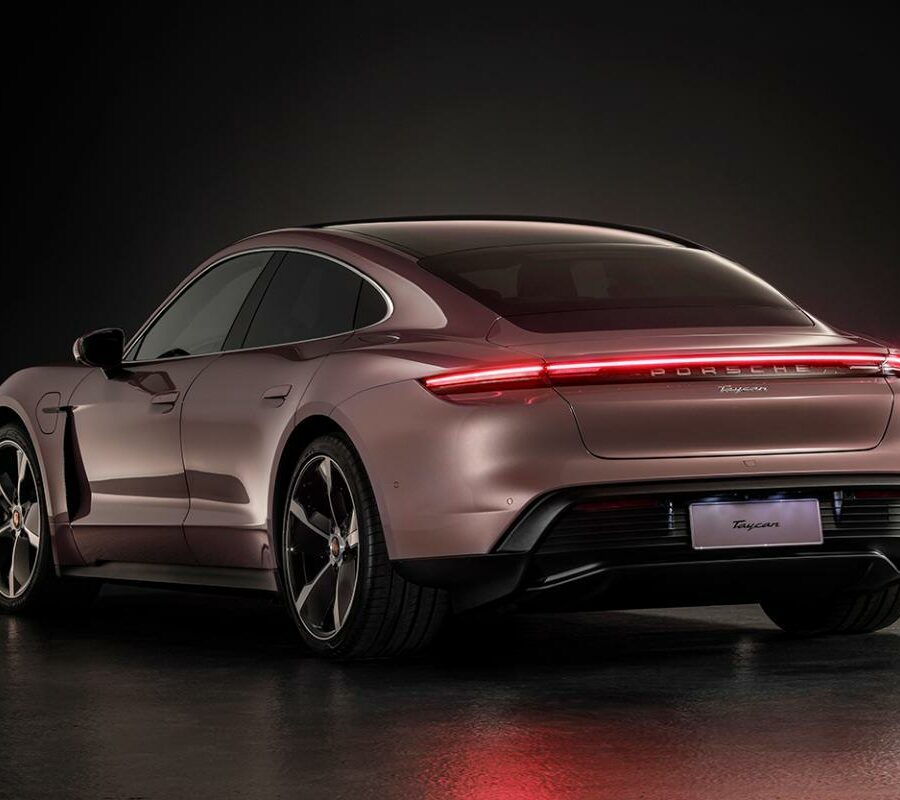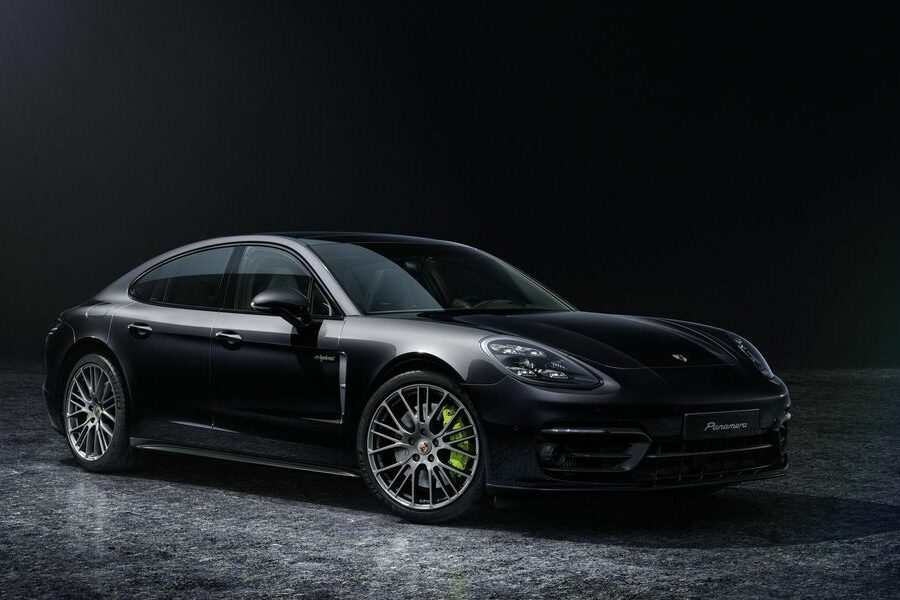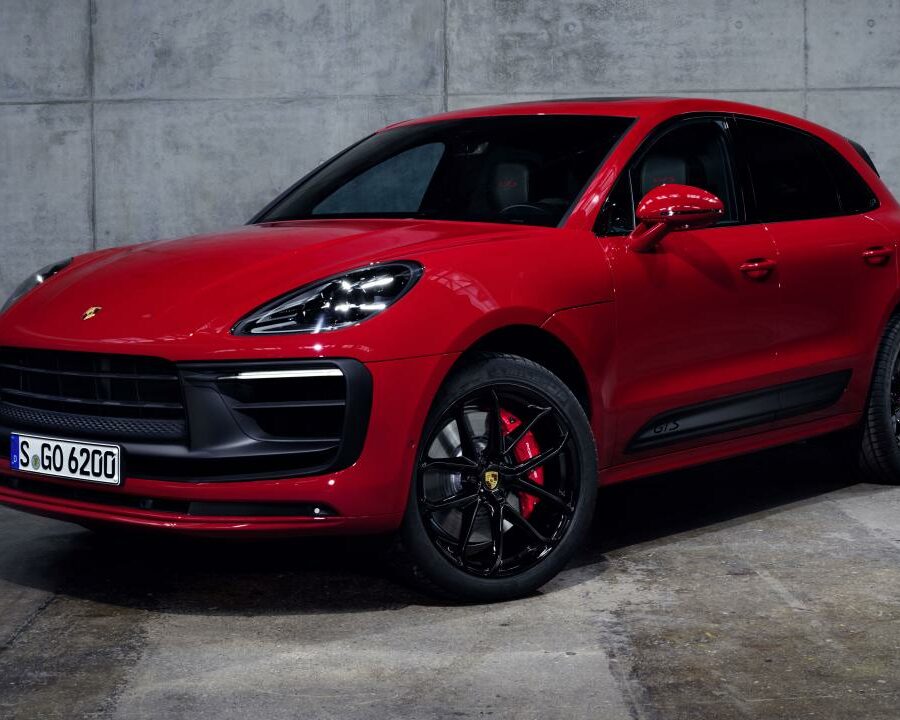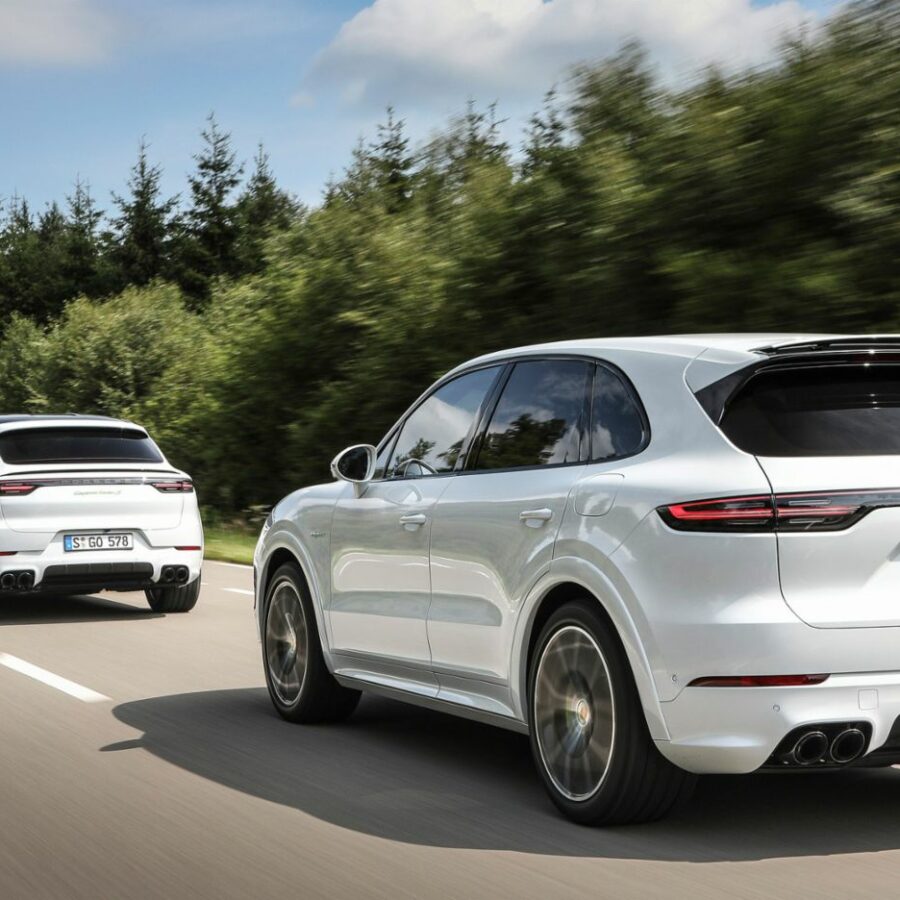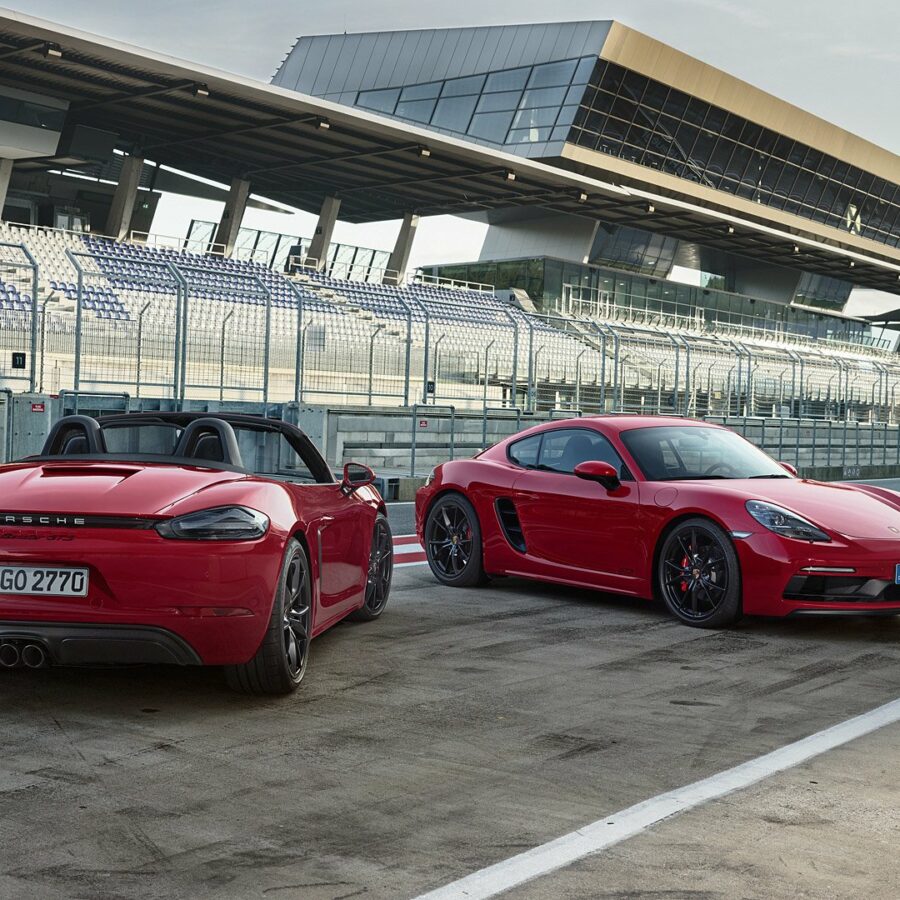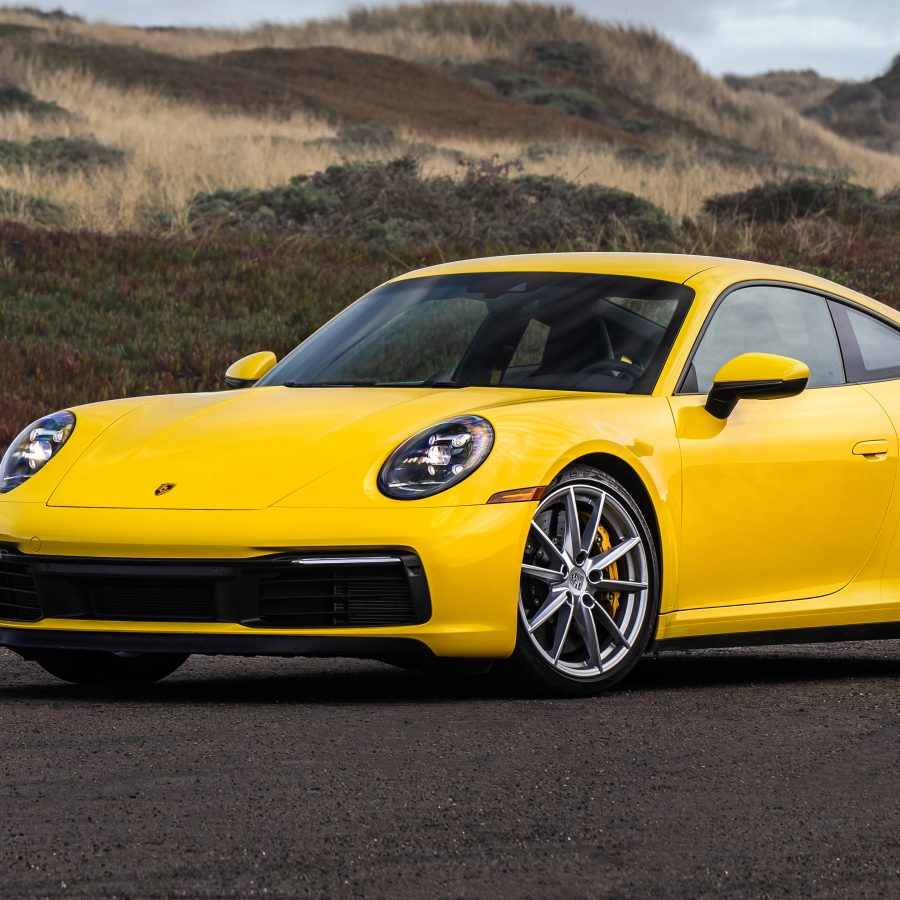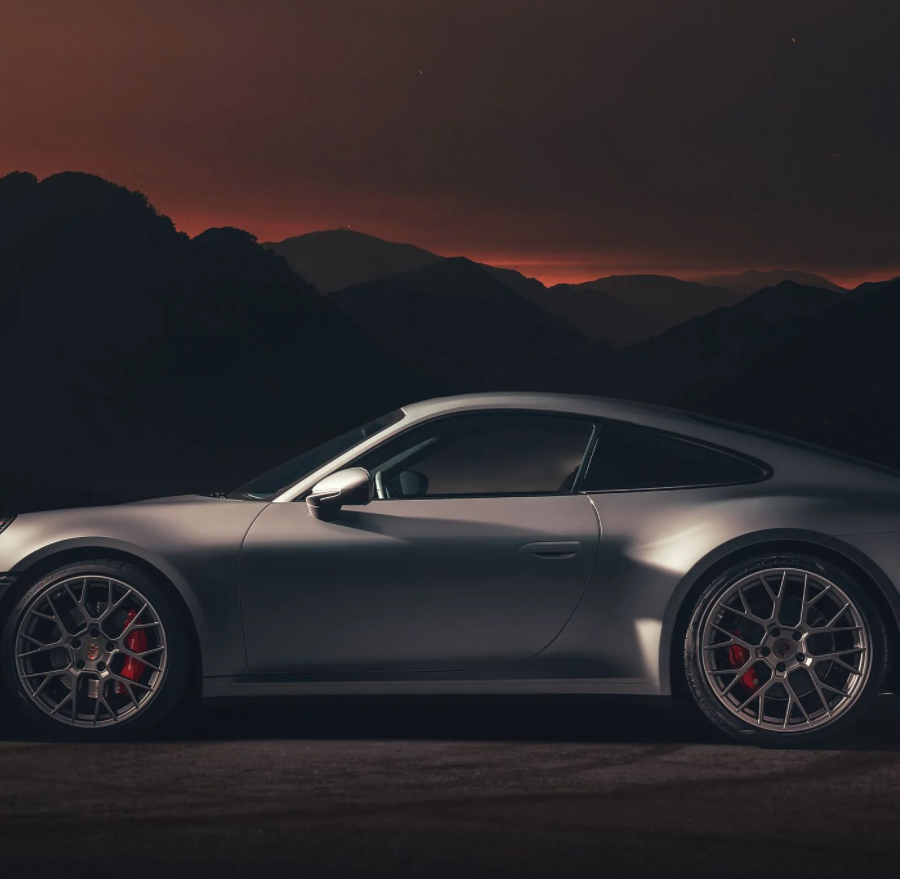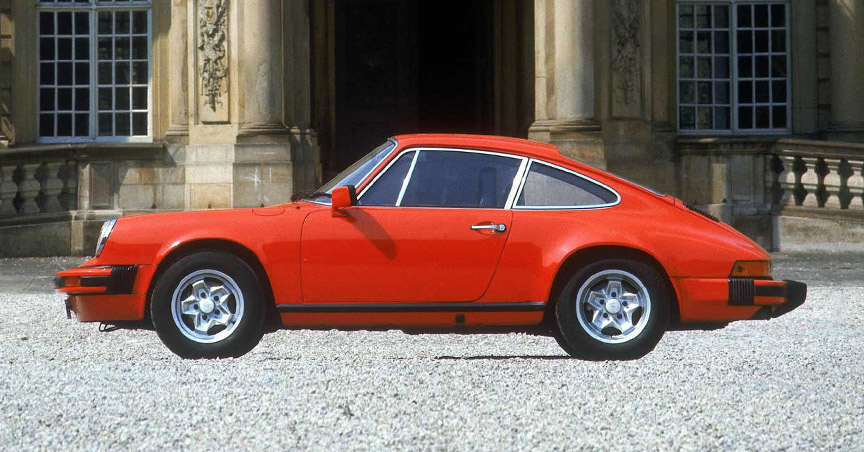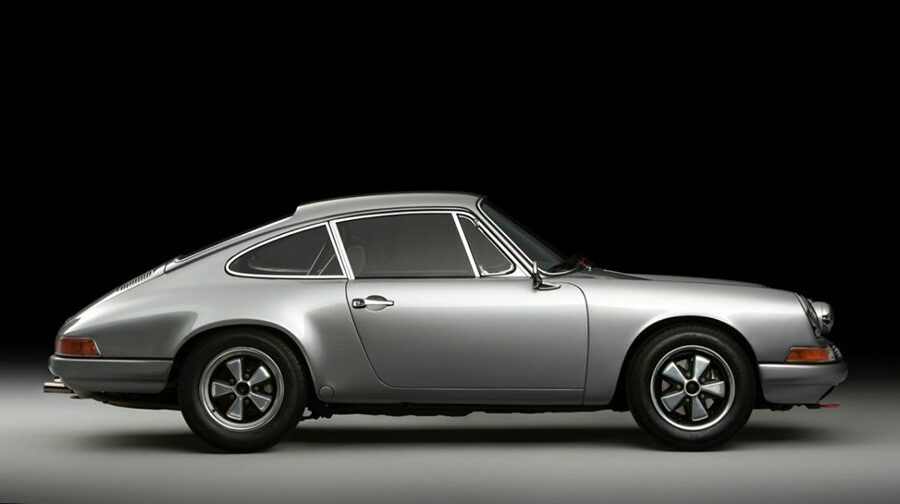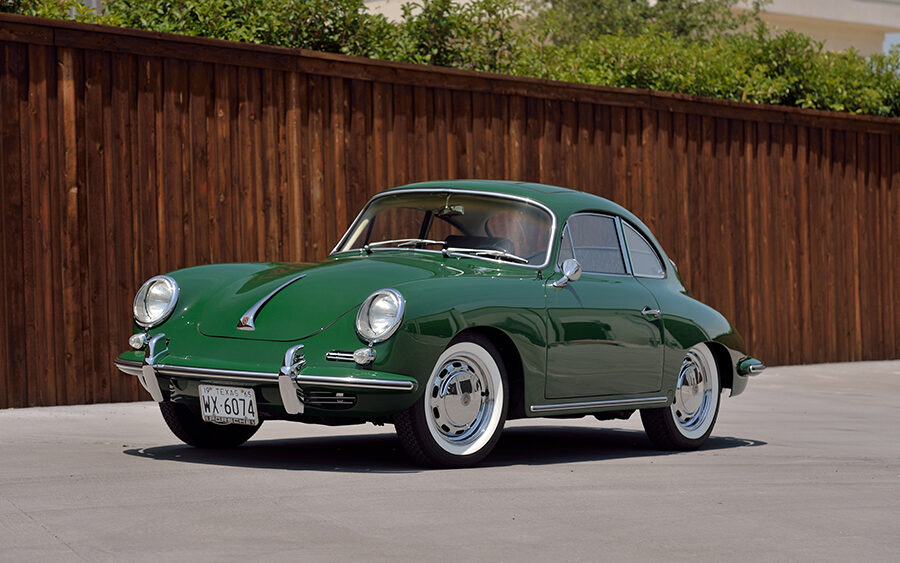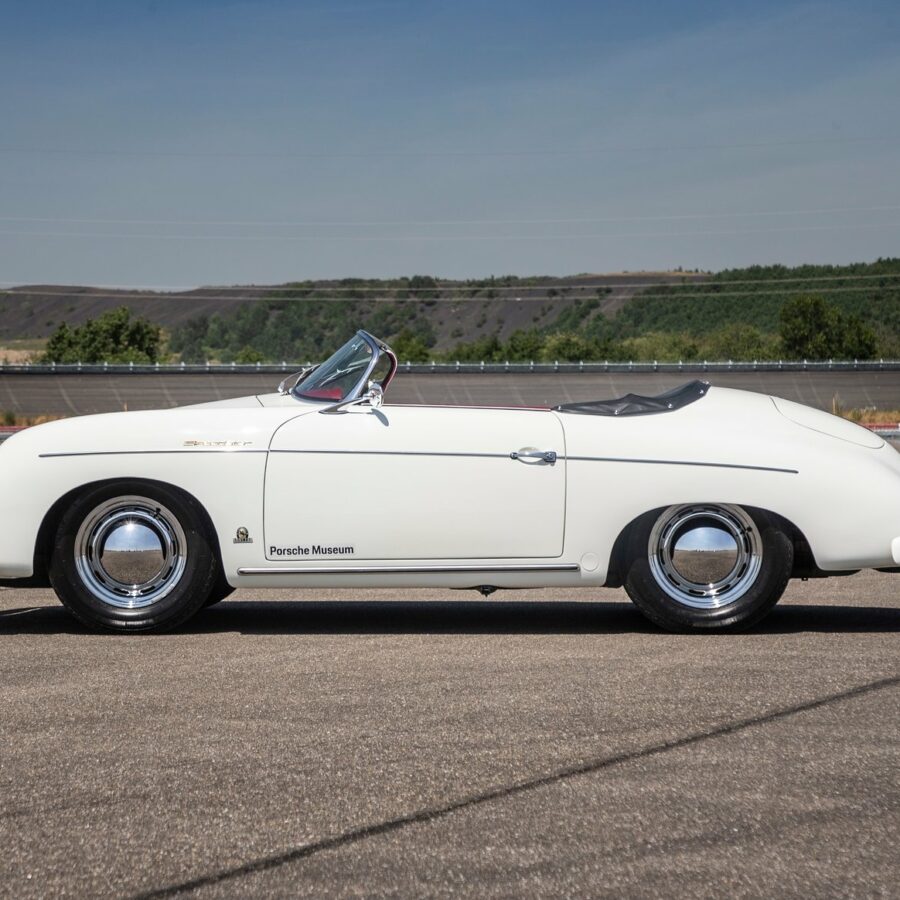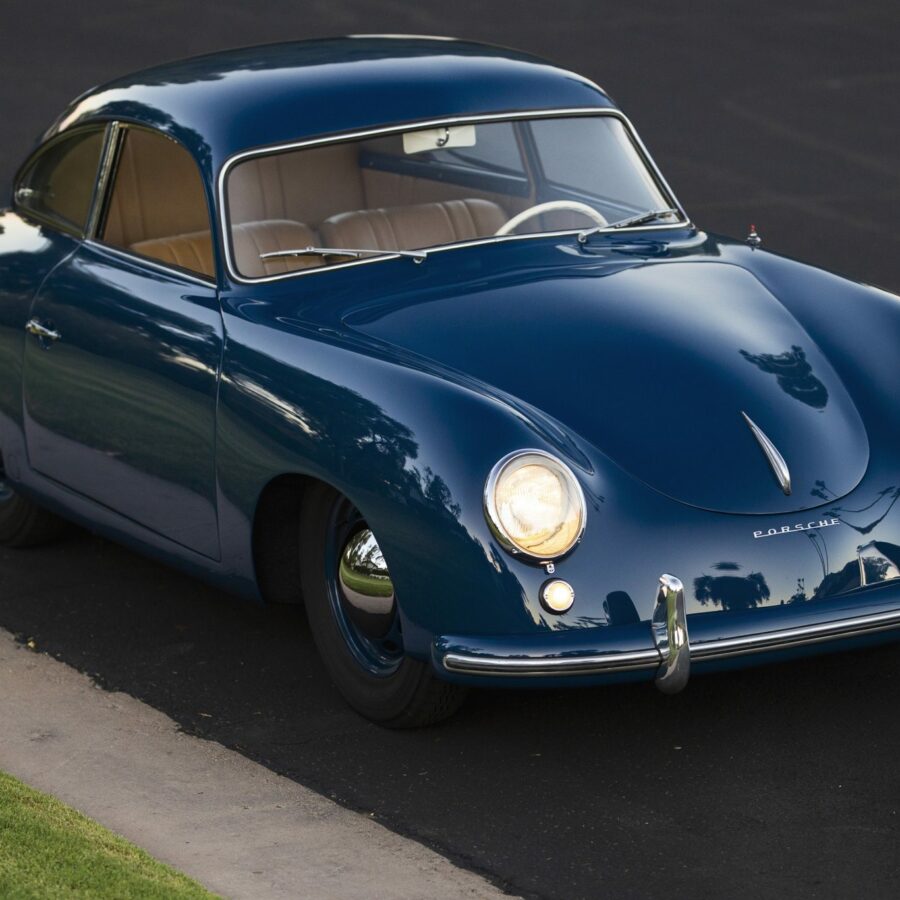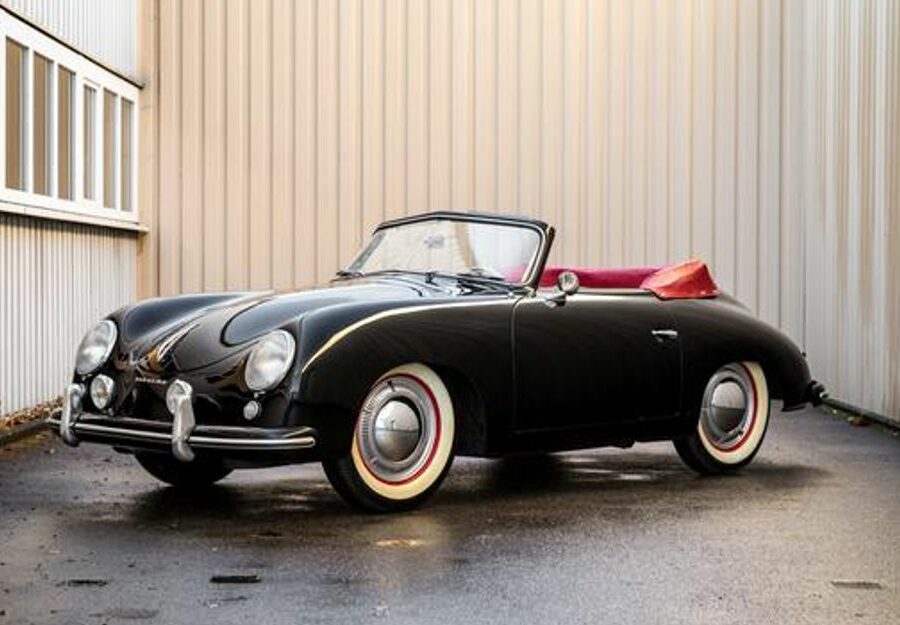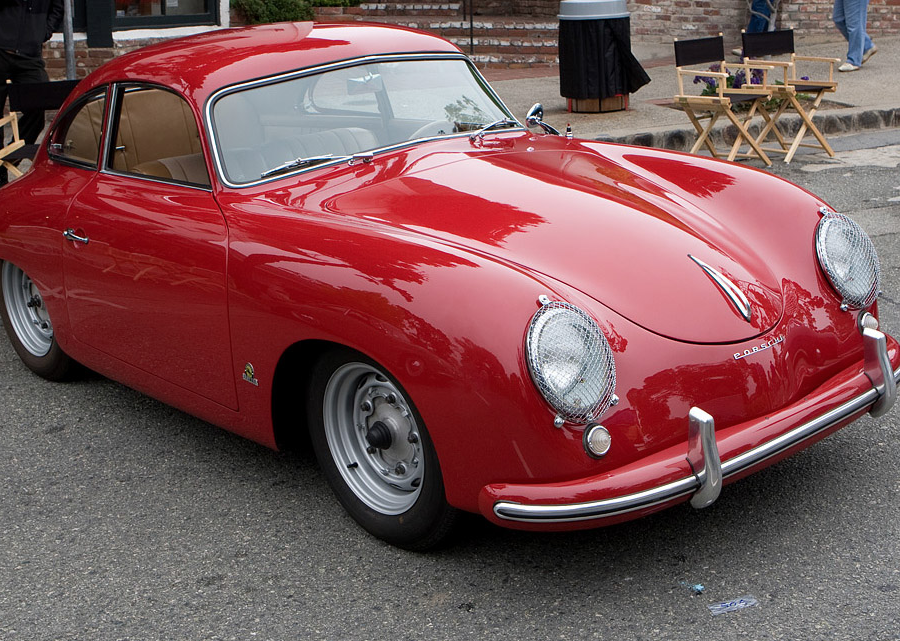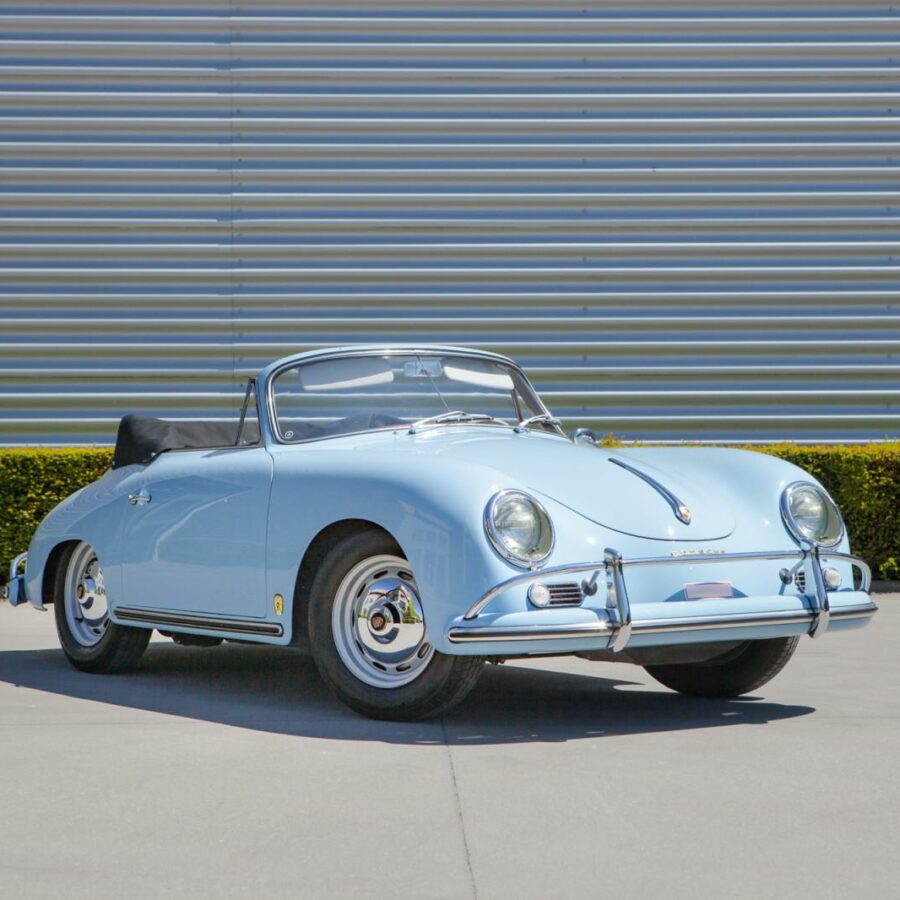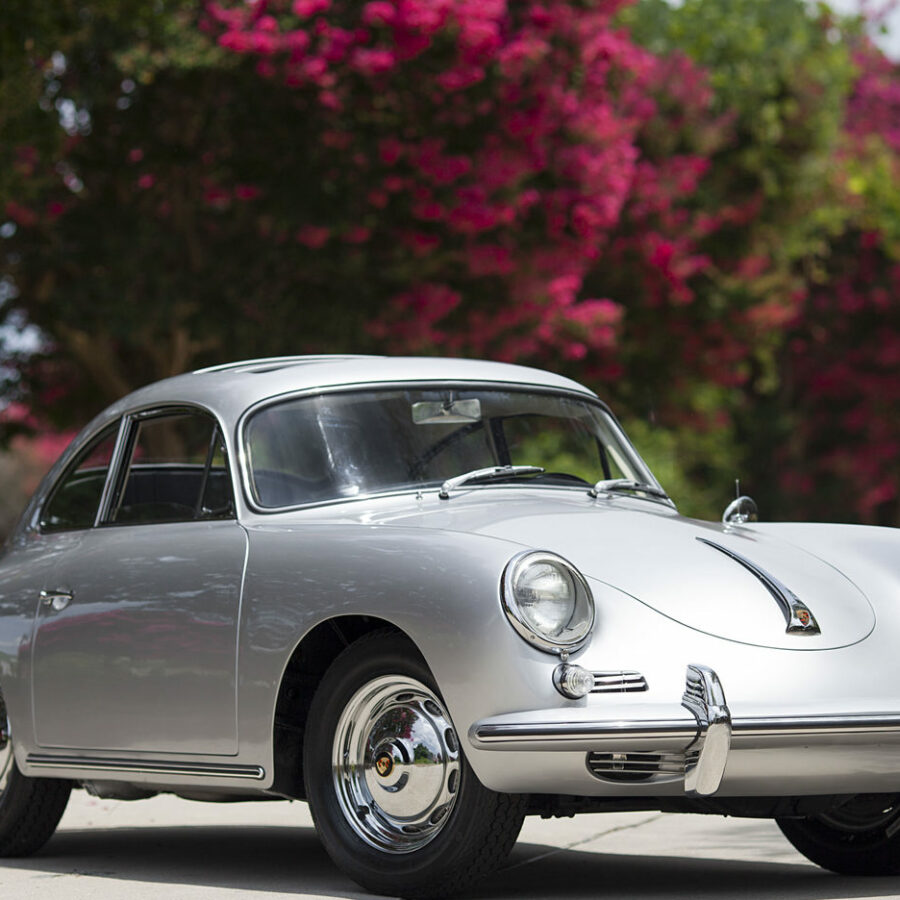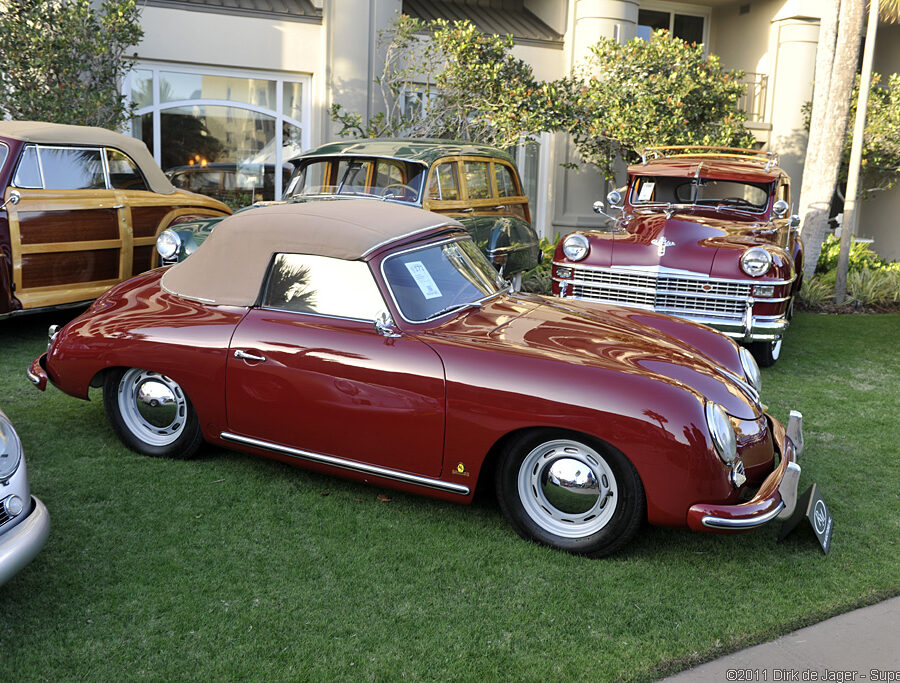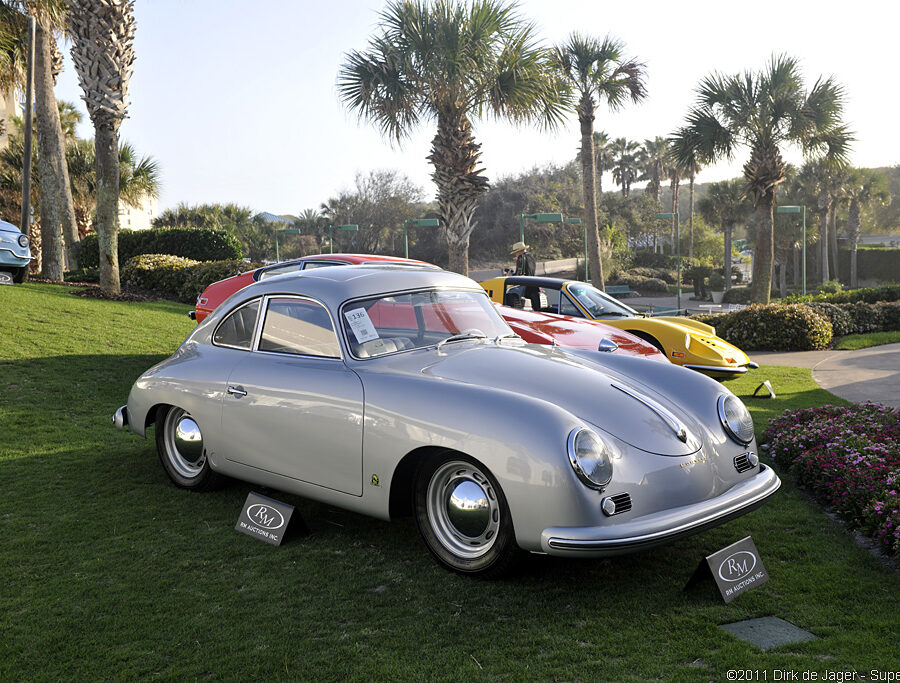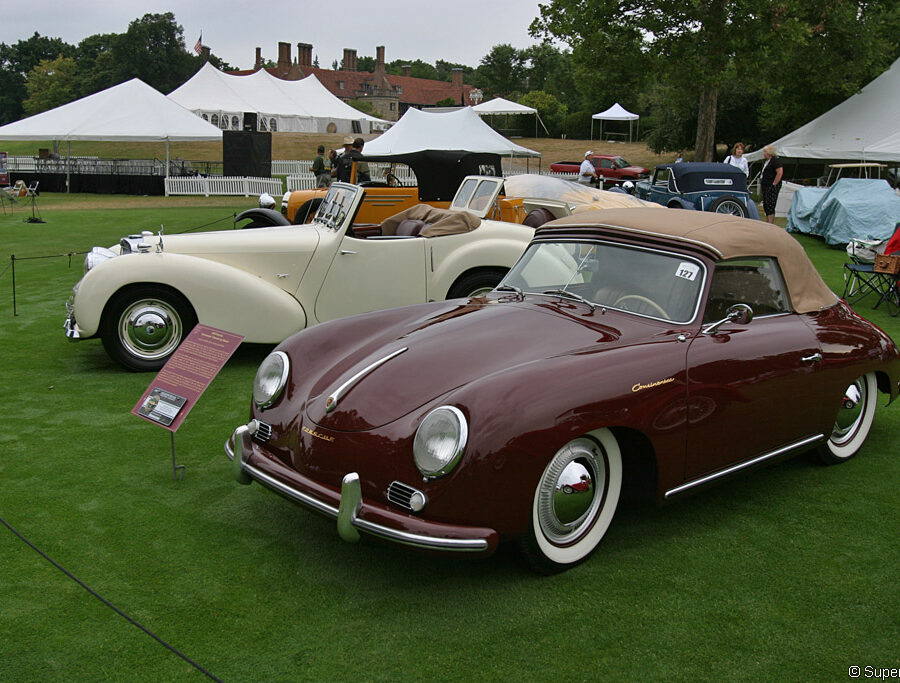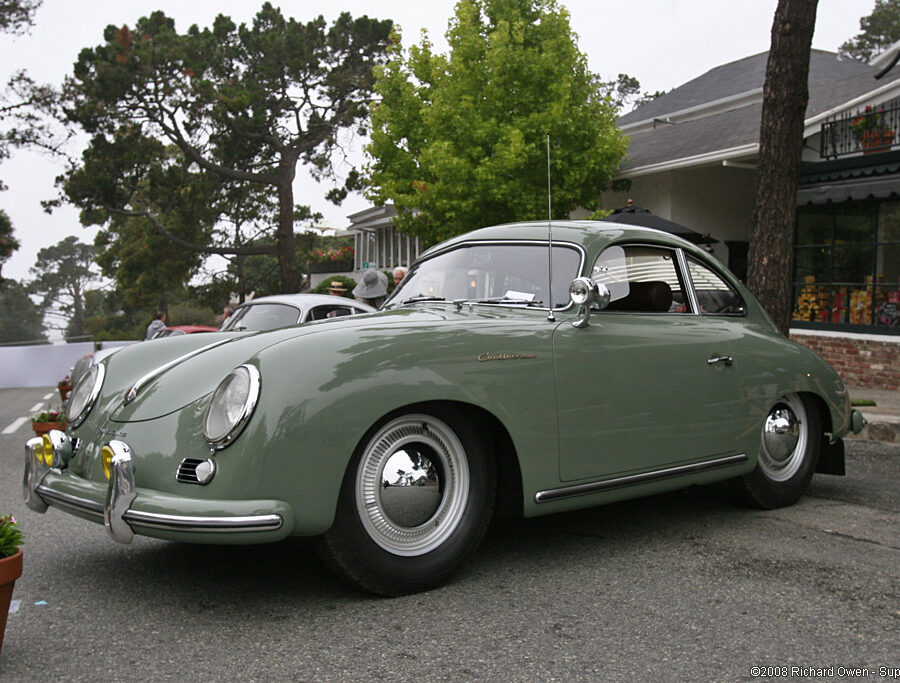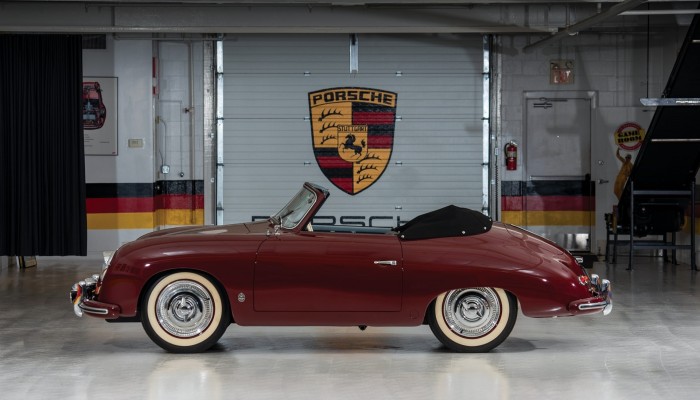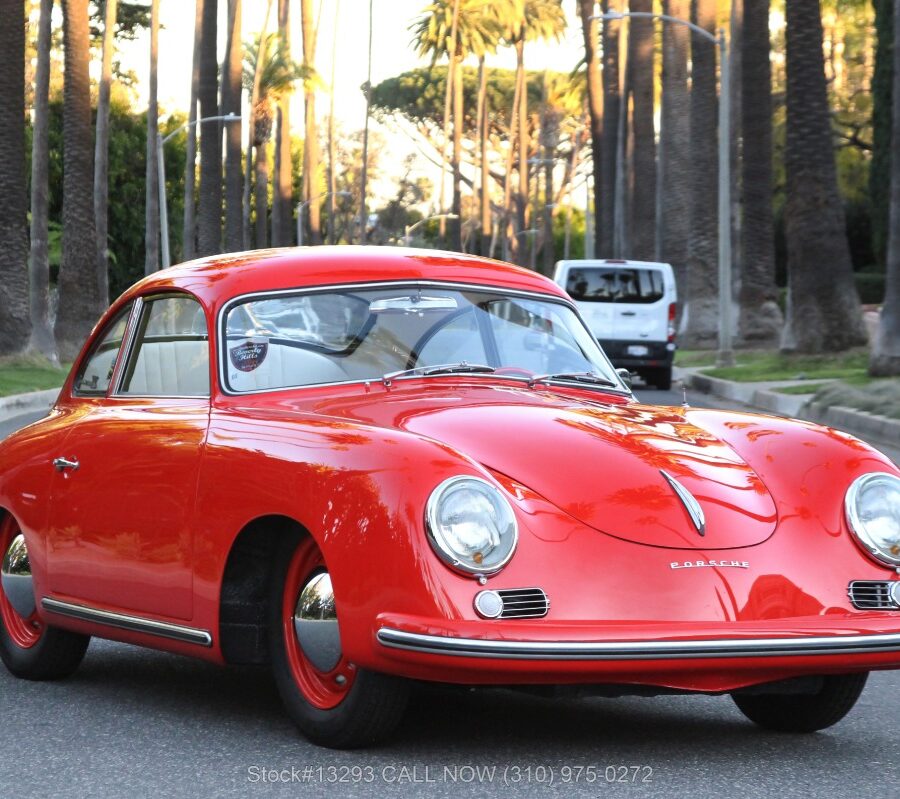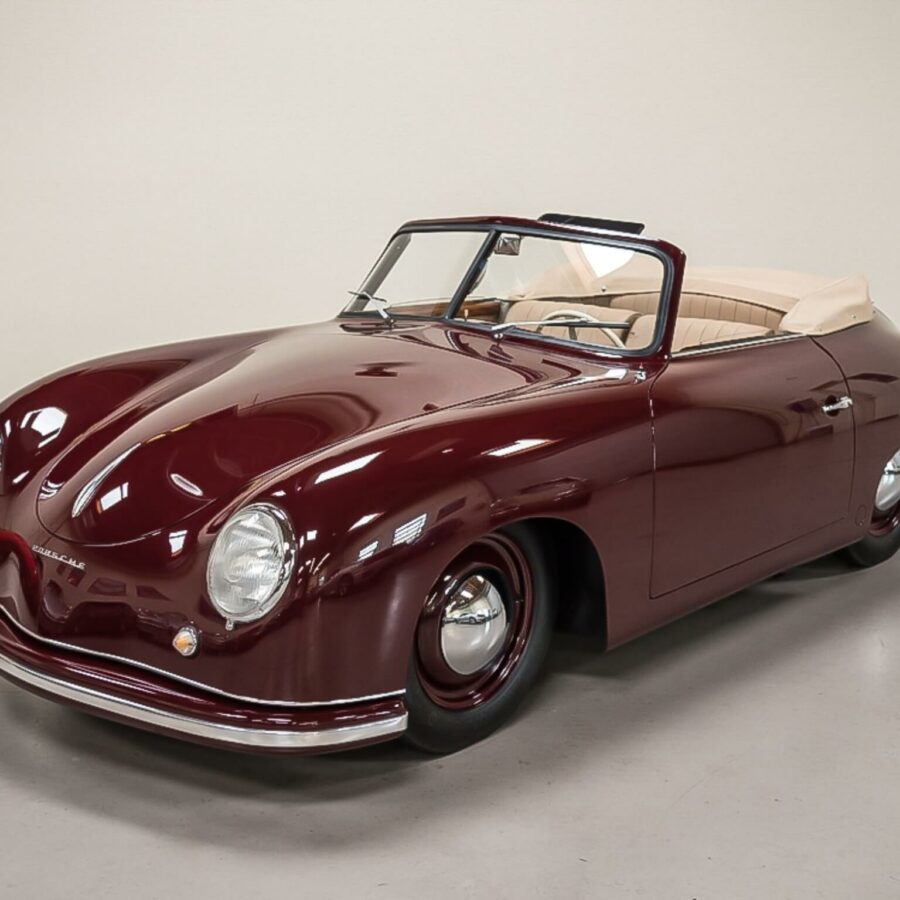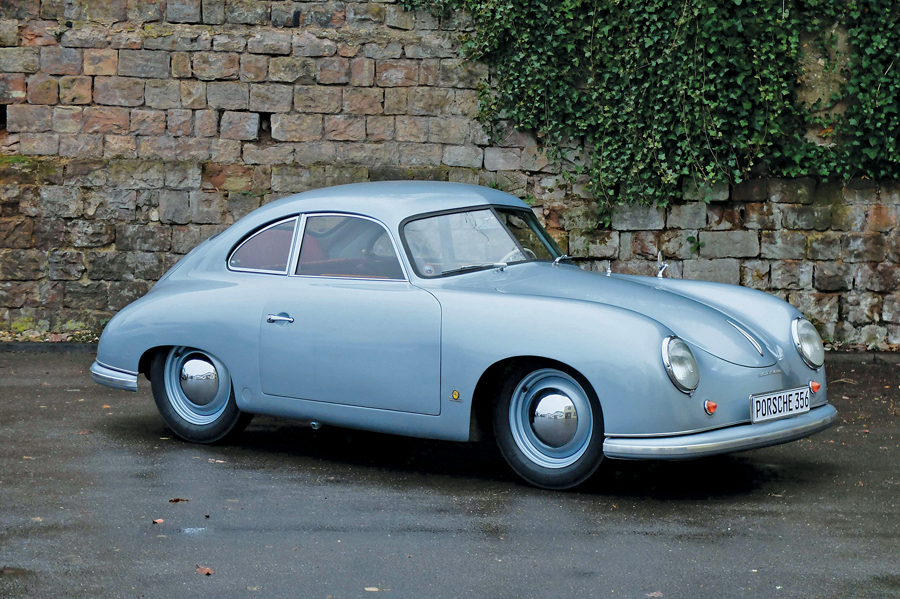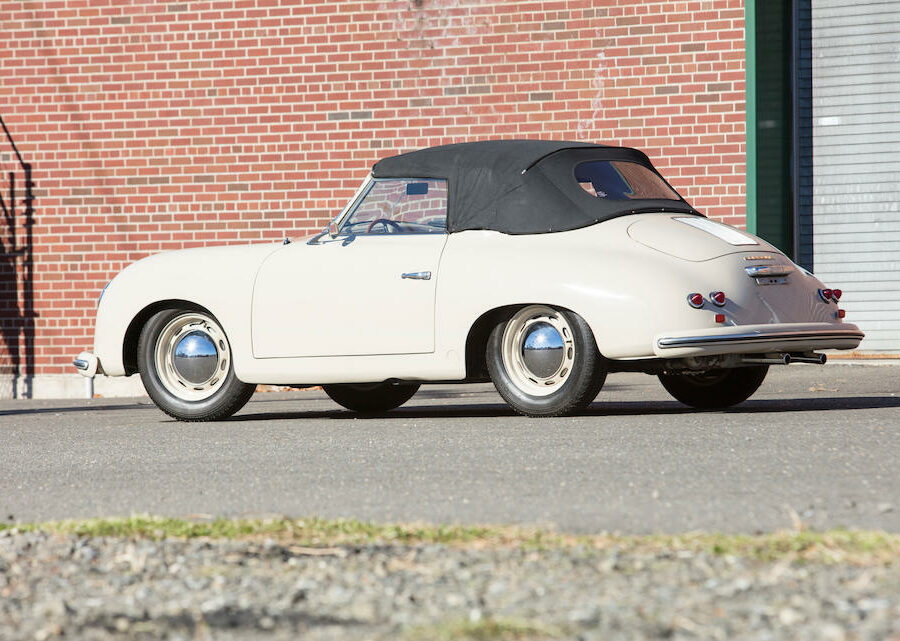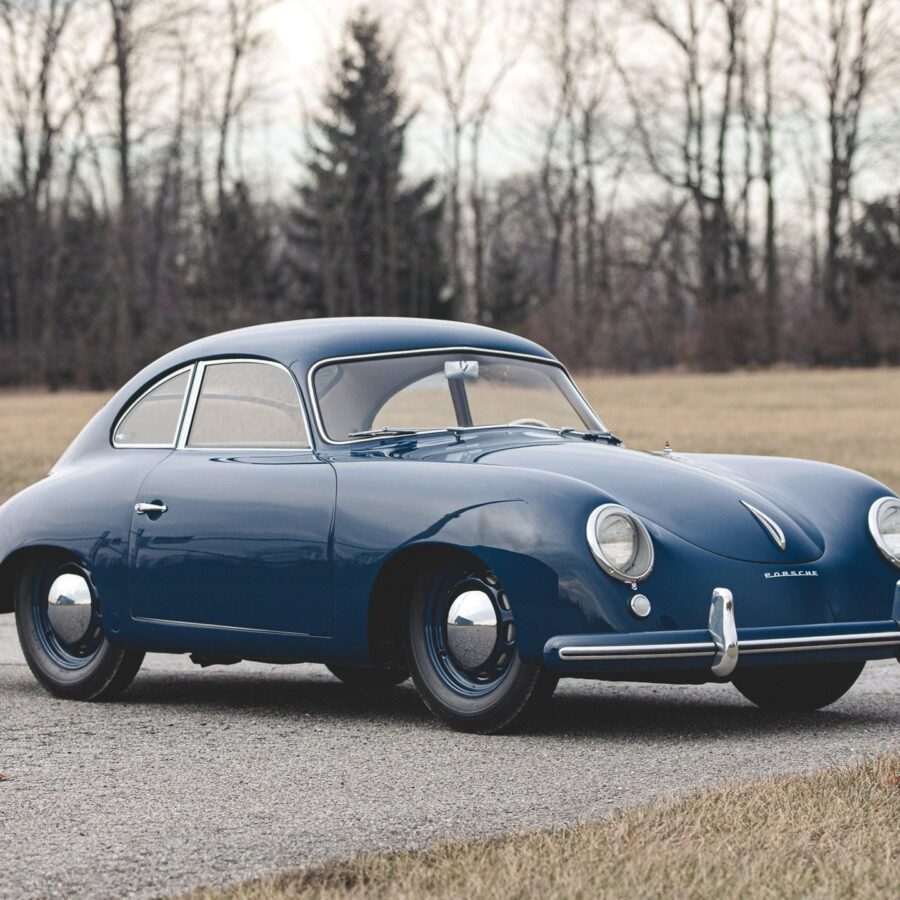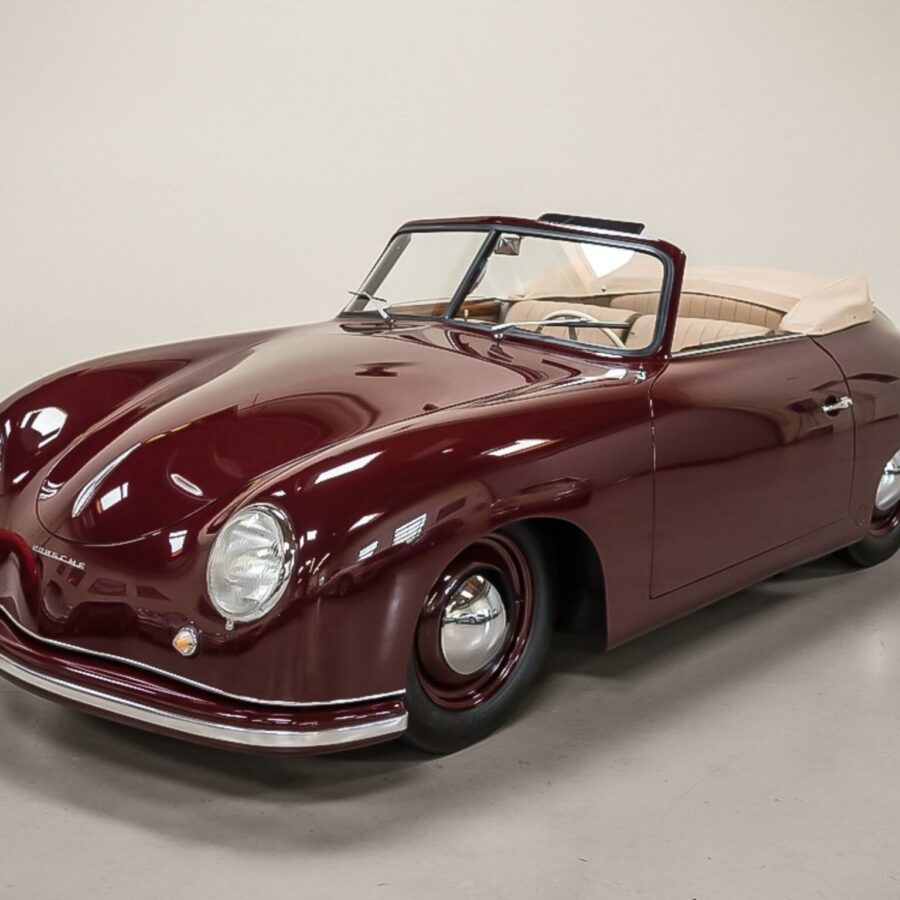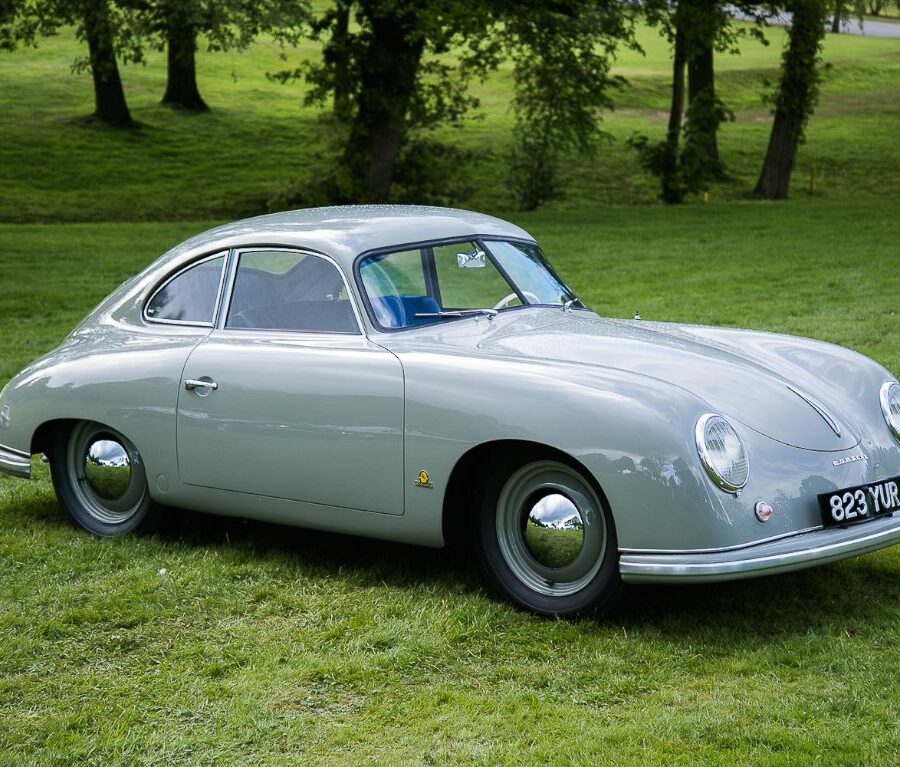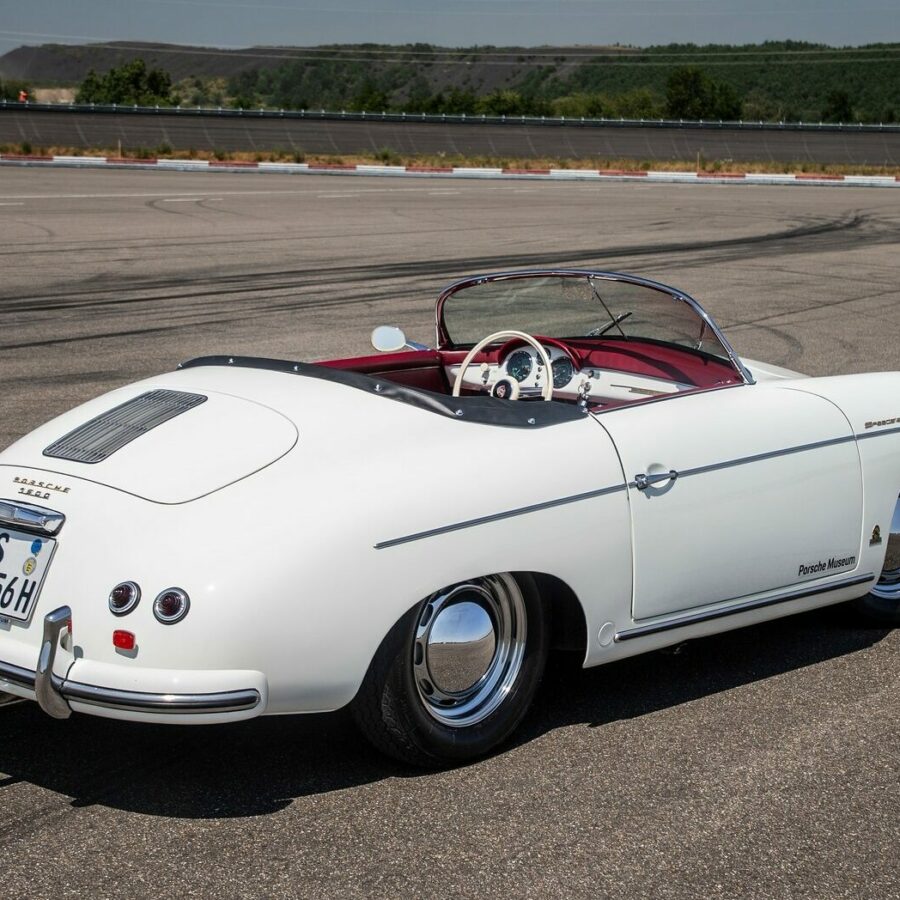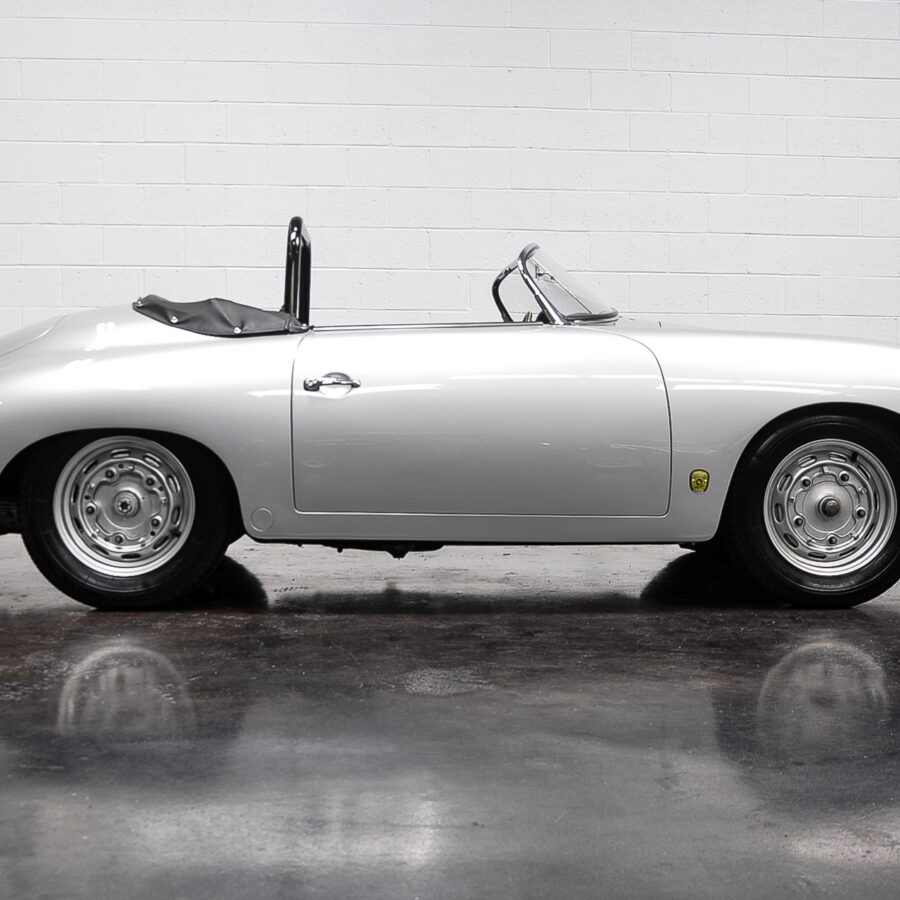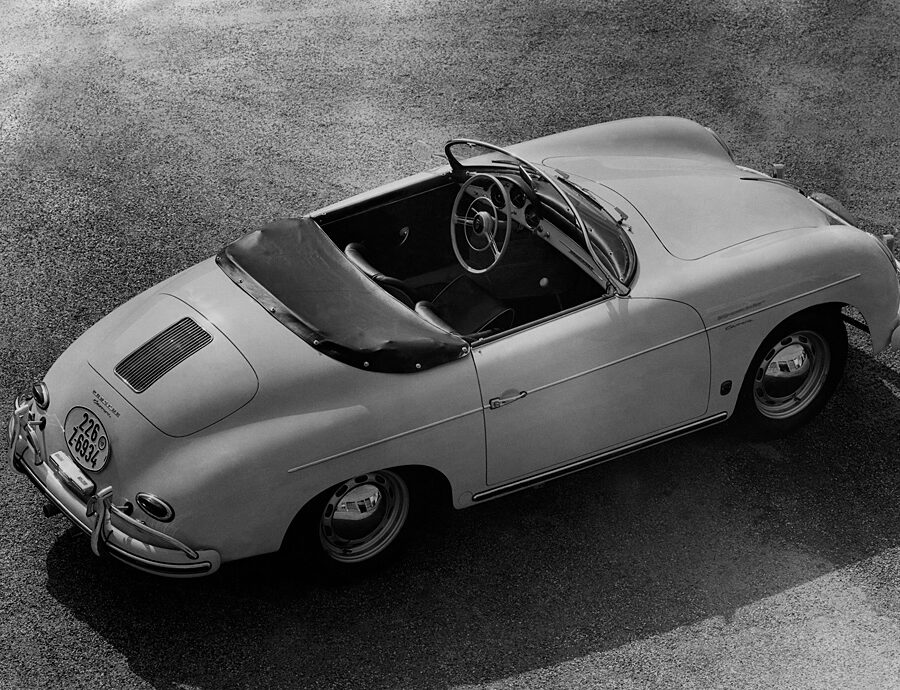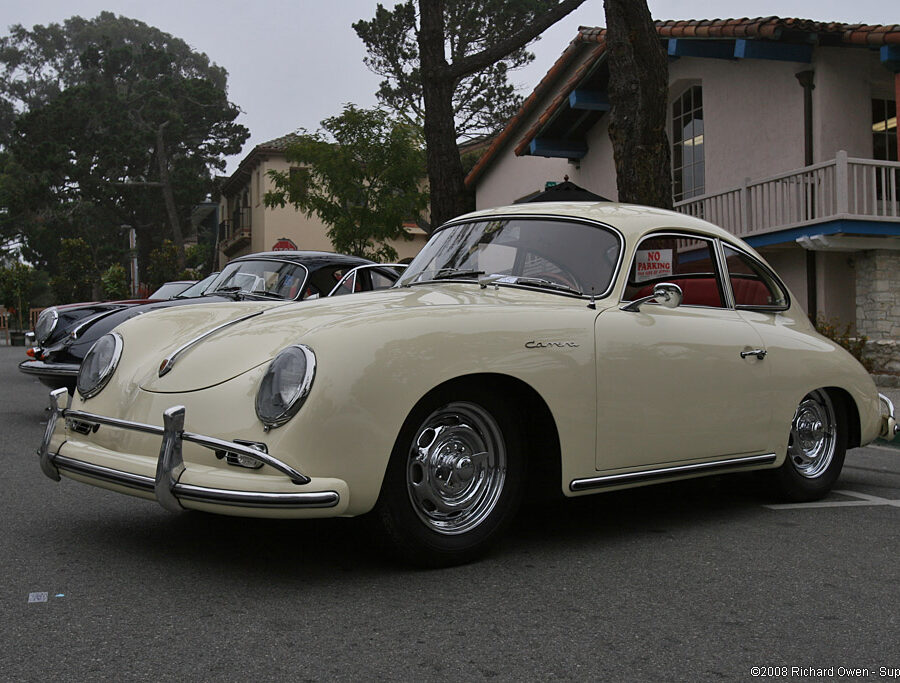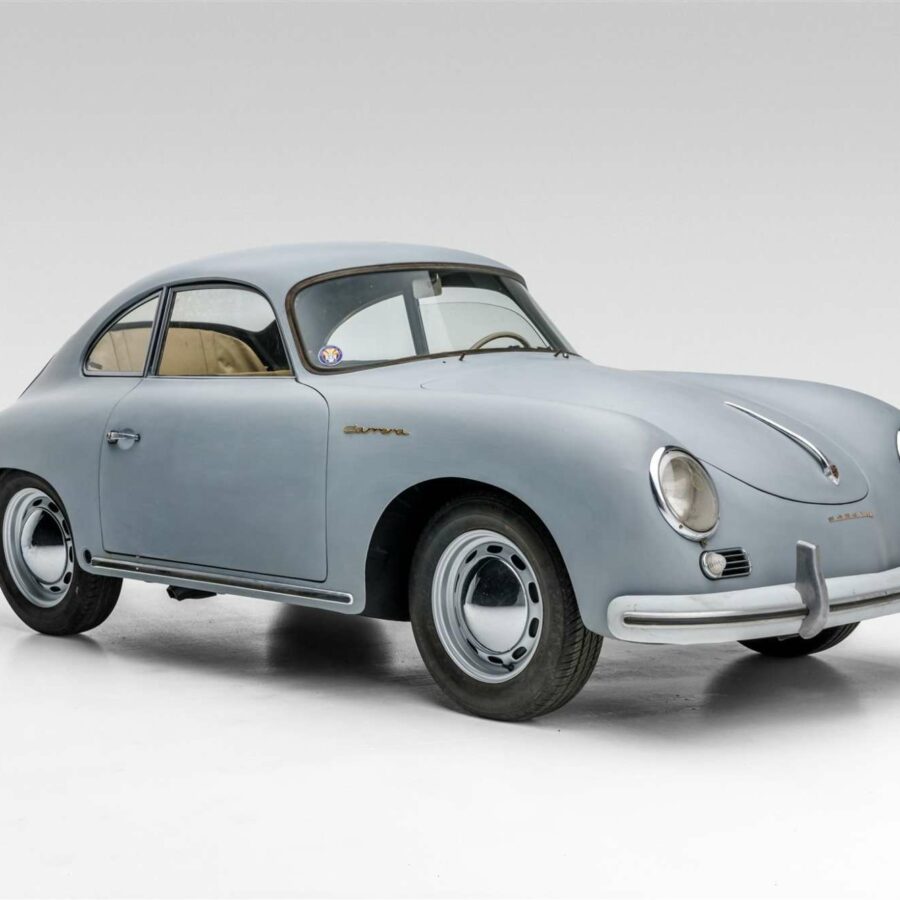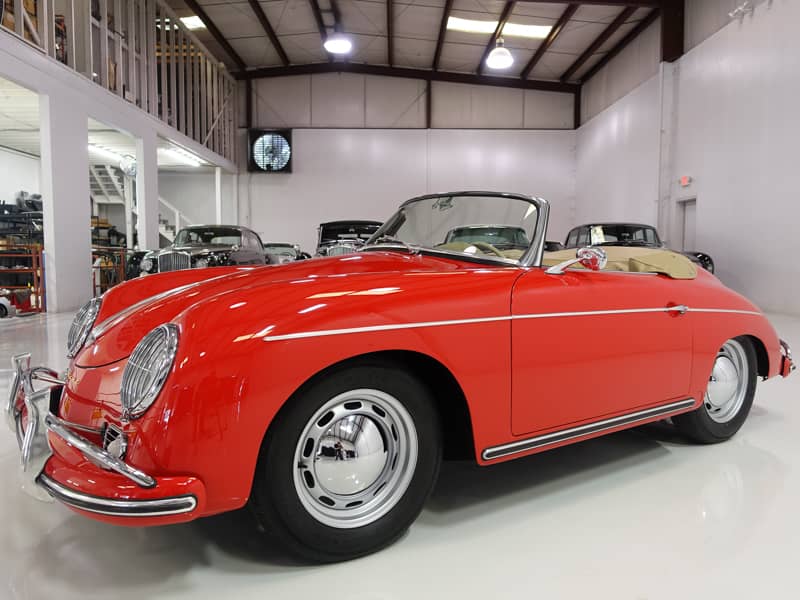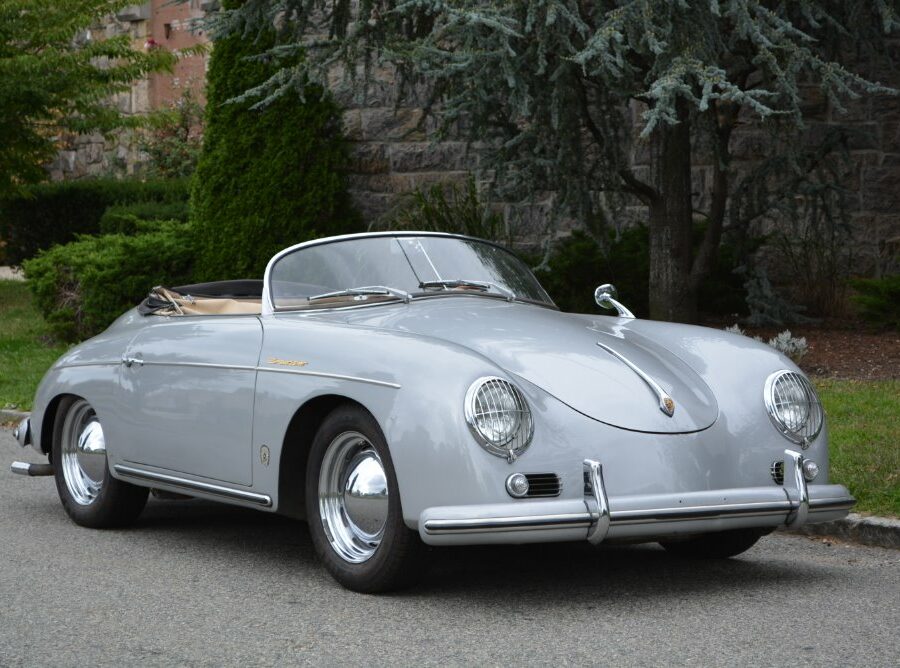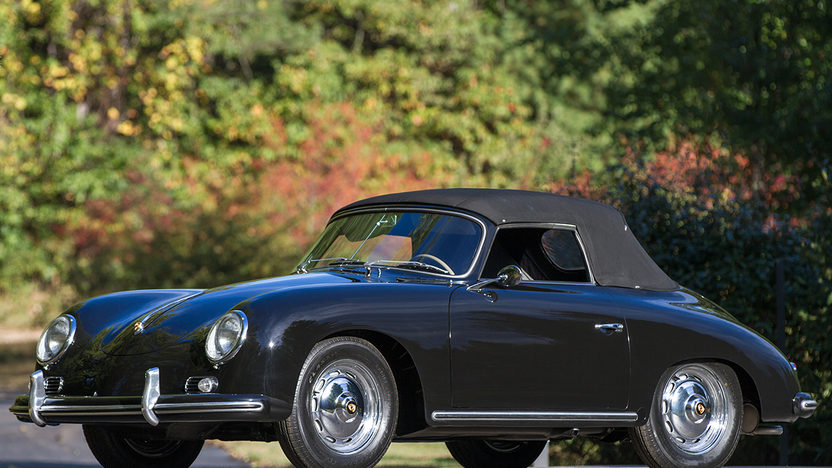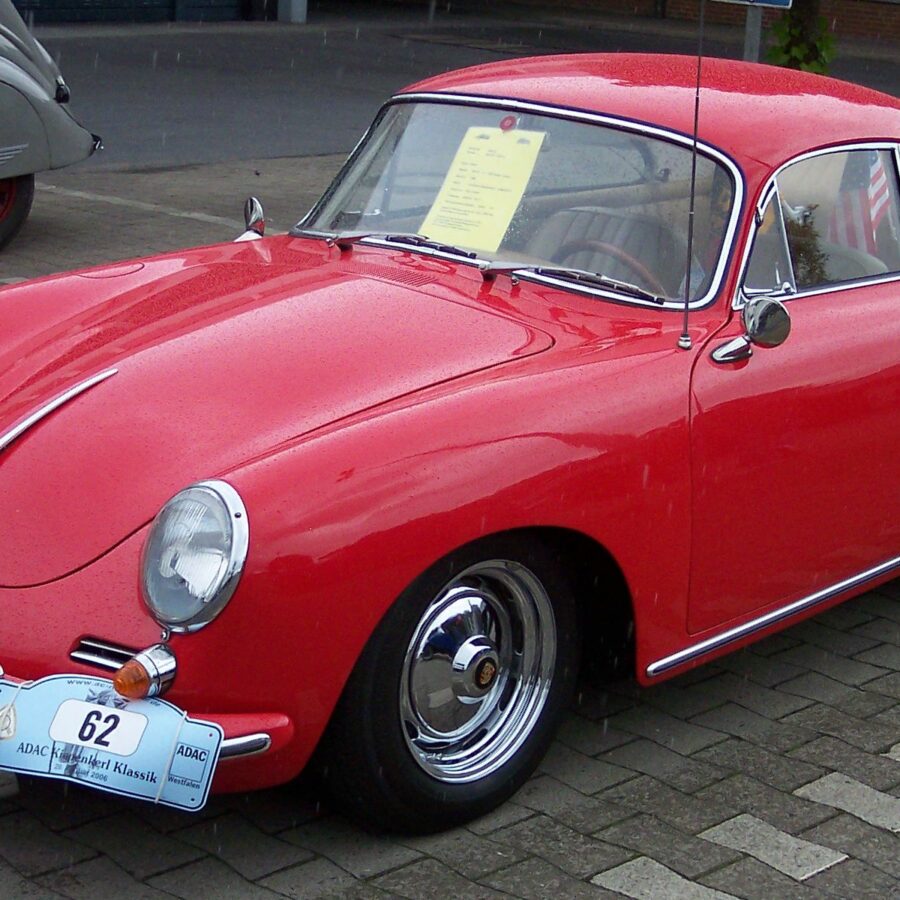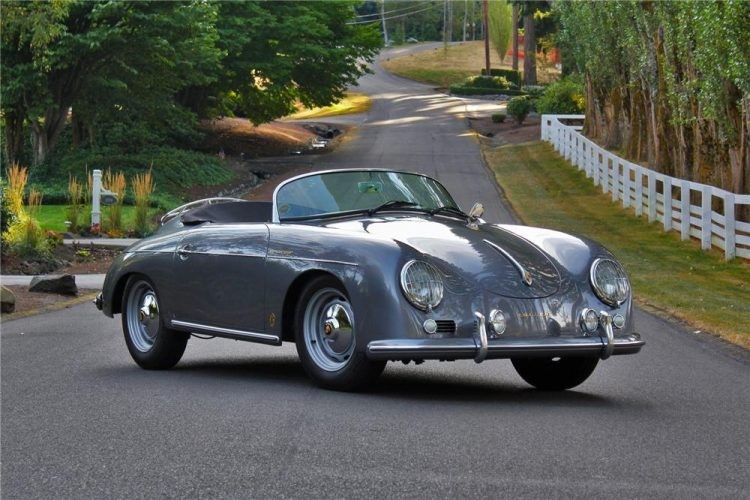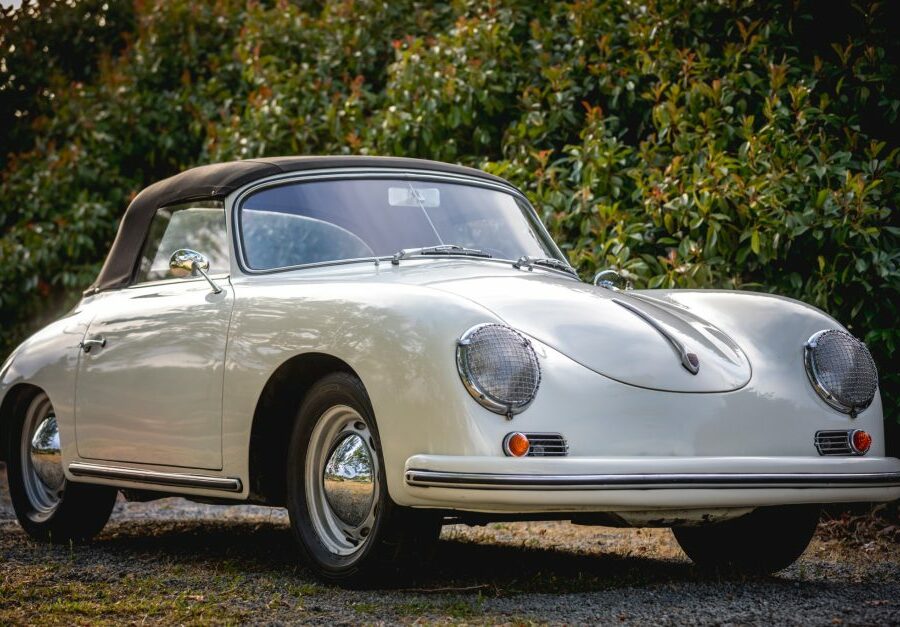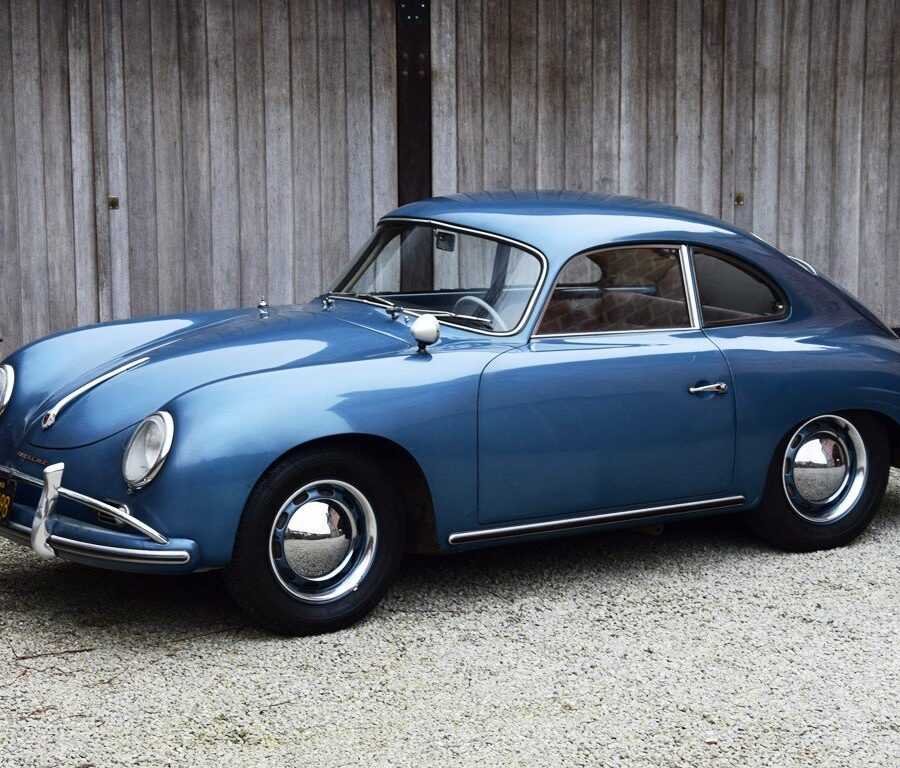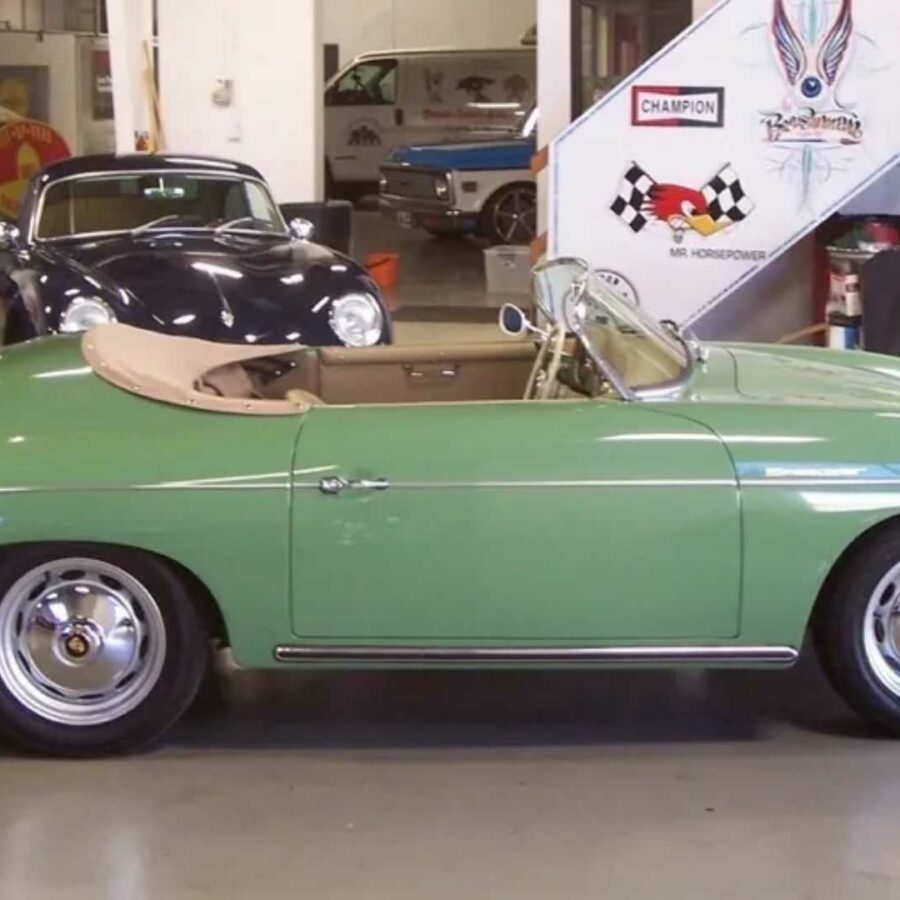Technical Information
- VIN Numbers
- Equipment and Option Codes
- Sales Brochures
- Parts Codes and Catalogs
- Model In Depth
- Specs & Performance
- Production Numbers
- Colors
- Engines
- Manuals
- Transmission Codes
- Maintenance & Service Schedule
- Notable Chassis
- Technical Drawings
- Mechanical Info
- What They Said
- Common Problems
- Inspection Checklist
- Model Numbers & Codes
- Dimensions
- Pricing When New
- Vehicle Type Codes
- Parts Codes
My First 1973/4 Porsche RS/R
A trip down memory lane with John Starkey’s 1973 RS 2.7 Carrera
Porsche Taycan GTS Hockenheimring Edition (2022)
Porsche celebrated the 90th anniversary of the Hockenheimring track with a special edition of one of its models.
Porsche Taycan (Base) (2021 – 2024)
The base Taycan is still a tasty treat
Porsche Taycan Turbo S Cross Turismo (2021 – 2024)
Tog Dog In the Taycan Lineup
Porsche Taycan Turbo Cross Turismo (2021 – 2024)
Blistering Performance In A Cooler Taycan Bodystyle
Porsche Taycan 4S Cross Turismo (2021 – 2024)
562-hp powertrain in a sexy package and comfort for the whole family
Porsche Taycan 4 Cross Turismo (2021 – 2024)
Spacious interior and lots of luggage space, this is comfort and convenience for four
Porsche Taycan (Base) Sport Turismo (2022 – 2024)
The base Taycan is now available with a Sport Turismo body
Porsche Taycan GTS Sport Turismo (2022 – 2024)
The Split Personality Taycan With a Sexy Body Too
Porsche Taycan GTS (2022 – 2024)
The Split Personality Taycan
Porsche 718 Boxster T (2020 – Present)
A sportier version of the base Boxster 718. Utterly brilliant.
Porsche 911 Sport Classic (992) (2023)
A total of 1,250 examples of the limited-edition model by Porsche Exclusive Manufaktur
A Brief History of JLP-4
There are 935s, and then there are 935s…
In-Depth: The 1972 Porsche RS/RSR 911 360 0001 Prototype
The story of the development of the Porsche 911 RS/RSR prototype in the middle of 1972
Porsche Panamera 4 E-Hybrid (2021 – Present)
Porsche's 'entry-level' hybrid sports sedan packs a lot of punch
Porsche Macan T (2023 – Present)
Fits between the base Macan and Macan S and is all about handling and responsiveness
Porsche 911 Edition 50 Years Porsche Design (992) (2022)
Only 750 units of the special 911 will be made. Honors the first product created by the Porsche Design studio in 1972
Porsche 718 Cayman GT4 RS Clubsport (2022 – Present)
The 718 Cayman GT4 RS Clubsport Is A 500-HP Turn-Key Race Car
Porsche 718 Cayman GT4 RS (2022 – Present)
A $145,000 USD Porsche Cayman that carries a 4.0L flat-six engine from a Type 992 GT3 with the wick turned up to 11
Porsche Mission R Electric (2021)
A 1073 bhp electric racing concept
Porsche 911 G-Series (1973 – 1989) – Paint Colors (Exterior & Interior)
Color Options and Samples
Porsche 911 F-Series (1963 – 1973) – Paint Colors (Exterior & Interior)
Color Options and Samples
Porsche 356 – Paint Colors (Exterior & Interior)
Color Options and Samples


